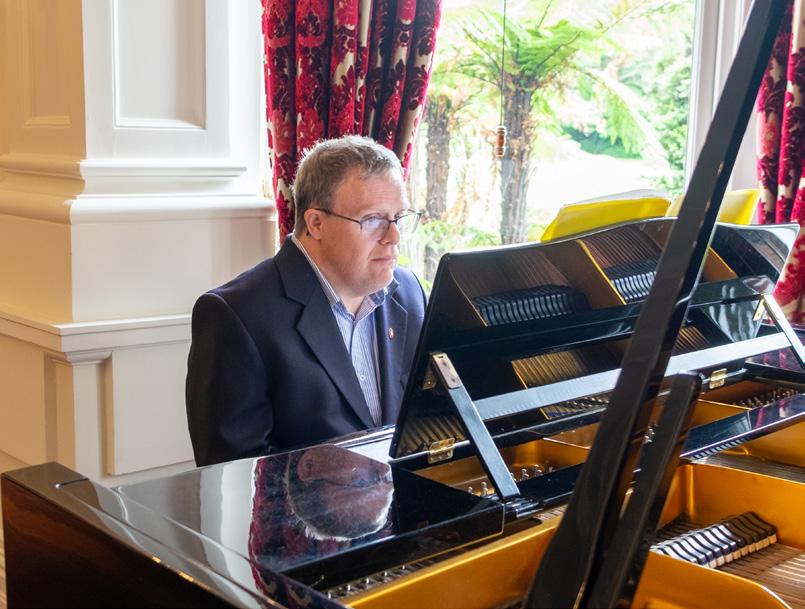




CHAT






CHAT
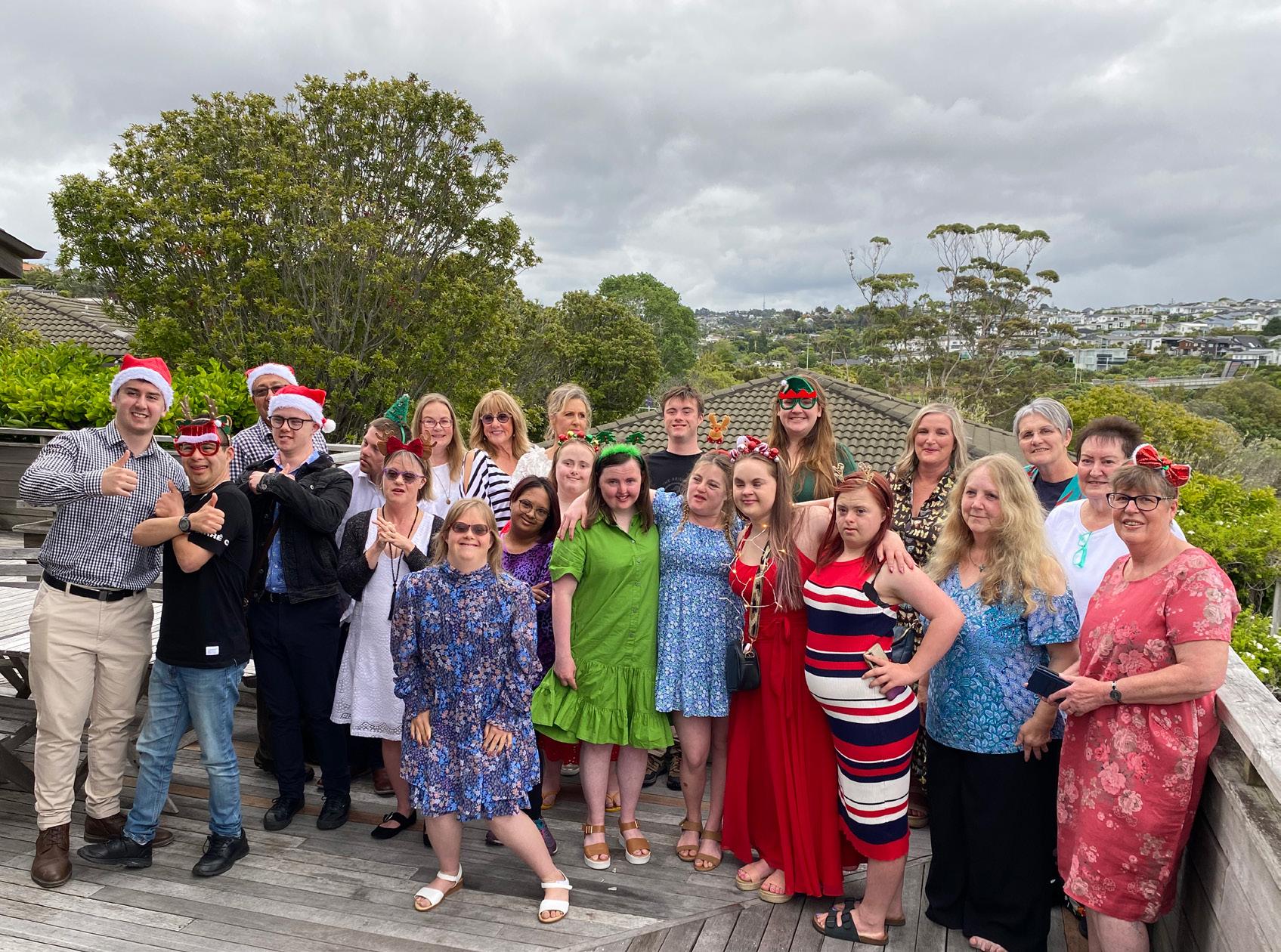
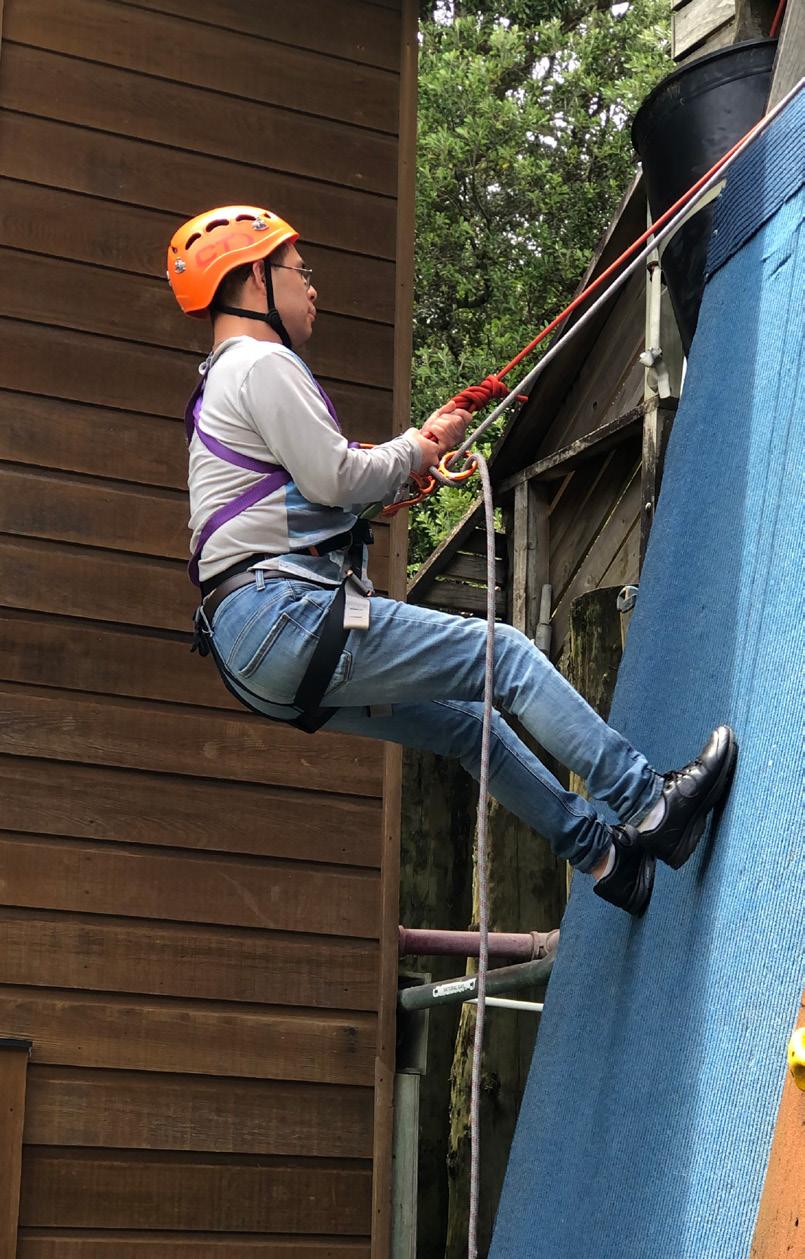
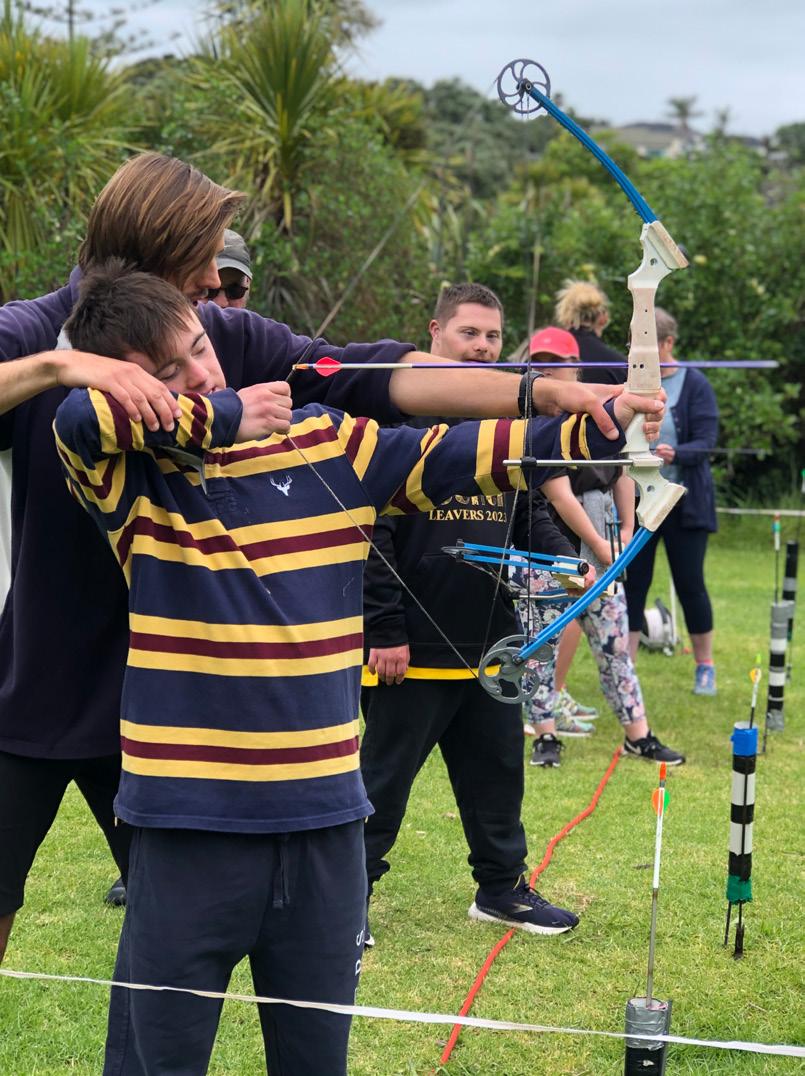
A heartfelt thank you to the generous donors that made the camp possible.
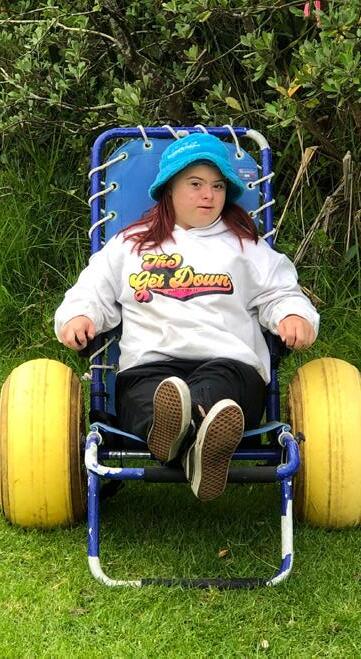




Editor and lead writer: Sarah Paterson-Hamlin
Proofreading: Franco Vaccarino
Feature writer: Andrew Oswin
Lead creative: Daniel te Kaat @ You Are Here.
Production: Spectrum Print
Coordination: Zandra Vaccarino & Linda te Kaat @ NZDSA
Disclaimer: Through the quarterly Journal, the New Zealand Down Syndrome
attempt to report items of interest relating to Down syndrome. The NZDSA does not promote or recommend any therapy, treatment, agency, product, political position, religion or advice. The opinions expressed in CHAT 21 are not necessarily those of the NZDSA. The editor reserves the right to make corrections to materials submitted for publication. All photos sent in to the journal become the property of the NZDSA and can be used in other NZDSA publications.
CHAT 100 Summer 2025
What a privilege to be putting together this landmark for the Down syndrome community in Aotearoa New Zealand. It’s been a long time in the making, and I’m so excited to share this with you.
During my undergraduate studies, I was taught ad nauseum about Benedict Anderson’s concept of imagined communities and their importance for our sense of self. The essential idea being that we can feel connected to people that are beyond our immediate physical experiences through things like the media or art. Things like our country, our professions, our faiths, our sporting disciplines, our gender and sexuality – we don’t need to meet every single other New Zealander for example to understand we are linked. Working on this 100th edition got me thinking about the role of CHAT 21 in the Down syndrome community. I
believe it has a really valuable part to play in connecting with one another. I hope it helps readers feel less isolated, more supported, and know that there are people out there who understand things about their lives that those they see every day may not. Beyond the practicalities of sharing information, I believe that CHAT 21 is an important pillar of the wellbeing and identity of the New Zealand Down syndrome community.
To mark 100 issues, the NZDSA staff and the STRIVE team have put together 100 things to know about Down syndrome – how many did you already know? After eight years of having Down syndrome as a special interest, I found I still have so much to learn! Linda and I also dug back into the archives to bring you extracts from Editorials by every single Editor of CHAT 21 to date. To be honest, I’m feeling more than the usual pressure to make this Editorial a good one – what if someone includes it in our 200th edition??
It was fascinating to read these for a whole lot of reasons. For example, seeing words from the very early days of the internet age. I was six when
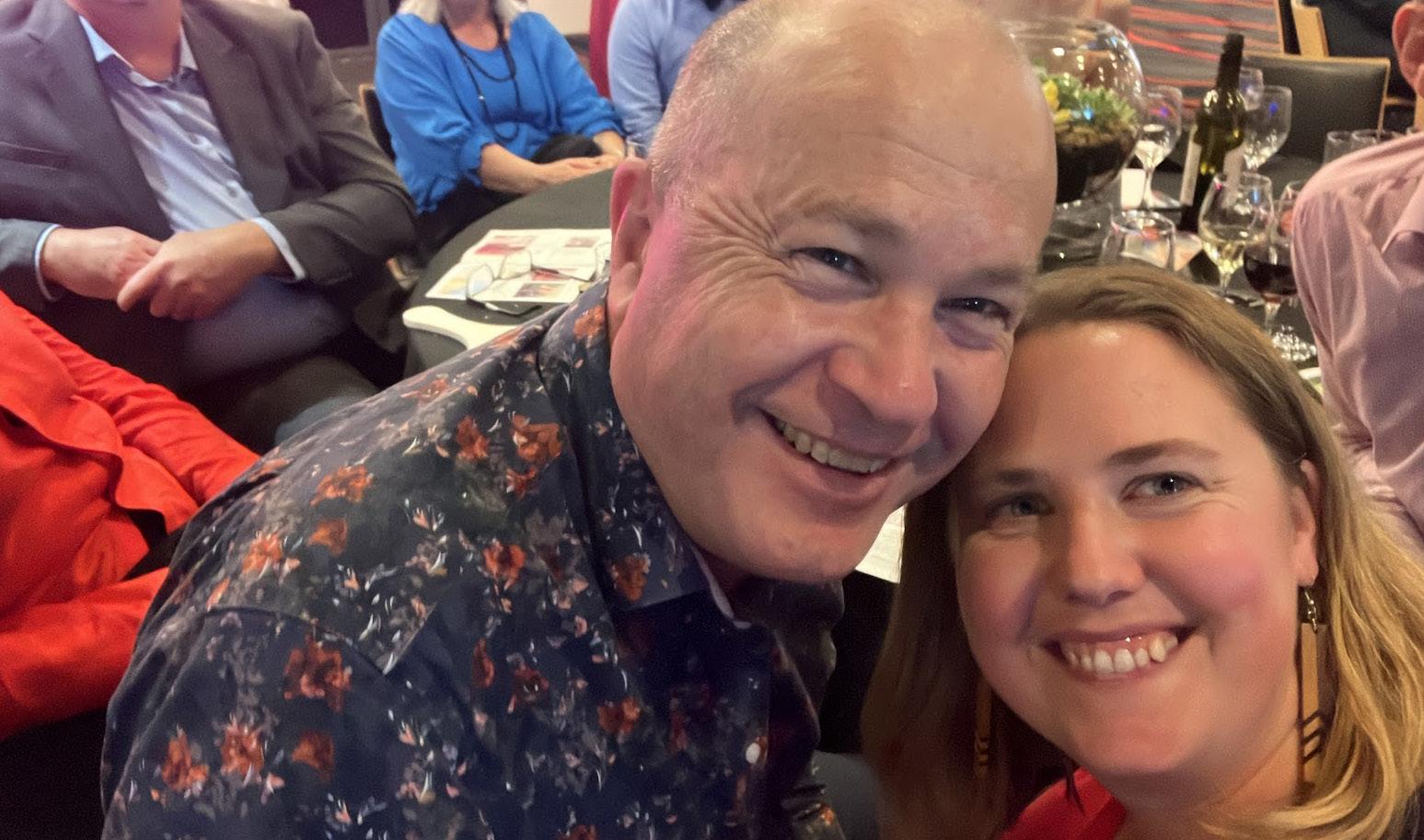
our family first had internet in our home, and I can’t remember a time when information wasn’t a few clicks away. The need to physically distribute resources instead of directing someone to a website is a world I just don’t recognise.
What’s also been interesting to see is what topics come up again and again, and the way things have sometimes progressed a lot and sometimes gone absolutely nowhere. Education and prenatal testing feature a lot in the extracts you’ll see, and I think that reflects the issues that continue to be the most challenging, with no easy answers.
I found Angela’s grace and selfawareness in particular such a great contribution to the prenatal testing debate. It’s a conversation this community has evidently been having for a very long time and that’s as it should be. I hope we are always able to keep this discussion going with the kind of reflection and layered thinking Angela demonstrated in 2003.
I wonder where the kids who went camping at the same campsite as Ari
and her whānau in 2007 are now, if Stuart managed to cycle the length of the motu, and if Hekia Parata replied to the open letter. Email editor@nzdsa. org.nz if you know!
I’m also thrilled to feature a special feature from my colleagues at Raukatauri Music Therapy Trust. Four different music therapists bring four completely different experiences and perspectives on working with participants with Down syndrome. It’s been nearly two years since I was introduced to music therapist Sam Scott over email when he wrote a piece about his work with Joshua, and Sam has been the one who came up with this concept, persuaded his colleagues to join in, and curated the finished product you see today.
Finally, I’d like to draw your attention to something new I’m trying, a summer crossword! Challenge friends and whānau over the holidays and see if you can get every clue.
Wishing you all a spectacular 2025!
Sarah Paterson-Hamlin
Adam Barker, former UpsideDowns chairperson, and I at the UpsideDowns 21st birthday celebrations in September
CHAT 100 Summer 2025

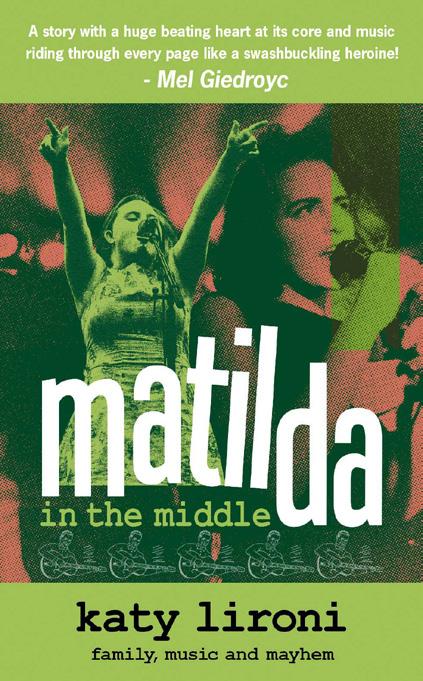
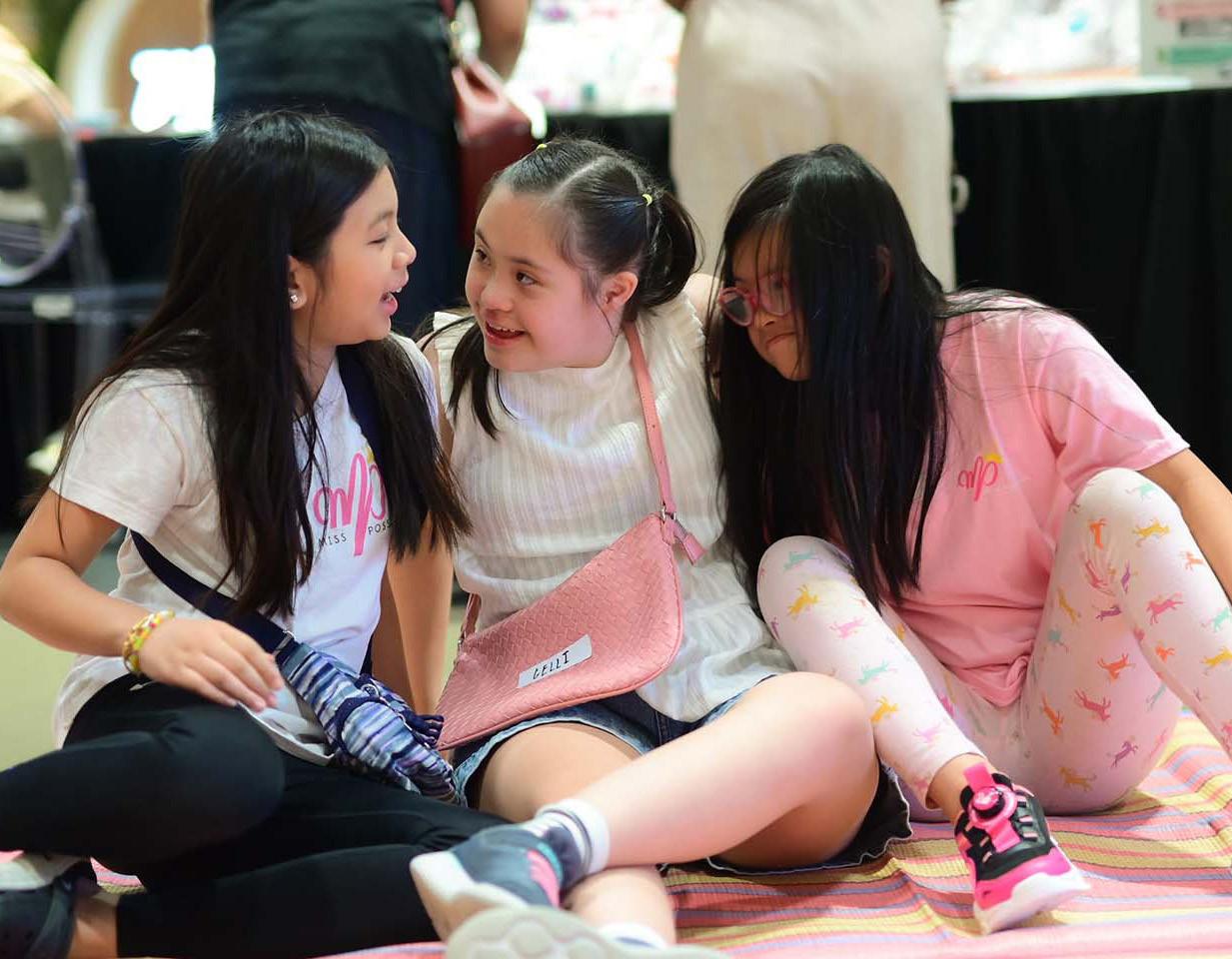
Global Down Syndrome Association’s “Be Beautiful Be Yourself” fashion show has raised over US$2 million US at their star-studded event in Denver in November. This is thought to be the world’s largest fundraiser for Down syndrome and involved 1400 guests from 10 different countries, including Jessica Biel. Laura Linney, and Woody Harrelson.
Katy Lironi will be known to some as a musician through her time in the C86 bands The Fizzbombs and The Secret Goldfish alongside husband Douglas MacIntyre. In October, she released her new book “Matilda in the Middle” which explores her musical life but is first and foremost about being Mum to Matilda, their indomitable middle child who has Down syndrome.
As part of its goal of creating inclusive spaces for mallgoers regardless of their ability or disability, Book Nook and Best Buddies Philippines (BBP), hosted a book launch for a fiction series that celebrates Down Syndrome in all its beauty, held in October. The series is called “One Extra Sparkle”
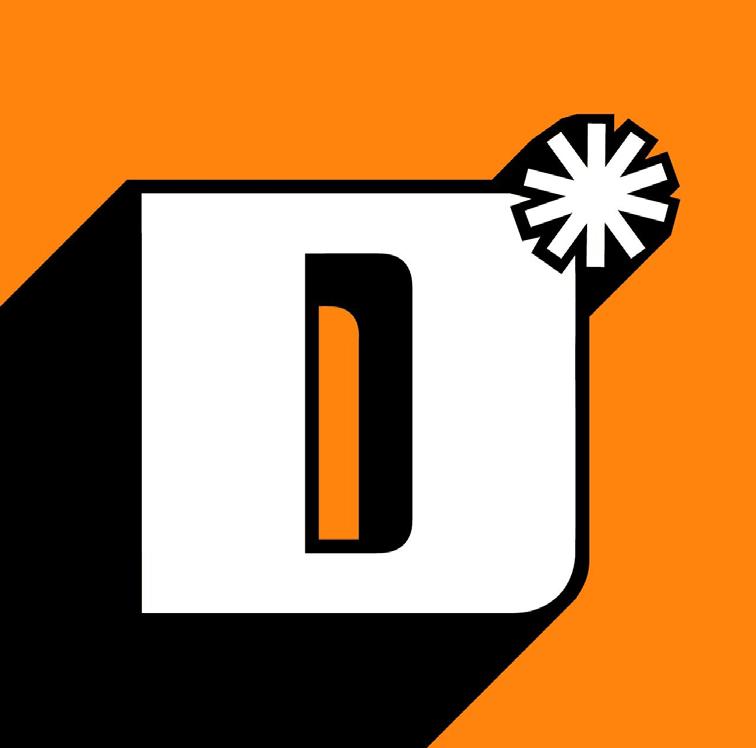
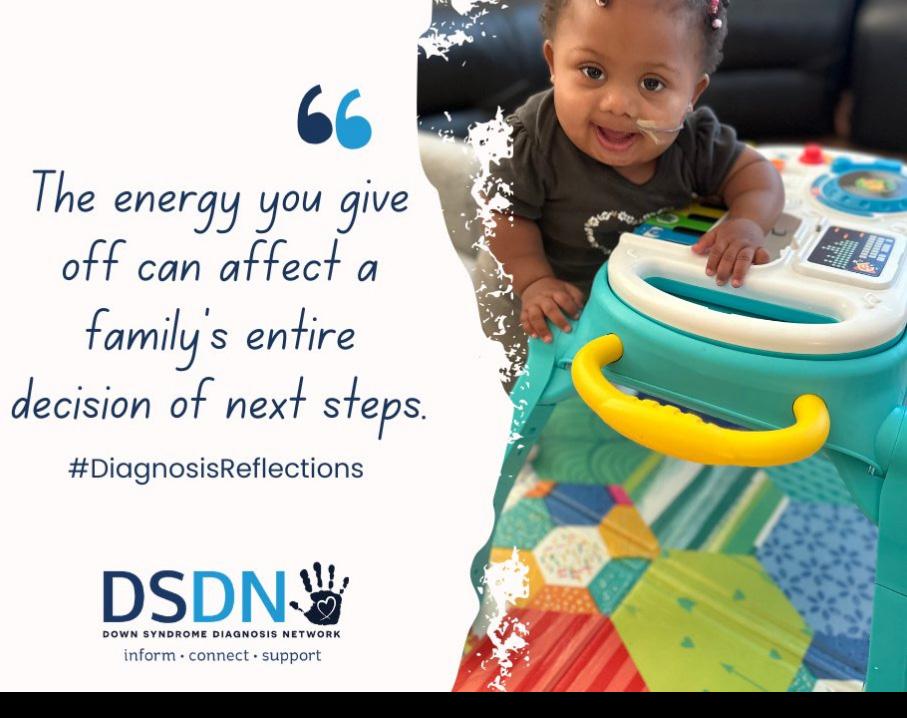
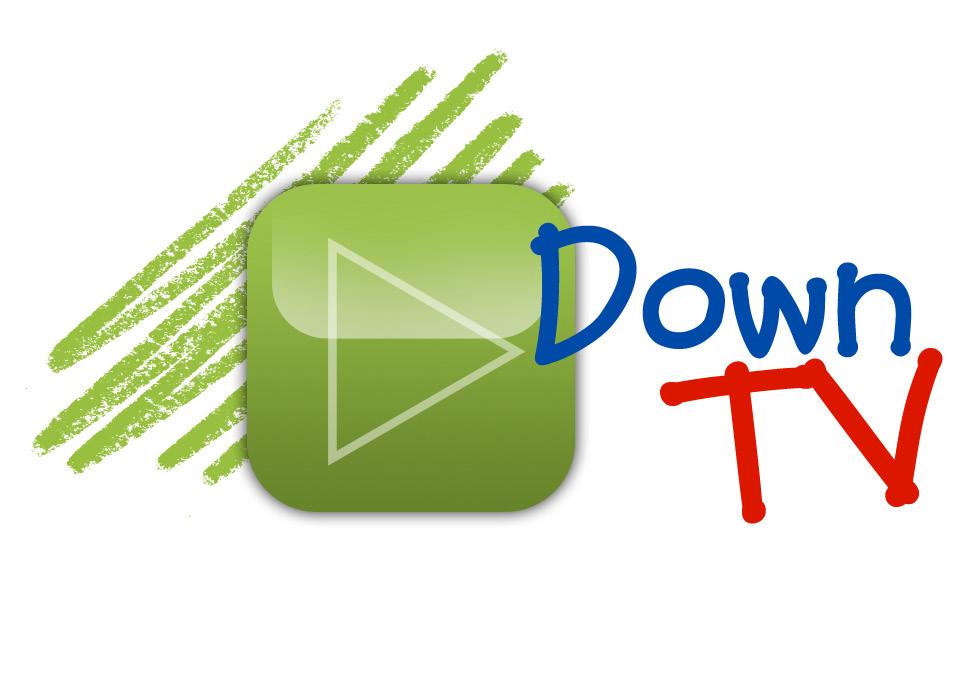
If you haven’t come across it, the D-list is Aotearoa’s very own disability kaupapa news platform. It features all kinds of things like profiles of various cool people, coverage of current events, helpful information about things like mobility aids, assistance dogs, accessible dining, and a bunch of fun stuff like rankings of airport wheelchairs and satirical pieces. I highly recommend giving them a follow on your favourite social media platform!
This is a great shout for anyone you know who has recently had a Down syndrome diagnosis in their life, and also for any medical professionals who might be doing the diagnosing. The Down Syndrome Diagnosis Network features stories, suggestions, and of course a whole lot of cute pictures (including some familiar Kiwi faces!). There’s also opportunities to take part in surveys and research to help ease the way for the next generations.
This Spanish organisation connects its followers to a regular stream of interesting and helpful resources. Over on their website, as their name would suggest, they have heaps of great videos as well (that come with English subtitles!)

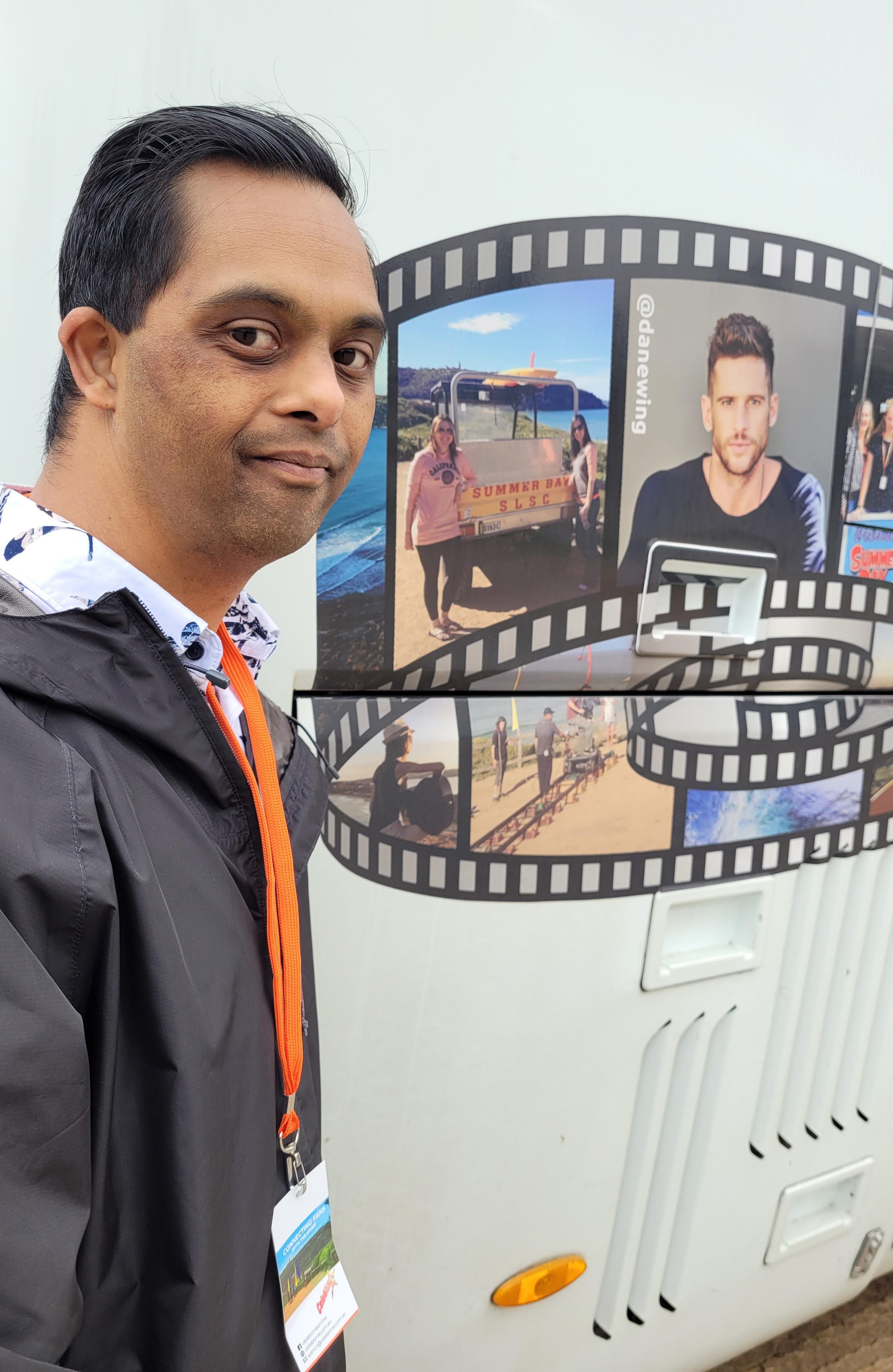

In October this year, I went to Sydney Australia for a week’s holiday with my mum.
I was planning for this for a while because I wanted to go and see the sites where Home and Away TV programme is filmed. I was also hoping to see some of the actors.
This is my favourite TV programme.
We went on an organised Celebtime Tour from Sydney to Palm Beach, North of Sydney.
We were surprised to see actress Kristy Miller who plays Rose Delaney, the Police Constable get on the bus from Sydney as we started the tour. I was sitting right behind her.
She talked to us about how she got the job and came to Summer Bay, about other actors and filming and other interesting stories.
The bus stopped half way to Palm Beach and we took photos with Kirsty and she signed autographs on her postcard photo.
The bus then took us to where the shooting takes place in northern beaches.
I saw where actors sit on the benches outside the bait shop, Salt Restaurant and the light house and houses on the hillside that is normally shown in most of the episodes.
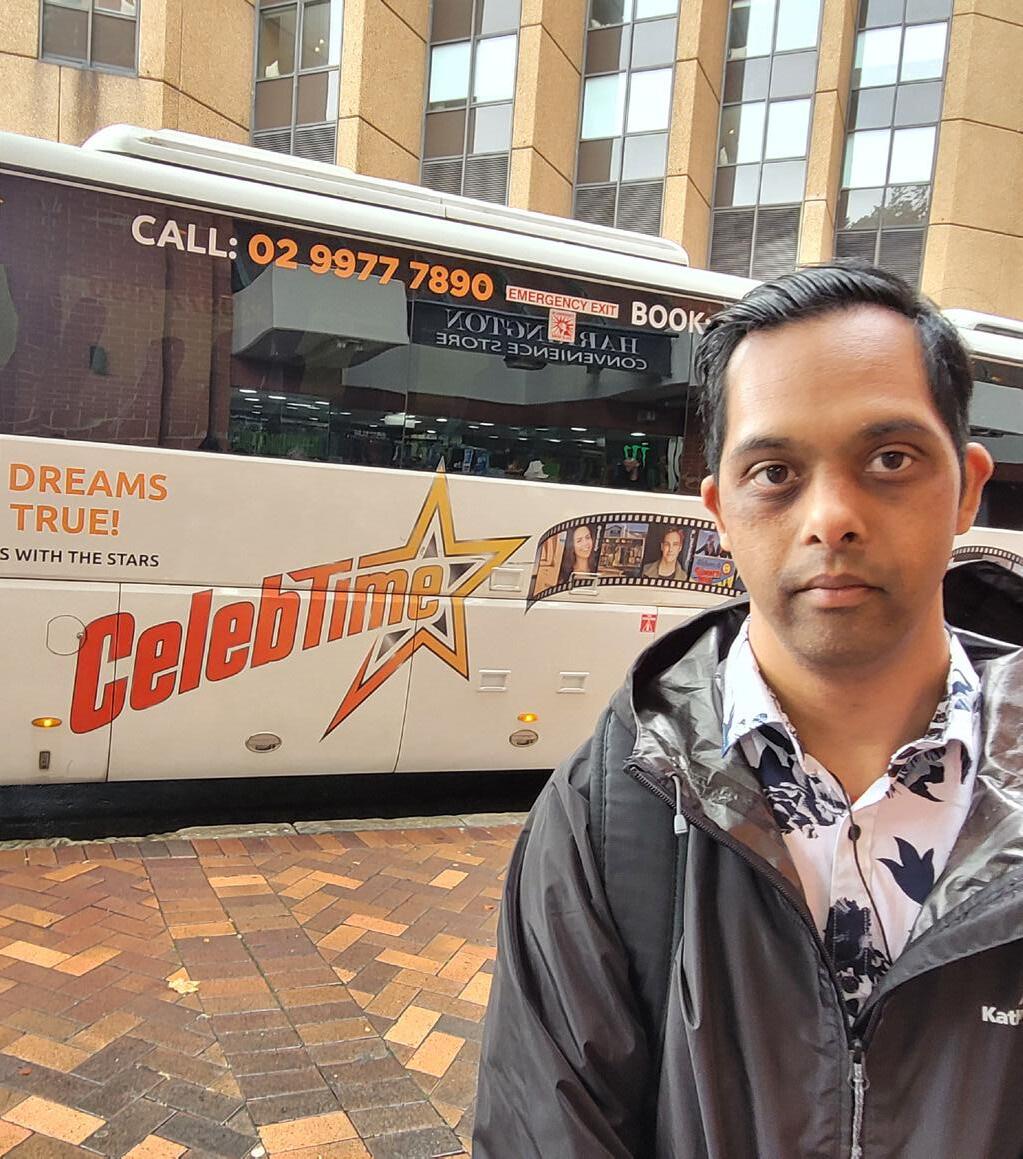
The other days, I travelled on the light rail, took train to Paramatta City Mall and one day mum and I went on the Sydney tour in the Hop On and Hop Off Bus. It rained heavy when got off the bus. I had to walk in the rain back to the hotel. That was fun too.
I really enjoyed this trip, was my dream come true.
Mohit Chand STRIVE Member NZDSA
CHAT 100 Summer 2025
Written by Andrew Oswin
Being included in my community means to me that I am socially interacting with people, having an enriched life by being raised up in a family with support and being valued, and staying connected in the disability and wider communities through what I do in my daily life.
Where I live in the Fendalton / Ilam community, my parents and I live on a shared driveway with five sets of neighbours who are very friendly and supportive. We always think about and look out for each other, especially in times of trouble such as the earthquakes. In my neighbourhood community we are very watchful and make sure that we stay connected, protected and support each other.
I often go shopping at the local Fendalton shopping centre, especially the supermarket, where I once worked part-time, and the pharmacy. I am locally very well known in this community, and I have been accepted as a person with Down syndrome. People take an interest in me and what I am doing.
Another community that I belong to is the Knox Presbyterian Church where I was christened and attended Sunday School before worshipping in church. The people there are mostly older people, who like to hear about what I am doing. Staying connected with people is very important and part of being involved in a community.
Each Monday I volunteer at the Harakeke Club that is run by Presbyterian Support. This is a day care facility for the elderly who suffer from dementia. The Harakeke Club is a great community. I have volunteered there for fifteen years helping with the activities, and also assisting in the kitchen. I work with the club members who are aged from their fifties through to those who are aged over one hundred years old.
Everyone at my volunteer work is friendly, caring, kind, fun, loving, supportive and very respectful to each other. The elderly club members only remember me by my name as I usually wear a name tag. The sad thing is they do not remember what they have eaten or where they are. But when I am there I always come with a smile.
I have played a big part in the Special Olympics Canterbury community since I started as an athlete in my teenage years. I have enjoyed meeting and making new friendships over my twenty plus years of involvement in the movement. I have made friends with the athletes at training and competitions at ribbon days, regional, national, and world games. The movement is not only about the training and competition, it is also about the friendships you make and enjoy. This is what makes Special Olympics such a great community.
I am currently the Chairperson of the Athletes Committee where we have discussions as a group about what events, functions and fundraising ideas we are planning to promote the Special Olympics movement.
I think I have made a big impact helping to advocate for many Down syndrome communities. I started my involvement with the New Zealand Down Syndrome Association when I was a member of STRIVE, the leadership and advisory group for the NZDSA. Now I am a member of STEP UP, a self-advocacy and national platform, to make sure that the voices of people with Down syndrome are heard by their communities throughout New Zealand.
I really enjoy participating in the World Down Syndrome Day celebrations where we celebrate the achievements of people with Down syndrome at Government House. The inaugural World Down
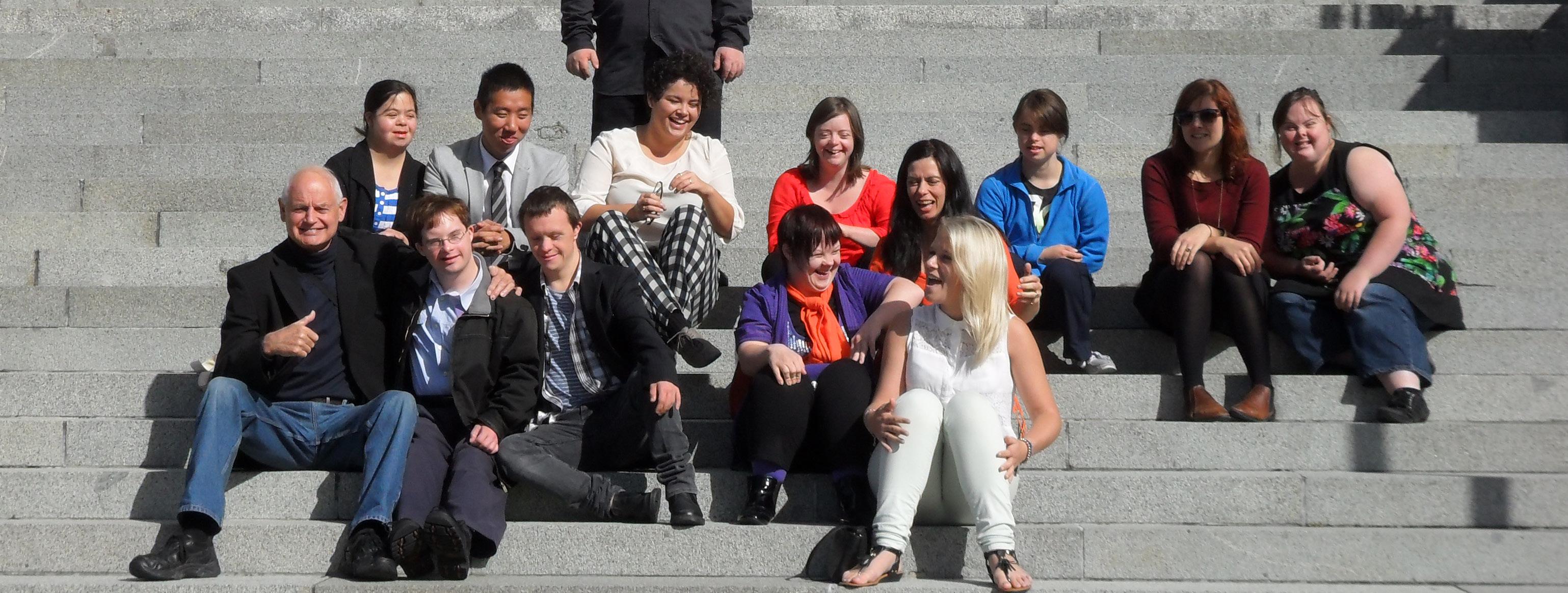
Syndrome Day started in Auckland on 21st March 2007 where three recipients receive a national achievement award. I was one of those recipients and it meant something really special to me. I felt that I was being included and valued in the wider disability community for doing something special, and I was recognised for my achievements.
The New Zealand Down Syndrome Association started hosting a World Down Syndrome Month in 2021 where we had families, professionals, and selfadvocates from all over New Zealand participate, connect and talk about the issues that affect people with Down syndrome in the community.
I am currently the New Zealand Representative for Down Syndrome International. This community meets monthly on Zoom where we discuss issues that affect people with Down syndrome in their home countries. We have been talking about education, employment and health. We also have worked on a lot of projects on these issues, including promoting World Down Syndrome Day and the World Down Syndrome Congress.
I am currently working for Parent to Parent Greater Canterbury and I am the Regional Administrator in the Greater Canterbury region. I have been in this job for nine years now. My role is to update the database for Parent to Parent New Zealand. I research early learning centres, general practitioners and schools, and I also have to research
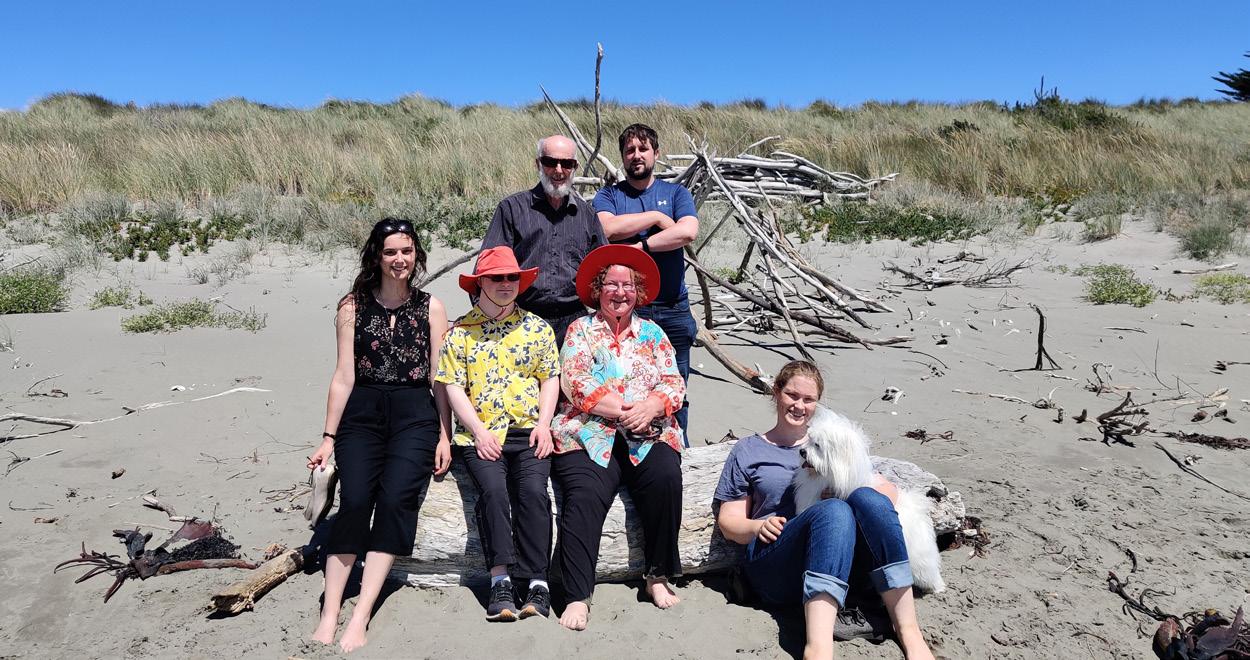
any updated information on the internet, to make sure the details are correct. I do feel connected, included and supported in my job through my work colleagues, and also from my parents. It is good to know that my work is helping the wider disability community to stay connected.
I really enjoy being part of today’s society where I see a lot of other people with Down syndrome and people with other disabilities, getting out and about making friends in their communities.
At the recent World Down Syndrome Congress in Brisbane, Dr Brian Skotko spoke about the importance of people with Down syndrome doing five things to help stop them from developing dementia. The first of these things was to socialise. So, everybody, get out there and do things with your friends in the community.
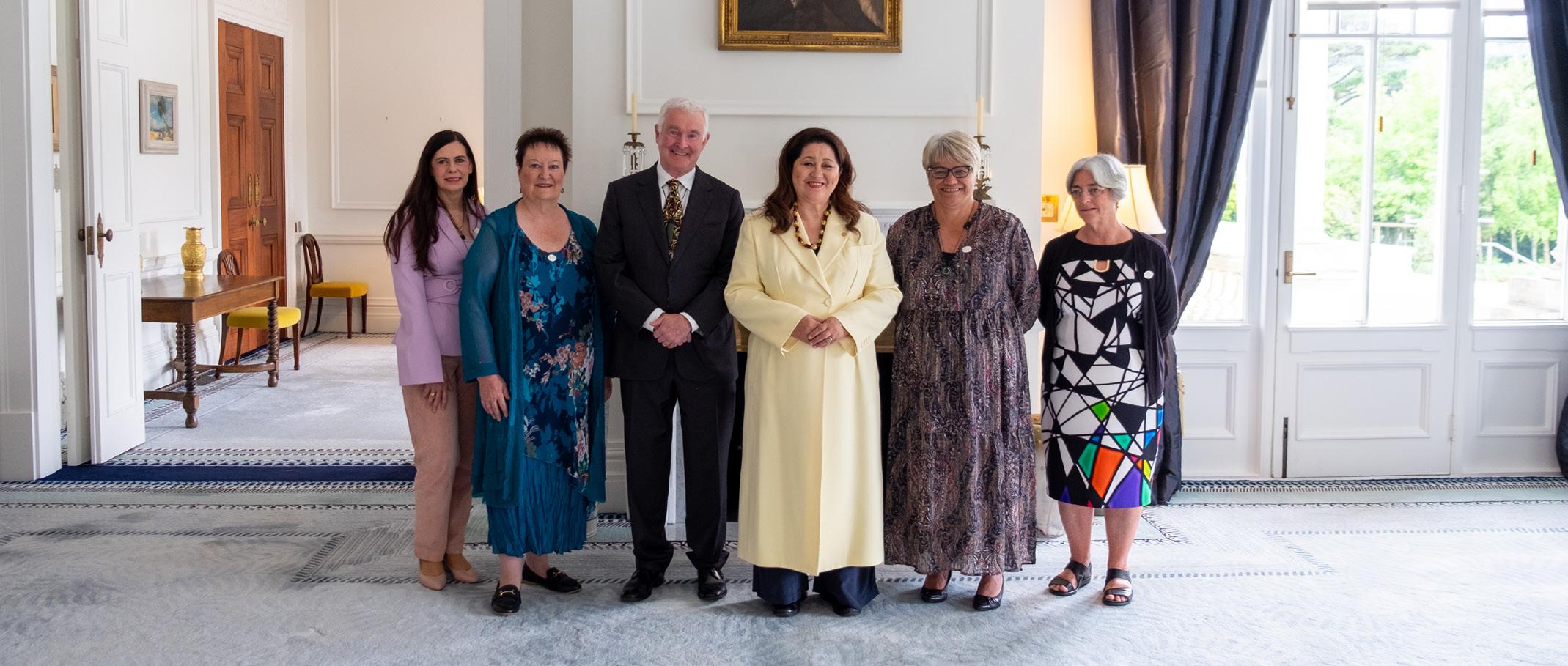
The NZDSA National Achievement Awards held in November was a heartwarming event that recognised the remarkable contributions of individuals and groups supporting people with Down syndrome across Aotearoa. The occasion celebrated the dedication and impact of volunteers, and members that have made a difference in the lives of people with Down syndrome.
The event included the presentation of several prestigious awards:
• The Val Sturgess National Volunteer Award was given to the Rapid Relief Team for their exceptional volunteer efforts.
• National Achievement Awards were presented to Alfie Linn, Hamish Gilbert, and Luka Willems for their significant contributions.
• The achievements of STRIVE members were also celebrated, highlighting the efforts and successes of individuals in the community.
You can read the full citations below.
The event was graciously hosted by Her Excellency, The Right Honourable Dame Cindy Kiro, and His Excellency, Dr Richard Davies at Government House, creating an unforgettable atmosphere for all attendees. This celebration was not only a recognition of outstanding work but also a powerful reminder of the strength and unity within the Down syndrome community in New Zealand.
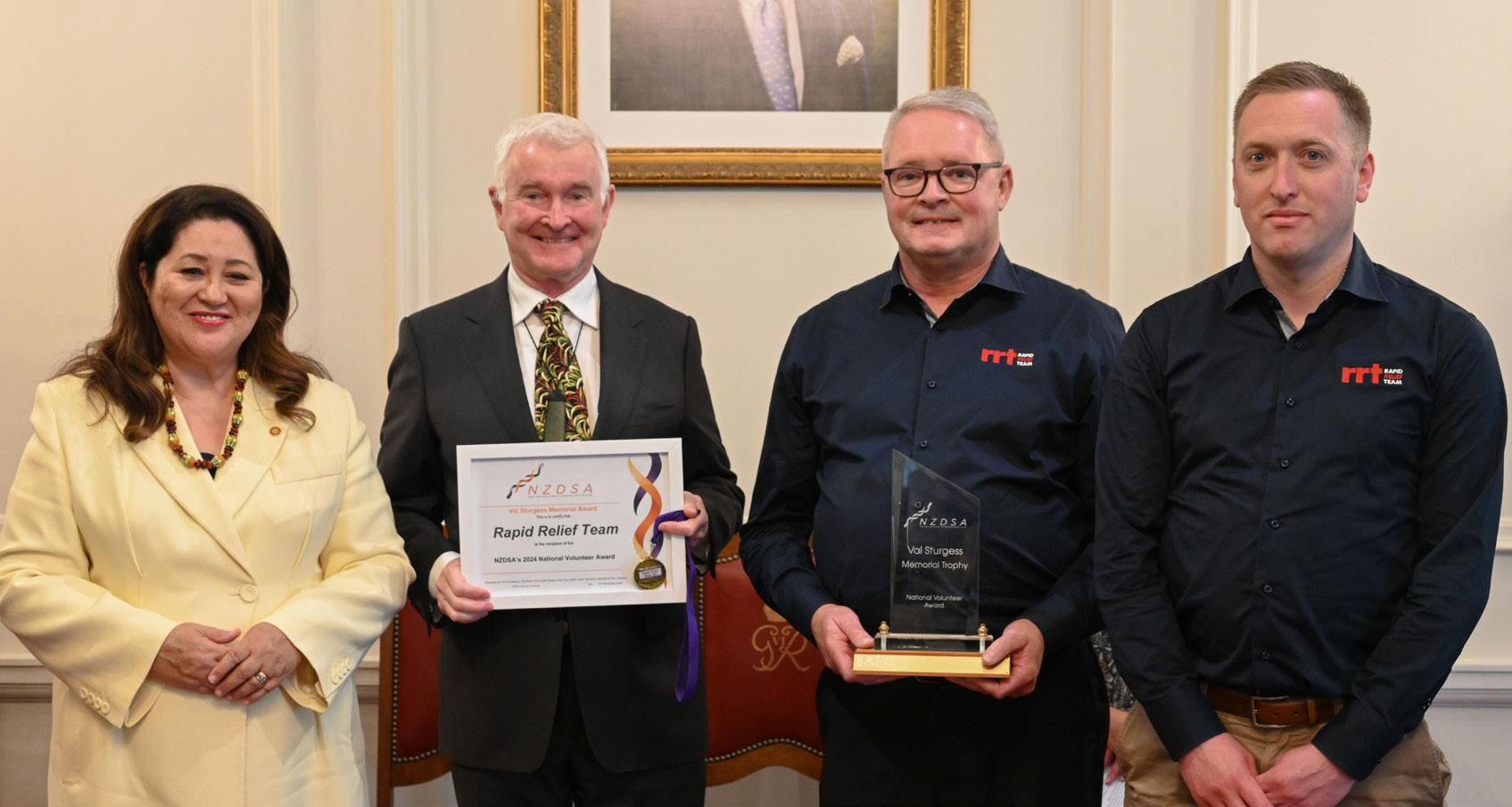
The New Zealand Down Syndrome Association (NZDSA) was delighted to present the Val Sturgess National Volunteer Award to the Rapid Relief Team (RRT) for their exceptional support and commitment to our organisation and regional groups across Aotearoa.
Our partnership with RRT began several years ago when Tim Brodie from the Upper North Island team offered to assist with lunch for our Outdoor Adventure Day at MERC, Long Bay, Auckland. Zandra was amazed when instead of a small portable BBQ, a fully equipped van arrived. The team quickly set up professional equipment and served a delicious meal, making a lasting impression on all.
Since then, RRT has consistently supported our events with enthusiasm and care, engaging with participants and offering encouragement. Their meals have become a highlight of our annual Outdoor Adventure Day, and their warmth and generosity are often mentioned by attendees.
In 2015, RRT extended their support to the Auckland Down Syndrome
Association (ADSA), assisting with their end-of-year event. By 2016, the Upper North Island team had connected with regional representatives from Northland, Christchurch, and Otago, providing meals and support at World Down Syndrome Day celebrations and the team has become an integral and treasured part of the Northland DSA Christmas Party.
The support from RRT has been invaluable not only to the committees but also to the families attending these events, who deeply appreciate the kindness and special touch the team brings. We extend our heartfelt thanks to Paul Simmons, Harry Brodie, and Ryan Power, as well as all the team members who have contributed.
Their dedication, inclusivity, and support have made a significant impact on the Down syndrome community in Aotearoa. The NZDSA looks look forward to continuing our partnership in the future and ensuring that people with Down syndrome are respected, valued, and equal members of their community, empowered to fulfil their potential and pursue their aspirations. Thank you.
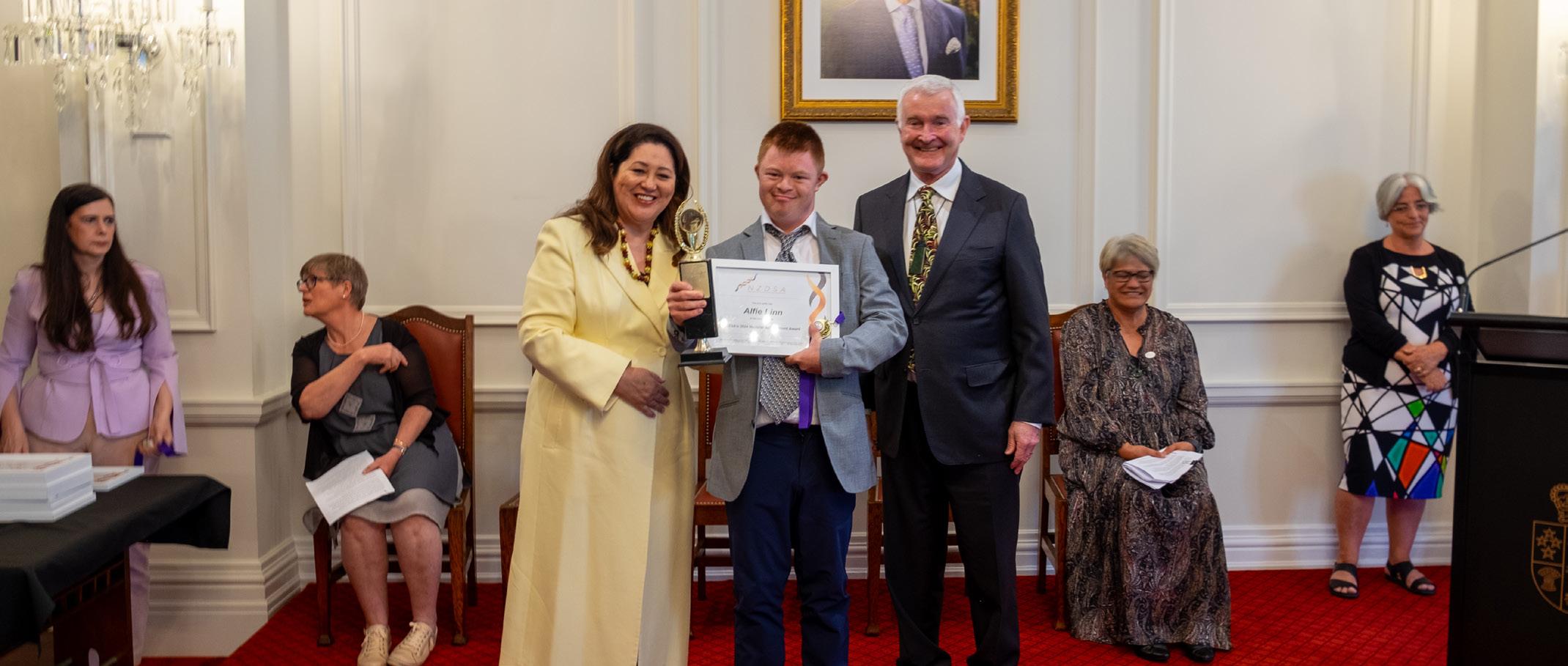
Alfie Linn was presented the National Achievement Award in recognition of his exceptional sporting achievements, unwavering perseverance in overcoming challenges, and his powerful advocacy for individuals with Down syndrome. Through his dedication, positive attitude, and inspiring leadership, Alfie has not only shattered expectations but also demonstrated the incredible potential of people with Down syndrome to succeed and inspire others.
Alfie’s passion for sport has led him to excel in multiple disciplines, including cricket, basketball, swimming, lawn bowls, and table tennis. His sportsmanship, commitment, and infectious good humour have earned him the respect and admiration of competitors at local, national, and international levels.
In 2023, Alfie represented New Zealand at the Virtus Global Games in Vichy, France, bringing home silver and bronze medals— the only medals for New Zealand at the event. His exemplary sportsmanship was further acknowledged when he was chosen as the flag bearer for the closing ceremony. Alfie’s sporting journey also includes multiple medals at the Para Table Tennis Nationals (2018, 2019, 2022),
the Distinction in Sport award at Garin College, and the Sportsmanship Award at Waimea College. He was named the 2023 NZ Para Table Tennis Most Valuable Player; a finalist for Nelson Sportsman of the Year in 2023; and voted Player of the Year by Table Tennis Nelson in 2024.
Beyond his athletic success, Alfie is a dedicated and active member of his community. His warmth, inclusivity, and commitment to uplifting others make him a beloved figure wherever he goes. Alfie works at Connings, volunteers at Buzz Nelson Food Bank, builds his hospitality skills at the Nook Café, and plays an active role in his local church. He also co-presented at the World Down Syndrome Day Virtual Conference, sharing his journey and inspiring others to chase their dreams.
Alfie’s achievements, both in sport and in life, demonstrate the incredible potential of individuals with Down syndrome to break down barriers and realise their dreams. His resilience, leadership, and dedication to uplifting others make him a truly deserving recipient of this prestigious award.

Hamish Gilbert was recognised for his outstanding accomplishments. Hamish has defied stereotypes and achieved far more than many thought possible, driven by his determination to live an "awesome ordinary life," like his twin brother. His success in education, employment, sports, leadership, and advocacy makes him a true role model for others.
In education, Hamish earned NCEA Levels 1 and 2 and achieved his Duke of Edinburgh Gold Award in 2020. He has held a variety of paid jobs, including a Park Host and Grounds Maintenance worker at Splash Planet, and is currently employed at Bunnings Warehouse. Hamish also volunteers at Gracelands Retirement Village and the Environment Centre Hawkes Bay, where he runs his own social enterprise, recycling metal.
As an advocate, Hamish promotes greater work opportunities for people with disabilities. He has spoken out about the challenges of transitioning from school to work, and his efforts led the Hastings District Council to create a promotional video for World Down Syndrome Day. His advocacy
for workplace inclusion was highlighted during National Disability Awareness Week 2022, and his views on employment were published in Willing to Work in 2023.
As a talented public speaker, Hamish advocates for greater societal change and the rights of people with disabilities. He has inspired audiences at events such as the 2020 Special Olympics Attitude Awards, the launch of the Special Olympics Duke of Edinburgh Club, and public forums on disability, inclusion, and accessible transport. Hamish’s leadership is evident in his tireless efforts to promote inclusion and accessibility. He has also worked with local disability and transport advisory groups to improve accessibility in his community.
As an athlete, Hamish has earned multiple medals through Special Olympics and mainstream sports. He also competes in local surf life-saving and triathlon events. He was named Special Olympics Athlete of the Year in 2022 and received the 2023 Grant Hutcheson Memorial Trophy.
Hamish’s leadership, perseverance, and advocacy make him a deserving recipient of the National Achievement Award, proving that with determination and passion, anything is possible.

Luka Willems was recognised for his remarkable achievements and the positive impact he has made in sports, advocacy, and social media.
Luka, a 21-year-old para swimmer from Christchurch, has broken significant barriers in competitive swimming. As the first person in New Zealand with Down syndrome to join the New Zealand para-swimming team, he has earned top 10 world rankings and competed in prestigious international events. Luka’s podium success at Virtus competitions, often compared to the Olympics for athletes with learning disabilities, reflects his dedication and passion for sport.
Beyond the pool, Luka is a passionate advocate for inclusion. Through his YouTube channel, he shares his journey, inspires others with Down syndrome, and challenges societal attitudes towards disability. With over 2,100 subscribers, his viral posts have become a powerful tool for raising awareness and promoting inclusion. Luka’s influence reached new heights when he presented at the World Down Syndrome Congress in Brisbane, further amplifying his message of empowerment.
Luka’s determination and “can-do” attitude have earned him numerous accolades, including being named Swimming Canterbury West Coast Male Para Swimmer of the Year and
winning multiple gold medals at the 2023 NZ SC Swim Nationals. He made history as the first person with Down syndrome to win a medal as an S18 swimmer at the Virtus Oceania/Asia Games. His achievements have garnered significant media attention.
In addition to his sporting success, Luka is a strong advocate for diversity and inclusion. He received the Zonta Award for top para sportsperson and the Youth Voice Canterbury Award for his work promoting inclusivity. Through his podcast Life with Luka, he continues to inspire others with messages of acceptance and empowerment.
Luka is also breaking new ground academically, having completed mainstream Level 2 hospitality at Ara in 2023—the first person with Down syndrome to do so. He now works part-time at a local hotel, excelling in cooking and front-of-house duties. He also finds time to volunteer.
Luka’s groundbreaking achievements are paving the way for future athletes with Down syndrome, inspiring others to challenge expectations and pursue their dreams. His contributions to both the disability community and the wider public make him a deserving recipient of this award.
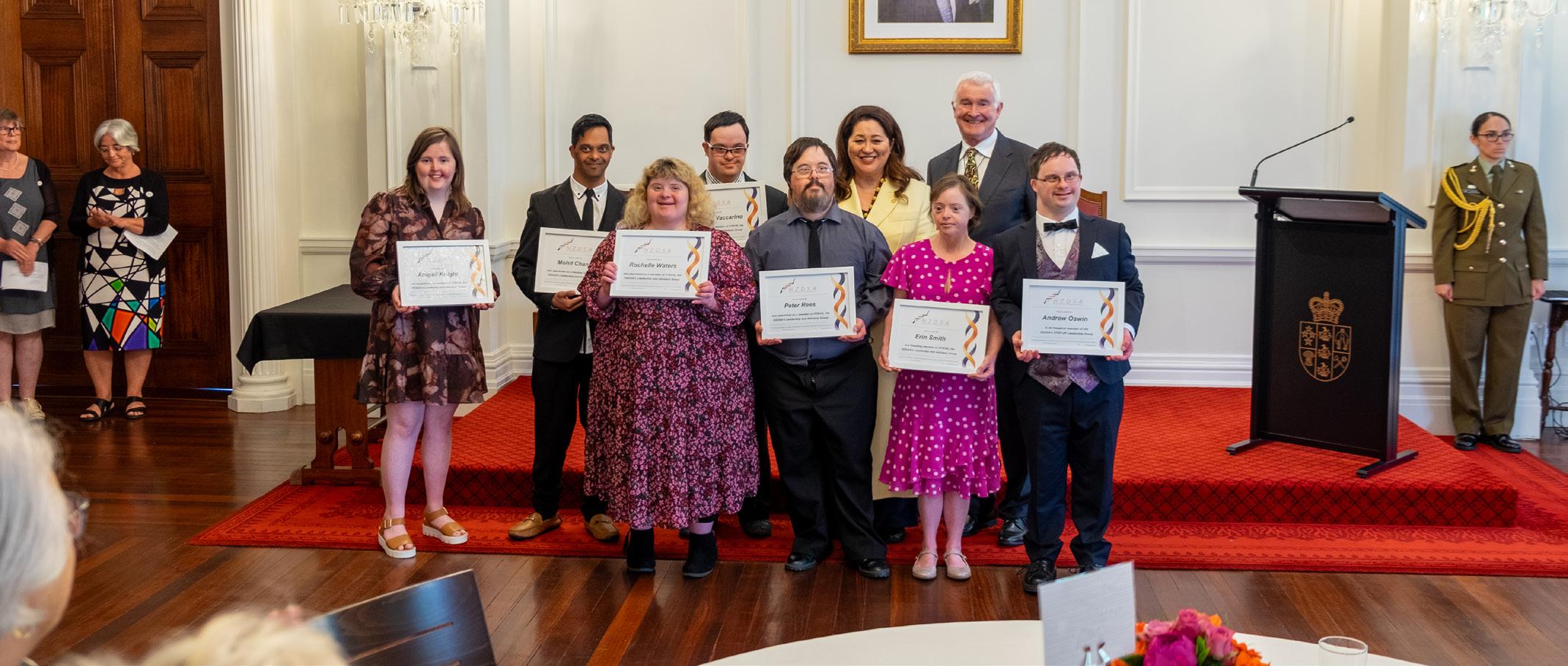
The STRIVE Leadership and Advisory Group, established in 2012 by the NZDSA, was created with the vision of amplifying the voices of people with Down syndrome and providing a platform for them to advocate for their rights. Since its inception, STRIVE members have been passionate advocates, committed to raising awareness, driving change, and shaping policies across various sectors.
STRIVE members have undertaken research, participated in stakeholder meetings, focus groups, and advocacy events, and developed resources focused on education, employment, and health. They have also been actively involved in awareness campaigns, playing a crucial role in advancing the rights and lives of people with Down syndrome in Aotearoa New Zealand.
As founding members neared the end of their terms, they recognised the need for ongoing advocacy, leading to the creation of the STEP-UP platform. This initiative ensures that systemic advocacy continues and provides space for more people with Down syndrome to shape their future. The proposal was adopted by the NZDSA committee,
ensuring a strong legacy for future generations.
We are proud to introduce the new members of STRIVE, who will continue this important work:
• Abigail Knight
• Mohit Chand
• Vincenzo Vaccarino
• Rochelle Waters
• Peter Rees
We also acknowledge the contributions of the founding members whose vision and commitment have shaped STRIVE into the influential group it is today:
• Erin Smith
• Andrew Oswin
• And, in absentia, Edward Borkin and Duncan Armstrong.
Congratulations to these dedicated individuals for their ongoing advocacy and service to the Down syndrome community
In at number 5: Sheppard –Coming Home (PNC live studio version).
A toe-tapping singalong with hints of pop and soul.
George presented this piece excitedly, drumming on the piano lid with his fingers, smiling and dancing, saying “I like the drumming! Amy is the singer!”
In at number 4: The Strokes – 12:51 (T in the park, 2006).
A rock and roll classic with driving guitar and cutting lyrics.
George (pointing towards the screen) said “The singer is Julian Cassablancas! I love this because of my dad – Look at the guitar!”
Welcome listeners to your weekly installment of Radio Wong – the only radio station dedicated to George Wong and his immaculate taste in music. A connoisseur of all things rhythmic and with a musical taste that spans decades, George shares the hits that define him.
Tune in below to hear George’s top 5 deep cuts: the soundtrack to his life.

In at number 3: Abba – Super Trooper (live version 1980).
An absolute showstopper from the Swedish pop giants
George grabbed the guitar and jammed along throughout, saying “Björn is the guitarist and I love him. I also love the drums and the piano” Most notably, George had to remind me on a number of occasions to play only when the musicians on screen were playing.
By Sam Scott, RMTh

Everything here is available to listen and watch via Youtube. Join us next week as George demonstrates how best to launch drumsticks across the room after rocking out to Sweet Caroline.
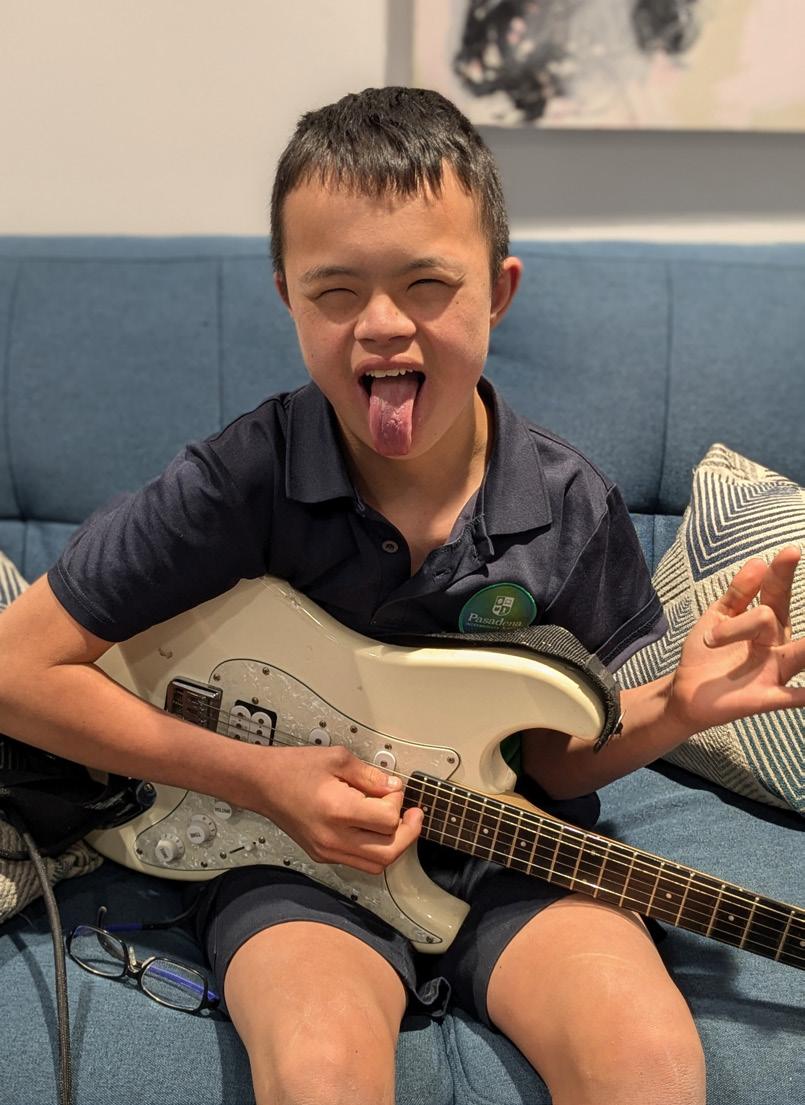
In at number 2: Sha la la la – 3A’s (cover).
An interesting take on a Danish glam rockers original 90s pop tune.
George made sure to repeat certain parts of the video, shouting “Woah! When they clap!”
In at number 1: Cher – Waterloo (live on America’s got talent).
George made sure I knew that this wasn’t the ABBA version but the Cher version, saying, “this is amazing, it is from Mumma Mia 2! Oh yeah!”
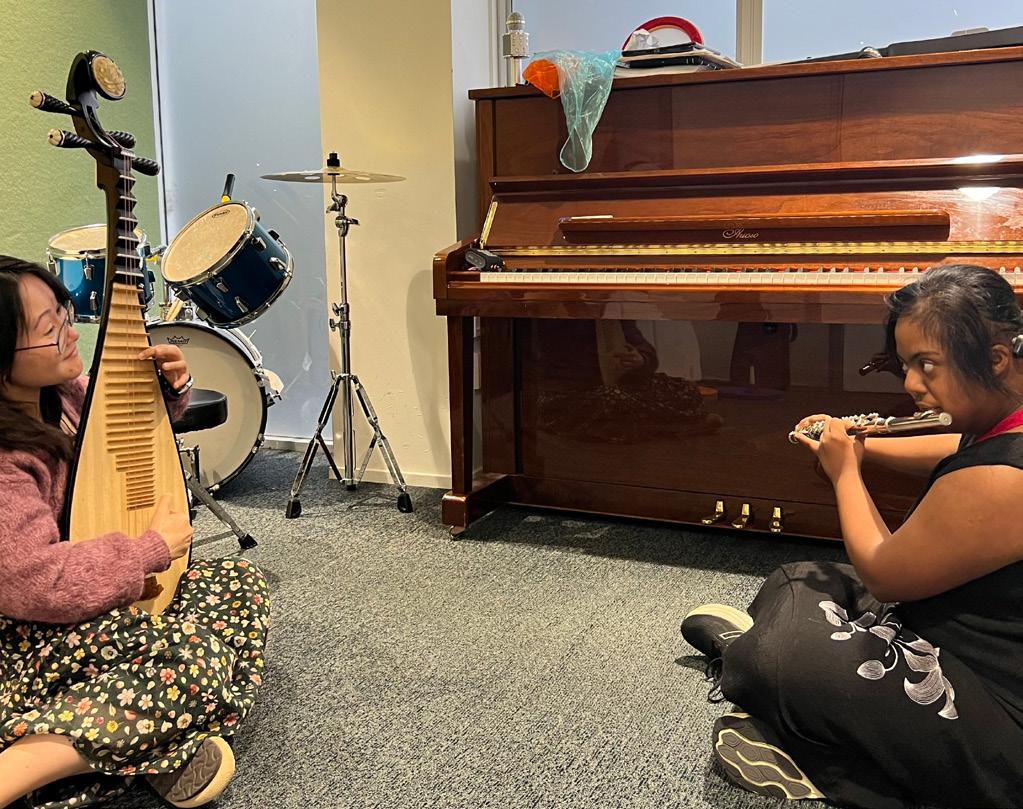
By Xiuyu Li, RMTh

Kristy, born on November 26, 2005, has been engaging with music therapy since she was just eight years old, after her mother, Heather, recognized the potential benefits for her daughter, who has Down syndrome and hearing difficulties. With a history of ten sets of grommets since the age of four, Kristy has shown remarkable resilience and determination. Her musical journey began with the hope of enhancing her language and communication skills, providing a creative outlet, and ultimately fostering self-expression to positively impact her occasionally unsettled behaviour.

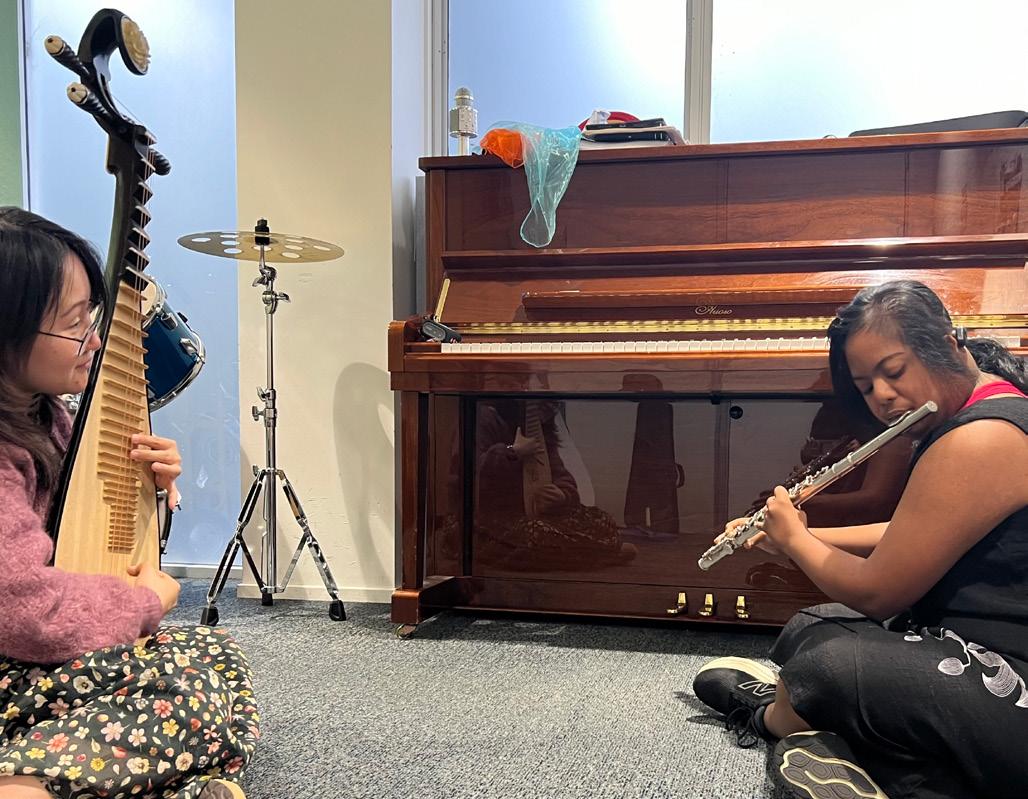
Since I began working with Kristy on 28 January 2023, we have cultivated a nurturing therapeutic relationship through our individual sessions every Saturday and group sessions at her school during two terms in 2023. Over the past year and a half, we have focused on fostering engaging interactions and collaboration, transforming challenging situations into beautiful moments of connection. From improvisation and instrument playing to singing and relaxation techniques, each session is a vibrant tapestry of creativity and support. Dancing has become a prominent part of our routine, embodying the joy and freedom that music brings. Together, we have delved into songwriting, enabling Kristy to express herself and share her unique voice.
Some beautiful and touching moments with Kristy always stay with me—her happiness blossomed as she listened to the pipa (a traditional Chinese instrument) and bravely attempted to play it, reflecting her openness, curiosity, and progress in fine motor skills. Her passion for dance shone through as we shared a joyful session, with me accompanying her graceful movements on guitar and soft, supportive music. She even invited me to dance, leading to playful exchanges of following and leading. An unforgettable moment came when she confidently taught me the violin, each experience reflecting her growth, creativity, and the deep connection we’ve built through music. In a soothing
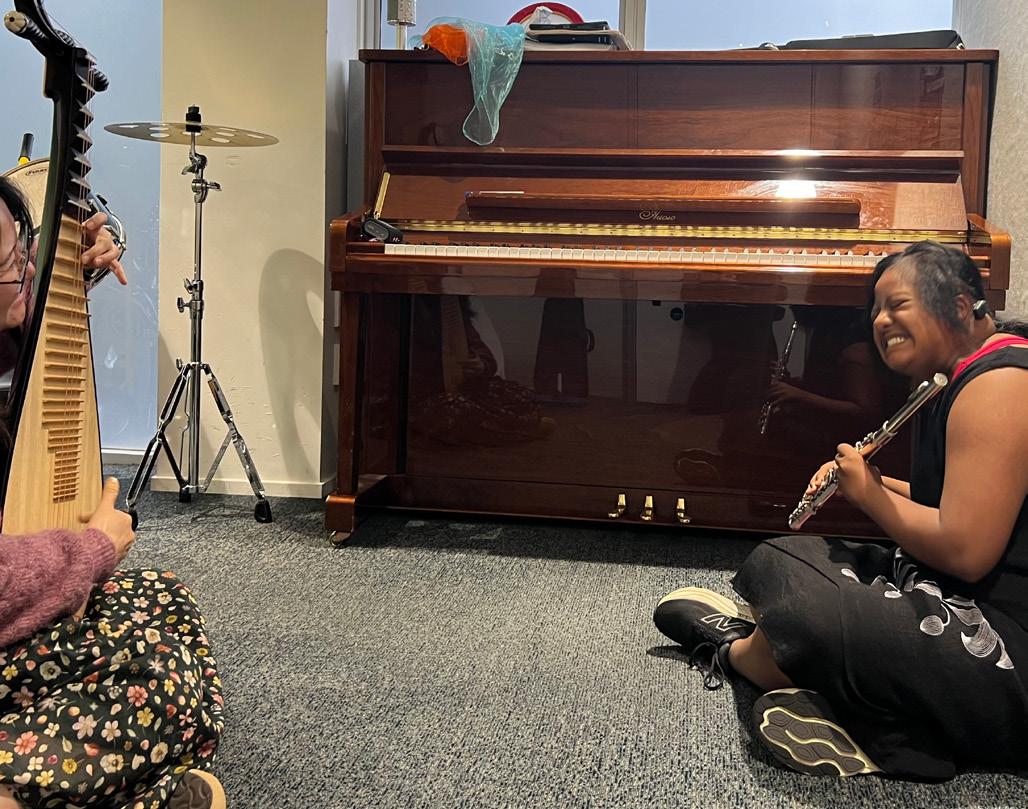
session, Kristy relaxed on a bean bag, expressing feelings like 'joy,' 'happy,' and 'proud.' We immersed ourselves in musical play, sharing turns, expressive conversations, and magical moments that deepened our connection through music.
“I like Raukatauri. I like learning how to play instruments. I like singing with lyrics. I like music. I like my music therapist, Xiu.”
Some of the most meaningful reflections have come from Kristy herself:
Along with others shared by her mum, Heather:
“We originally bought Kristy to Raukatauri to help her express herself as she often became frustrated. As a result, Kristy has enjoyed these sessions and has developed an enthusiasm for music, for singing, for movement, for dance, and for trying to play lots of different instruments. We are especially grateful to Xiu, her current therapist, who really helps to extend Kristy's abilities.”
As we continue our musical exploration together, I am excited to witness Kristy’s ongoing growth and development. Each session is a celebration of her unique spirit and determination, reminding us all of the incredible impact music can have on our lives.



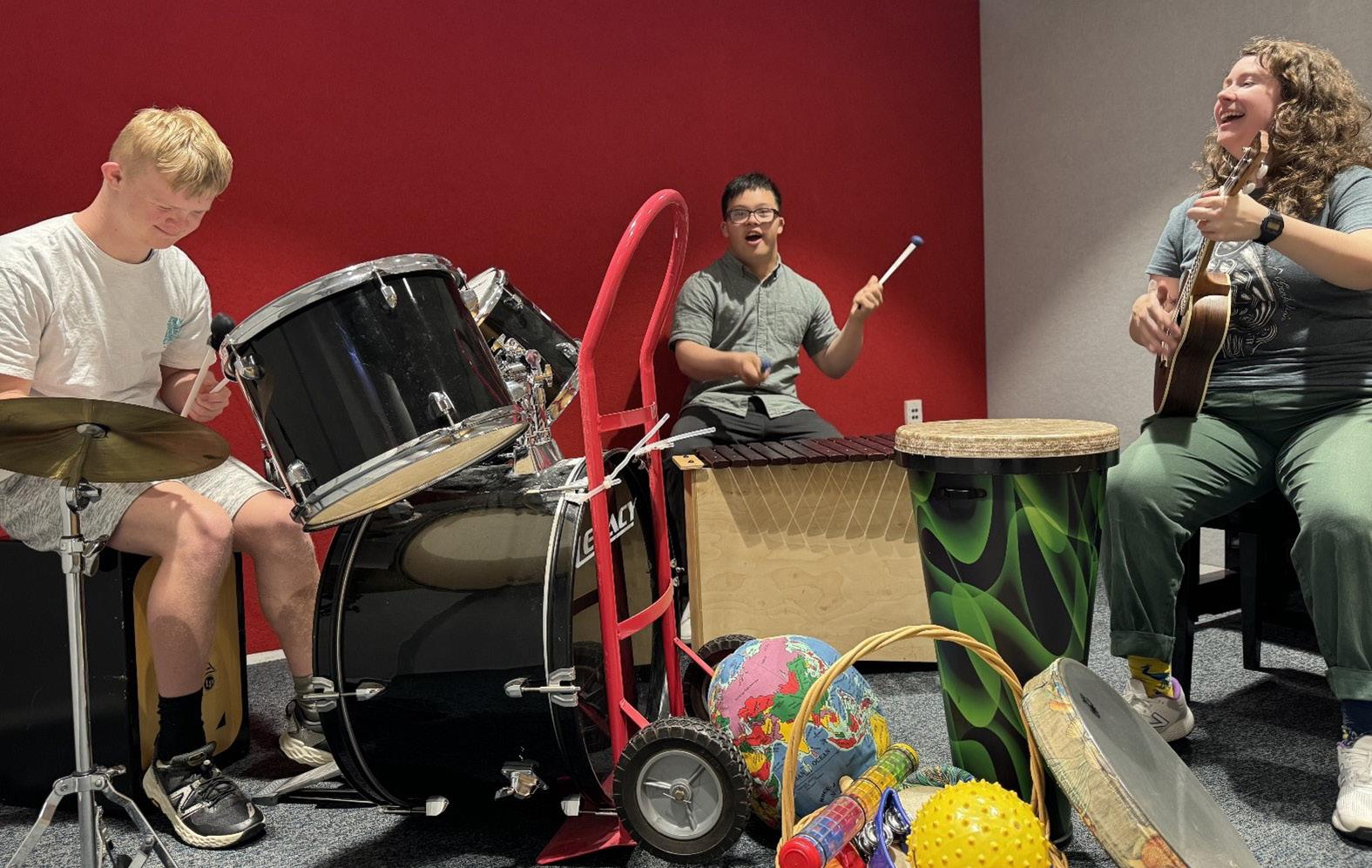
I think music therapy is…
Music therapy aims to promote engagement, wellbeing, and a sense of belonging. Sessions are unique and flexible, following each participant’s creativity and curiosity to explore, and taking place within an inclusive environment. Our time together is a collaboration, during which we take turns to lead or follow. Each aspect of the session is an invitation, maintaining respect for the autonomy and agency of participants.
Today at music, I feel…

I enjoy…
I like to…
David:
Very happy
Dom:
Very happy
My favourite part of music is…
David:
Dom:
Our music has been lively today, and I am feeling energised! Whilst all feelings are welcome and can be explored in music therapy, it happens that joy, playfulness, and enthusiasm have emerged here. Our sessions are based on improvisation – creating our own music and responding spontaneously to each other enables us to represent and share our feeling states without the need for words.
Dancing
Playing instruments
I enjoy playing games such as call and response which fosters interaction. Rather than focusing on gaining musical skills, we are using music as a tool for self-expression and connection with each other. There are also opportunities to explore many different instruments, such as the tambourine, harmonica, xylophone, piano, and guitar, and props such as ribbons, scarves and balls, which provide varied sensory input and motivate a range of movements.

David:
Dom:
David:
Dom:
Aliss: Aliss: Aliss: Aliss:
Play slowly
Play loudly
I like to wait and remain open to what comes from the group. Everyone’s contributions are valued, and preferences are upheld. As long as we are all safe, there is no right or wrong way to take part! This may include listening, playing, singing, miming, and many other things – all of which are valid. Participants are supported to make and communicate choices by pointing to visual aids, as we have done for this interview.
Singing together
Drumming
The sense of play is at the heart of what we do. We maintain a balance of playing familiar music that is meaningful to participants, and trying new things to build confidence and expand our horizons. Whether we are passing the microphone for solo time, or all joining in to drum as a group, the music brings us together with a feeling of community.
by Freedom Harrison & Emily Wills, RMTh
An “I Am” poem is a model for writing poetry which includes an affirmation about oneself. An affirmation is a positive short phrase that you can say aloud or internally with the intention of promoting self-compassion. Some examples of affirmations include:
I am brave.
I am loved.
I am enough.
You can create an affirmation for yourself right now, using the structure, “I am _________.”
Take a moment and think of a word that positively describes you or use one of the affirmations listed above. Repeat the affirmation to yourself three times. You may choose to close your eyes, put your hand over your heart, take a deep breath, and repeat the phrase a
few more times. Remember this phrase, and feel free to repeat it to yourself throughout the rest of the day as you transition from one activity to the next.
The following poem was written by Freedom Harrison with support from her music therapist, Emily Wills. The words were set to music and it became an anthem for Freedom to sing during the best of times and a song of support for Freedom to return to during challenging moments.
In the poem, Freedom identifies important places, such as her home in Whangārei and her ancestral kainga. She remembers important people who have passed away but are still very much a part of her. Freedom shares her worries and fears and identifies coping strategies that she can use to comfort and soothe herself. She shares her hopes and aspirations with us.
I am strong I am appreciative
I wonder about my headspace, health priorities and safety
I hear Emily’s voice and the voices of my uncle, aunty, and cousin's spirit voices
I see Whangarei, Mangonui Tamaki Makaurau and Parapara Marae
I want to participate in film CDs and DVDs
I want to make a Free restaurant Imagine entertainment and arts exhibitions
I am committed environmentally I socialize with friends I pretend that I travel the world I have so many places I want to go: Gold Coast, Hollywood, Los Angeles, San Diego
I feel spiritual and zen I meditate, I’m a Christian
I touch the warrior spirit Uncle, aunt, cuz on my dad and my mum’s side
I worry about my wellbeing I worry in the nighttime I have nightmares
I get support from friends and my whanau
I can do yoga and meditation I can do chores with music on and watch the tv And socialize with myself
I am appreciative I am strong
We encourage you to write your own “I Am” poem. You may choose to set music to the words and create your own affirmation song

I am (two special characteristics)
I wonder (something you are curious about)
I hear (an imaginary sound)
I see (an imaginary sight)
I want (an actual desire)
I am (first line restated)
I pretend (something you pretend to do)
I feel (a feeling about something imaginary)
I touch (an imaginary touch)
I worry (something you are genuinely worried about)
I cry (something that makes you very sad)
I am (the first line of the poem repeated)
I understand (something you know is true)
I say (something you believe in)
I dream (something you actually dream about)
I try (something you really make an effort about)
I hope (something you actually hope for)
I am (the first line of the poem repeated)

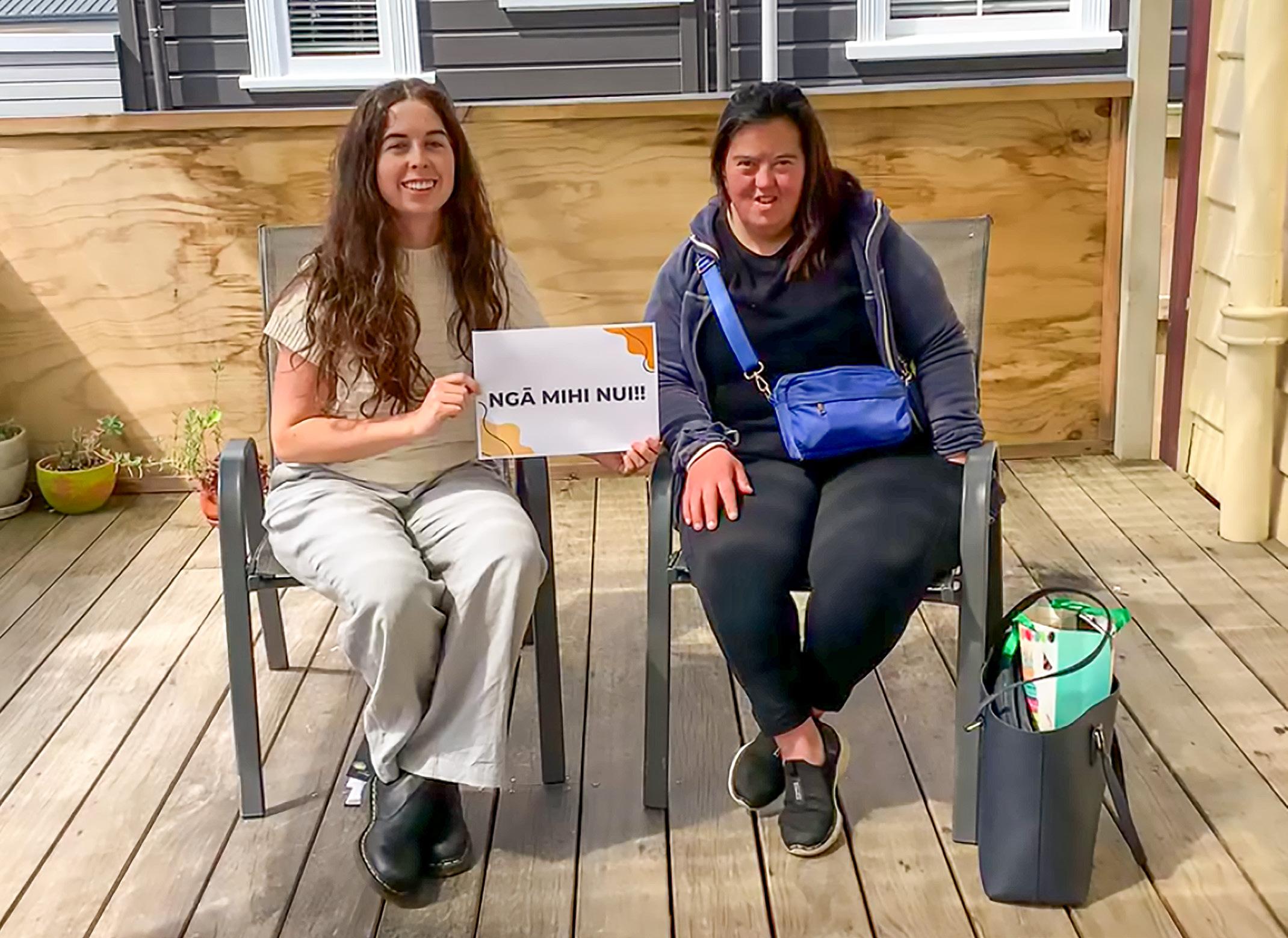
Freedom is an active community member and lives in Kensington, Whangārei. She works for the Taimahi Trust where she prepares and sells kai. Freedom loves singing, dancing, playing ukulele, listening to music, and socialising with friends and whānau.
Emily is a registered music therapist with the Raukatauri Music Therapy Trust and manager of the Northland Regional Centre in Whangārei. Originally from Kentucky, USA, Emily is so grateful to have lived in Tai Tōkerau for the past three years.
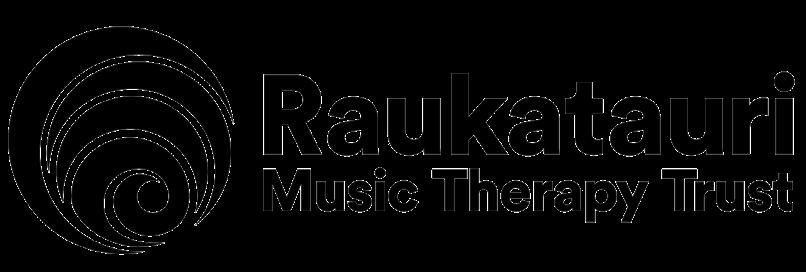
By Sarah Paterson-Hamlin
Last issue we looked at how New Zealand fared in the global rankings of health outcomes for people with Down syndrome according to research by Dr Brian Skotko and his team. This time, we’re looking at the second category of community inclusion.
The community inclusion map of the world shades in nations varying degrees of teal depending on how included people with Down syndrome are according to the survey. Deepest teal belongs to Sweden and the UK who come in first equal, ranging to a very pale shade for Nigeria and Indonesia which come in 48th and 49th respectively. As with the other categories, much of the map is coloured grey, representing those nations which did not complete the survey.
Aotearoa sits somewhere in the middling range of the teal nations, coming in at 24th. It’s our second-worst performing area of the five measured. To answer the all-important question, Australia has us soundly defeated with their 9th place ranking.
So where are we excelling and where are we letting ourselves down when it
comes to including people with Down syndrome in our many and varied communities across the motu?
Let’s start with the positives.
As you may expect for a nation with our passion for sports of many varieties, our sporting inclusion ranks highly, with opportunities available specifically for people with intellectual disabilities as well as mainstream opportunities that include disabled people. The pages of this journal have often testified to this!
Further marks in our favour are that there is no difference between the access people with Down syndrome have to electricity and sanitation. We also score the highest mark available when it comes to babies born with Down syndrome being kept by whānau (most or all).
One of the crunch points comes with the rates of whānau who are able to meet and learn from each other within the Down syndrome community. Here our answer is ‘Many’ (one peg from ‘Most or all’ which the UK, Sweden, and other high-ranking countries selected). What the survey doesn’t delve into but
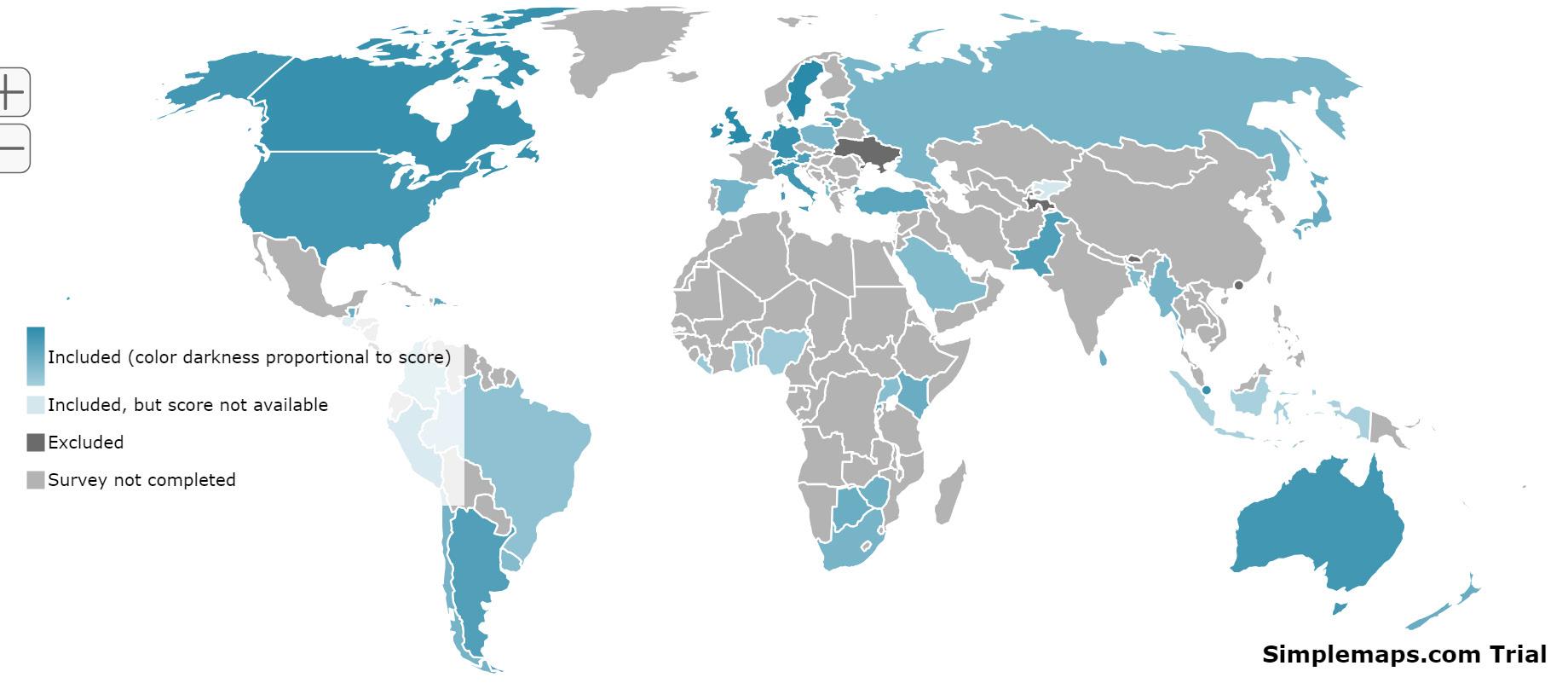
what this question begins to approach, is the inequities of opportunity for community engagement that we know –both anecdotally and empirically – exist depending on ethnicity, socio-economic situation, whether a whānau lives rurally or in a city, and various other factors besides.
There is no denying that our regional coordinators, the NZDSA team, and those who work and volunteer for the various groups and organisations that provide opportunities for connection within the Down syndrome and wider disabilities communities do a phenomenal job on the smell of an oily rag and miniscule staff hours. However, this reliance on tiny charities, generous volunteers, and piecemeal funding can never tackle the inequities that system inevitably creates. We have no choice but to rely on word of mouth and self-referrals, making it harder for whānau facing language barriers, their own health or cognitive challenges, time and/or resource poverty, or any other of a number of obstacles to access these supports.
More than one conversation was had in Brisbane about the apparent demographic homogeneity of the attendees – not just
from Aotearoa either – but again and again the question had to be asked: how can we tackle such challenges with the resources we have to hand?
I’m afraid this article does not have the answer, but in examining why Aotearoa New Zealand does not rank as well as we should when it comes to community inclusion, these are questions which we cannot shy away from.
Now we come to the two questions of the survey that had the biggest impact in terms of reducing our standing. Those relating to language.
One asked “what proportion of people in your country refer to people with Down syndrome using negative language” and lists a few examples. The other asks the same question of the news media. Our response to this was “many”. Not as dire as “most or all”, but a far cry from the “none or few” that higher ranking nations selected.
There are several facets of our challenge when it comes to language. There is the issue of outright slurs used deliberately against people with Down syndrome to insult, bully, or
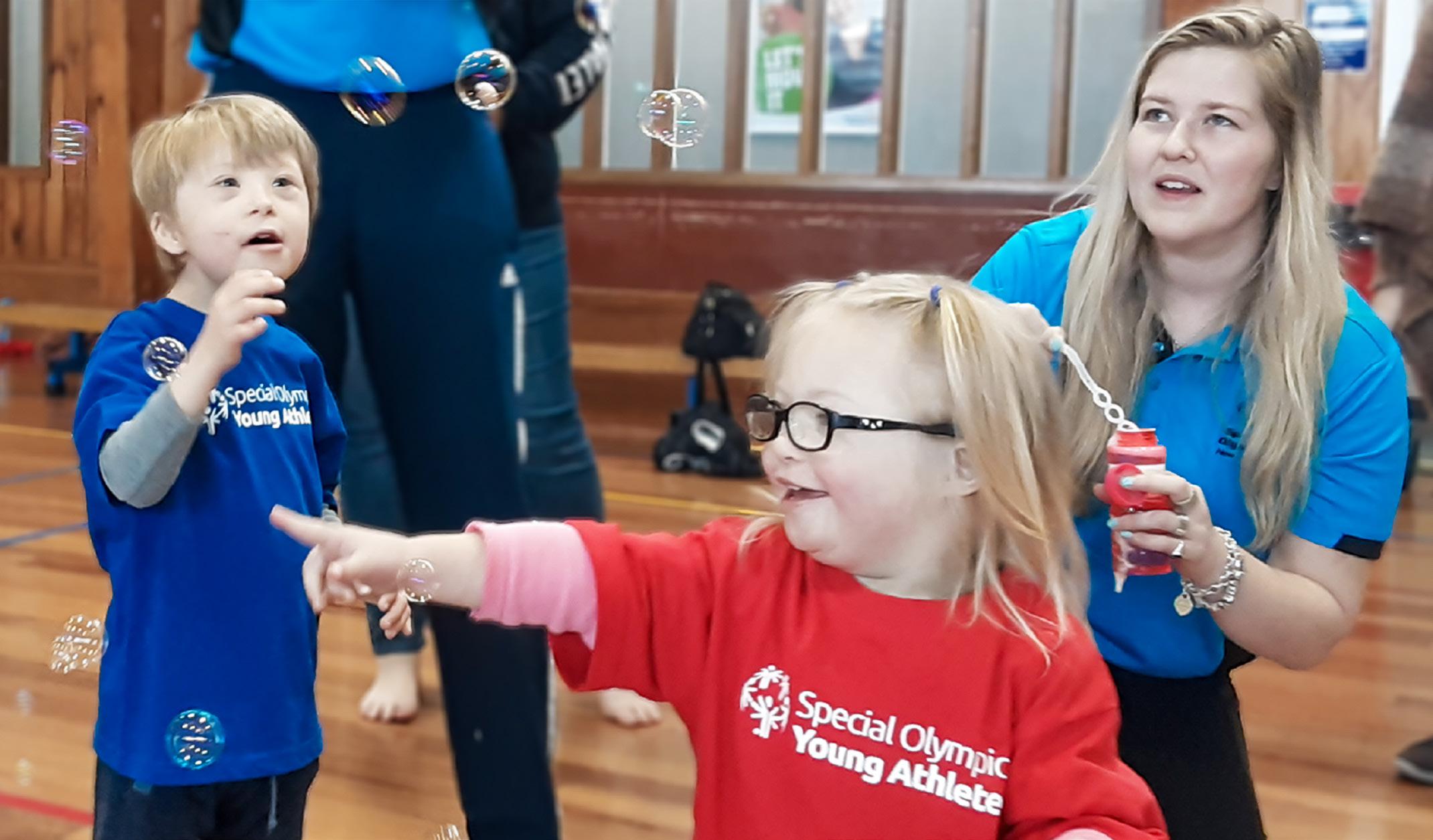
ABOVE: Our sporting opportunities move us up the global community inclusion rankings
intimidate. This is, clearly, abhorrent, and must be called out wherever possible, ideally accompanied by calm and de-escalating education of the offending individual, though I’m under no allusions that this is often possible or safe.
There is also the issue of more casual usage of these slurs, which generally comes about by lack of exposure to people with Down syndrome and ignorance of the history or impact of those words. People joking with each other in the pub for instance, in a playground game, or an off-hand comment either in person or online.
These words cut into us almost like a physical knife, but in these circumstances so often it is a lack of knowledge rather than malice which leads to their use and, if we have the capacity and are in the right frame of mind, can usually be pulled up on and removed from that persons’ vocabulary forevermore.
One of the examples listed in the survey is, arguably, more insidious than the outright slurs because it is perceived to be well-meaning, or at the least, not
offensive. That is the phrase “suffering from Down syndrome”.
A cursory Google indicates that most of the uses of this phrase can be found in medical websites, articles, and textbooks. In this era of reduced funding for journalists’ time, it’s easy to imagine a press release being copied and pasted, a quick bit of framing, a quick scan for typos, and it’s published in our news apps. After all, it came from a reputable source – an Ivy League medical school, a peer-reviewed journal – it wouldn’t have any offensive material in it, surely?
Pleasingly, I couldn’t actually find any examples from New Zealand’s news media using this phrase – but that is not to say it hasn’t been or that we might not hear it elsewhere in common parlance. The most likely time to encounter it appears to be when looking up things like potential health conditions or activity ideas in the Down syndrome context. I did, however, come across several examples where our news media had reprinted one of the slurs. This was always in the context of calling out public figures who had used it, and the fourth estate plays a crucial
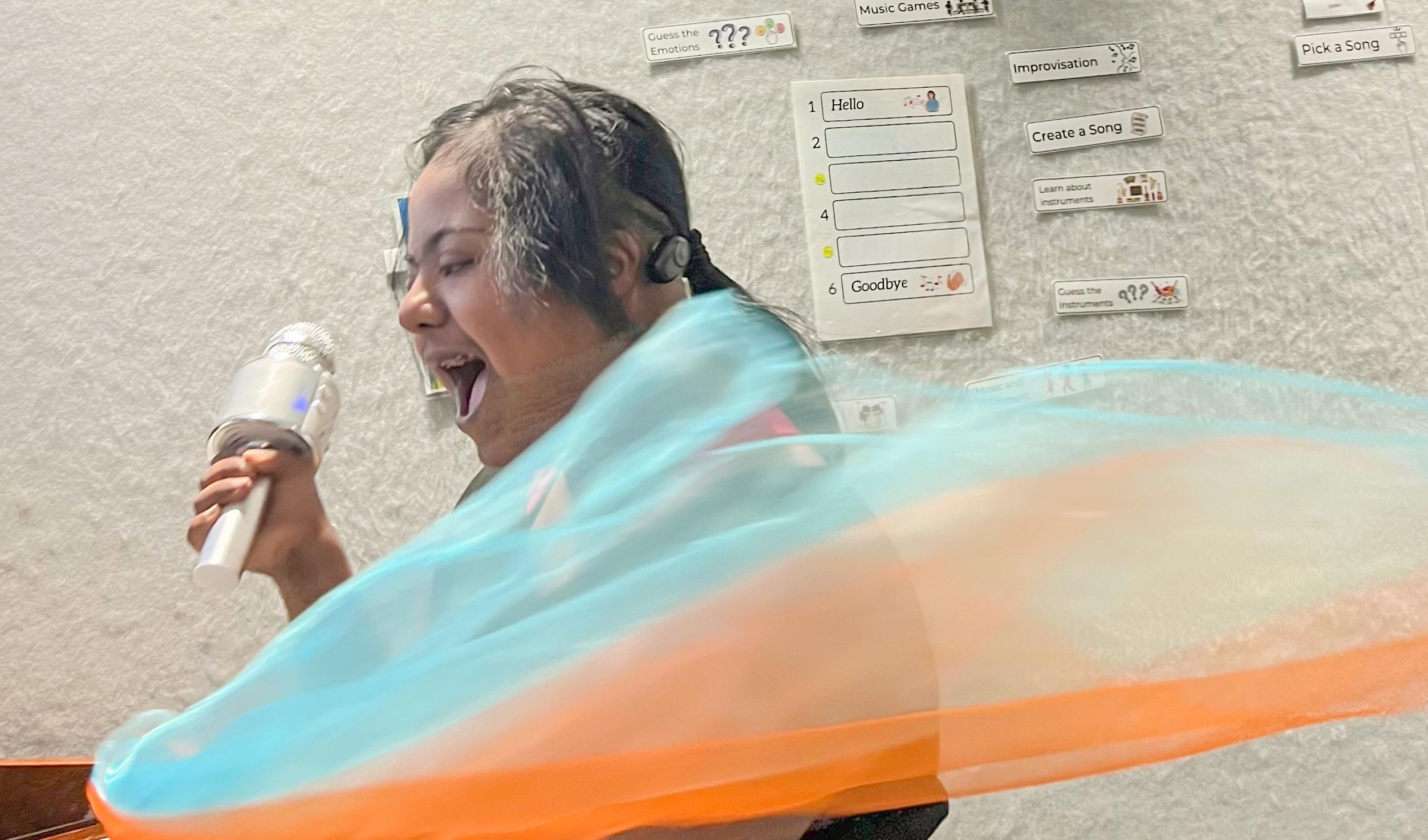
role in doing so, but I would argue that it is entirely possible to fulfil that role without using the word itself.
As Dr Skotko was at pains to preface in Brisbane, this is only a cursory look at some of the factors which make our communities inclusive or otherwise for people with Down syndrome. The survey asks about sports but not arts, music, cultural, spiritual, linguistic, or other opportunities and how they may involve people with Down syndrome or other disabilities. We know such opportunities have an enormous impact on wellbeing, facilitating community inclusion which in turn reduces loneliness and improves physical and mental health outcomes. Are we providing enough of these that are accessible for people with Down syndrome and their whānau? Are there opportunities for all, regardless of ethnicity, wealth, age, or other demographic characteristics? Do people in our rural areas have the same opportunities for inclusion as those in our cities?
These results provide a valuable insight into community inclusion in Aotearoa, but perhaps they raise more questions than they answer. Still, it is also a mark of a healthy community to always be asking,
ABOVE: Opportunities for artistic inclusion for example were not covered by the survey
28 Years 7 Editors
9,450 pictures
4,000 pages
3,120 stories
1,051,400 words

100 Editions


As part of our 100th edition, we’ve had a look through the archives and found some extracts from an Editorial from each of the six past Editors of CHAT 21. Thanks to Linda te Kaat for digging her way through the annals of our past for these!
Editor 1 Bridget Sneddon
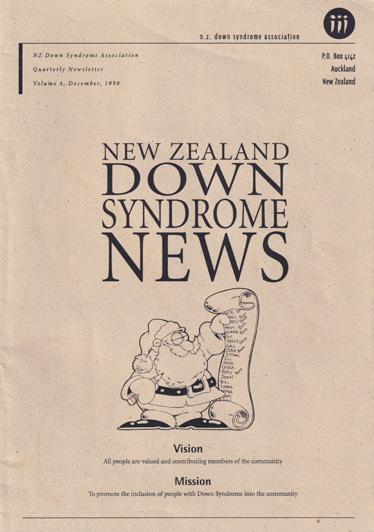
The first Editor was also the National Coordinator, now flying high as the President of Down Syndrome International!
Extract from Issue 4 – December 1998
“1999 will see the end of primary school for Alex and I am already getting nervous about how much he has to learn over the next 12 months, it’s mind boggling.
One of my roles as national coordinator is to ensure the publication of this Newsletter and to edit it. Until recently there was a Newsletter Committee but due to the recent resignations of both Jackie Vallance and Judith Ashby, because of other commitments, the Newsletter Committee is no longer in place.
One of the agreed objectives for the future is to revise and reprint current publications and to begin the process of developing further publications. There appears to be a great need for information specific to Down syndrome which can be readily accessed by families and professionals.”
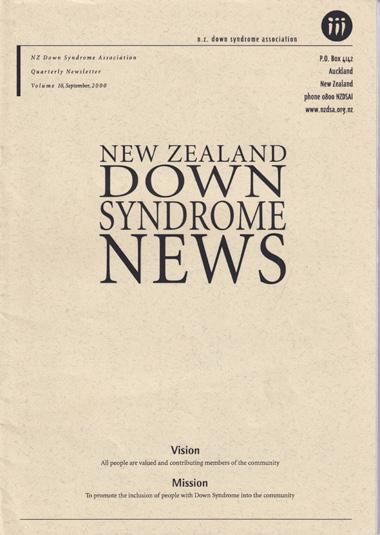
By the new millennium, the Editor is given their title, though they are also still the National Coordinator! Diane’s “From the Editor’s Desk” in Issue 10 described the nascent National Disability Strategy. In a reflection of the time, NZDSA members are directed to phone a landline to request a physical copy!
“The submission from the NZDSA (Inc) emphasises the need for choice, equitable access to integrated, quality support for our children’s education.
In the knowledge that many of these articles make rather heavy reading and do not interest everyone I have included an item of a more practical nature about “the groove” and two delightful contributions from readers. Greta Dixon shares her diary of her trip to Sydney and Trish Everard tells us about her daughter, Rebecca.”
Editor 3 Angela Harper

Angela’s tenure sees the word Editorial, an accompanying image, and seasonal markers for the editions used for the first time. I think this extract is such a beautiful example of the Editor bringing their experiences and perspectives to the table to enrich the discussions within the wider edition.
“Back fifteen or so years ago, before we had Lily, I can remember thinking that anyone who says termination for Down syndrome is wrong should be prepared to adopt a child with Down syndrome. Then we adopted Lily, which by my criteria meant I now had the right to hold such an opinion. But I’d seen just how difficult the birth of a child with Down syndrome could be for some parents and felt more confused, so although I felt that for me as an individual, termination of a child with Down syndrome would be wrong, it didn’t seem so easy to have a blanket opinion for everyone.
When I became pregnant with Noah at the age of 41, I was offered prenatal testing. With very little thought, perhaps a little too glibly, I said “No thank you” and my wishes were respected. I think I’m glad I didn’t have the testing. I was spared the worry of a “high risk” screening result, I was spared the miscarriage risk, and I was never faced with that terrible decision which might have shown me aspects of my character I’d rather not know. For this newsletter, I’ve had to do a lot of research into prenatal testing, and I’ve been shocked by some of what I’ve learned, and it’s started me thinking about termination from the point of view of the overall impact on Down syndrome not just as an individual decision.
Everything NZDSA stands for should relate back to our mission statement and aims and I welcome this opportunity to discuss prenatal testing for Down syndrome in this light and to involve our membership in the discussion.”
Editor 4
Maria Borshevsky
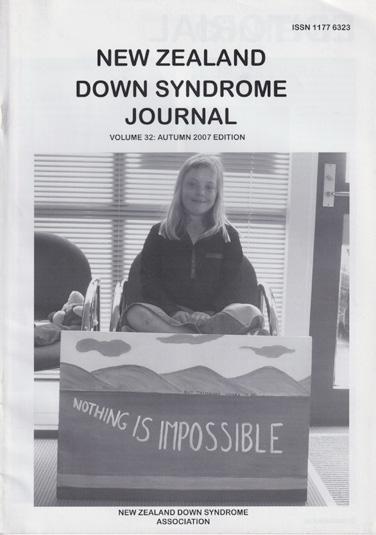
This 2007 Editorial looks closer to the current format. It also has a long list of sponsors alongside, reminding us of the longevity of some of those relationships, and just how much collective time we’ve all spent fundraising over the years! I’ve never met Maria but I can tell she’s a strong, capable woman with a good deal of courage because she voluntarily took her 17-month-old camping in the South Island!
Extract from Issue 32 – Autumn 2007
“While camping, we met a few families and had their kids and teenagers come over to our tent to visit – rumour had it that a cute baby was living there. The way these kids reacted to Ari is a testament I think to the benefits mainstreaming can have on the non-disabled community. The kids that had the experience of having a child with special needs in their class were so clearly relaxed with her. We said she had Down syndrome and they just shrugged that off as being so boringly normal that it really made me smile. The ones that had not experienced mainstreaming were a little more unsure.
I know that we are in for some difficult times ahead as Ari is mainstreamed but if it means that the accepting kids she met camping become accepting adults, I think it will be worth the effort.”
Editor 5
Jessica Harkins

We’re now in the recent enough past that the type face is looking very familiar indeed! This short and sweet Editorial opens with a shout out to Stuart Bayne who was about to cycle the length of the country to raise money for NZDSA –what commitment! Jessica then pivots to the edition’s open letter to John Key’s National Government. Plus ça change…
Extract from Issue 69 – Spring 2016
“In this issue we address an open letter to the Government on recent changes to the Education system which will no doubt be of concern to many parents. This is an ongoing struggle for parents and support organisations such as the NZDSA. This latest update to what the government is calling ‘inclusive education’ does little to provide this for those of us who need it. We continue to support the call for true inclusive learning in all schools across the country. See the open letter to the Minister for Education Hekia Parata on page 10. As the school year comes to a close, I wish you all the very best for summer and your families’ futures.”
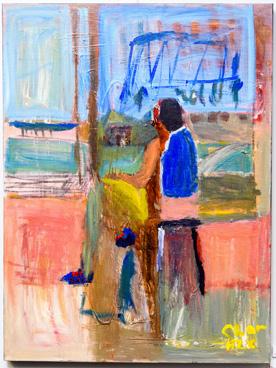
Now we come to my immediate predecessor and the first male Editor of CHAT 21, Coen. Later in his Editorial, Coen talks about the 2018 World Down Syndrome Congress which had just taken place in Glasgow – only a few weeks after I was last in that wonderful city (until now)! He opens though, with prenatal screening. A glance at the contents alongside this piece reminded me that this was right around the time of the incident with Dr Love himself, aka Chris Warner on Shortland Street discussing Down syndrome in some pretty concerning ways for a medical professional (albeit a fictional one).
“The Spring edition of CHAT 21 attempts to tackle one of the biggest issues facing the global Down syndrome community: prenatal screening and fast declining numbers of babies with Down syndrome. We looked at the international developments and spoke to the Clinical Directors of the National Screening Unit and the NZDSA spokesperson about the trends and immediate developments in New Zealand.
We hope this article can start a debate in our community around this difficult subject and that our readers will share some of their own experiences.”
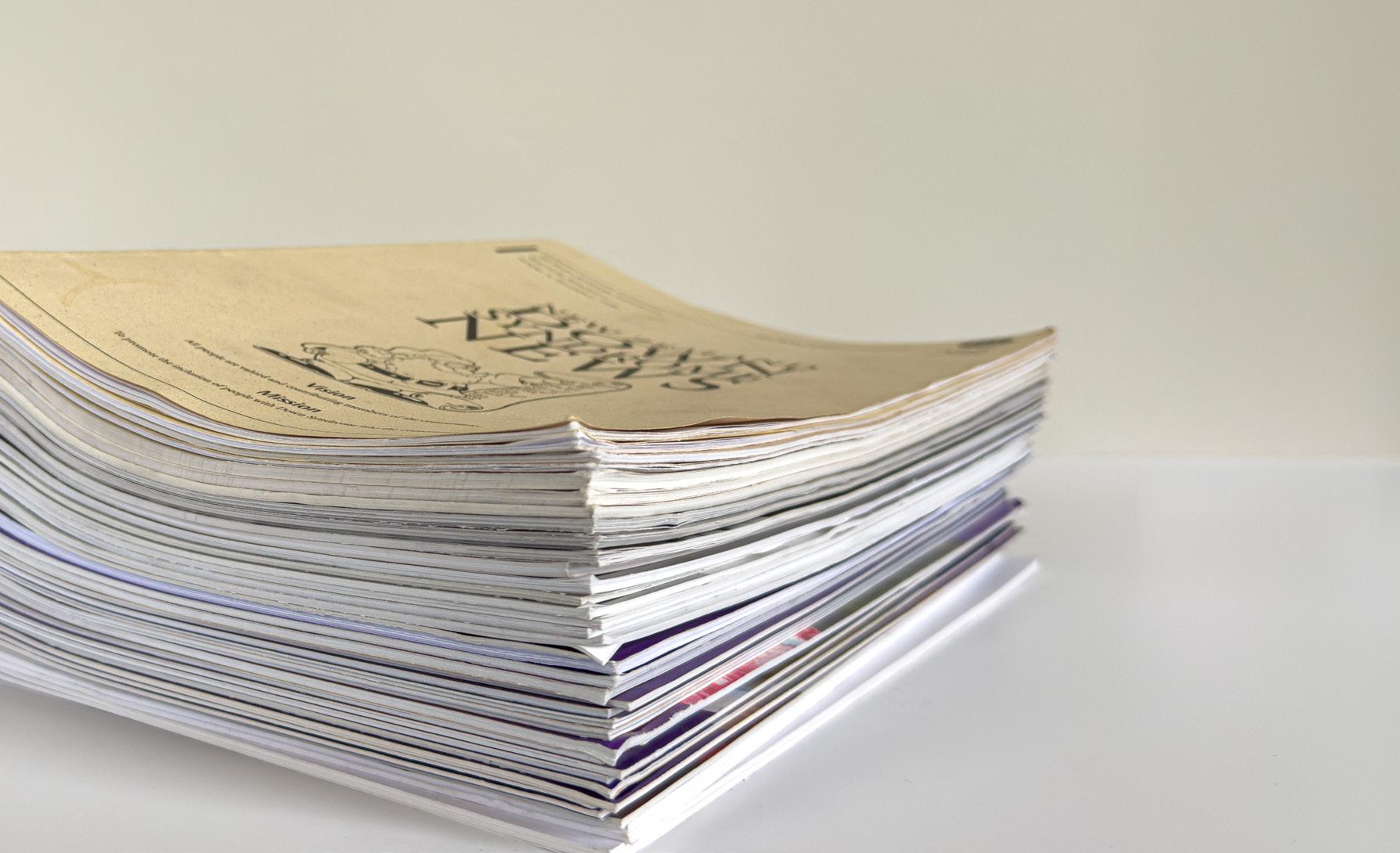
Continuing the celebrations of 100 editions and keeping with the theme of the archives, Linda has once again delved deep into the vault and managed to locate almost all of the 99 editions that preceded this special issue. Enjoy a look through the history of CHAT 21 and appreciate the magical images that have adorned our covers for the past 28 years.
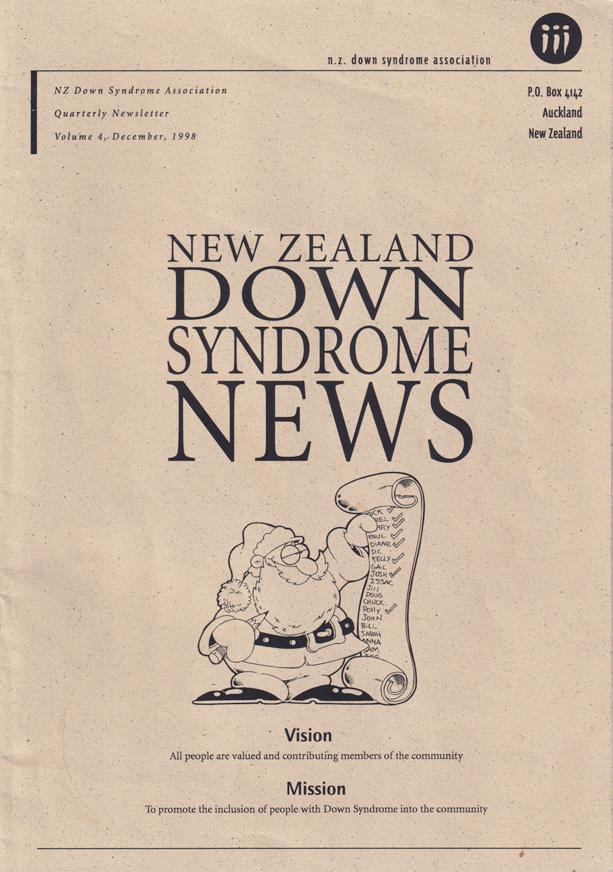
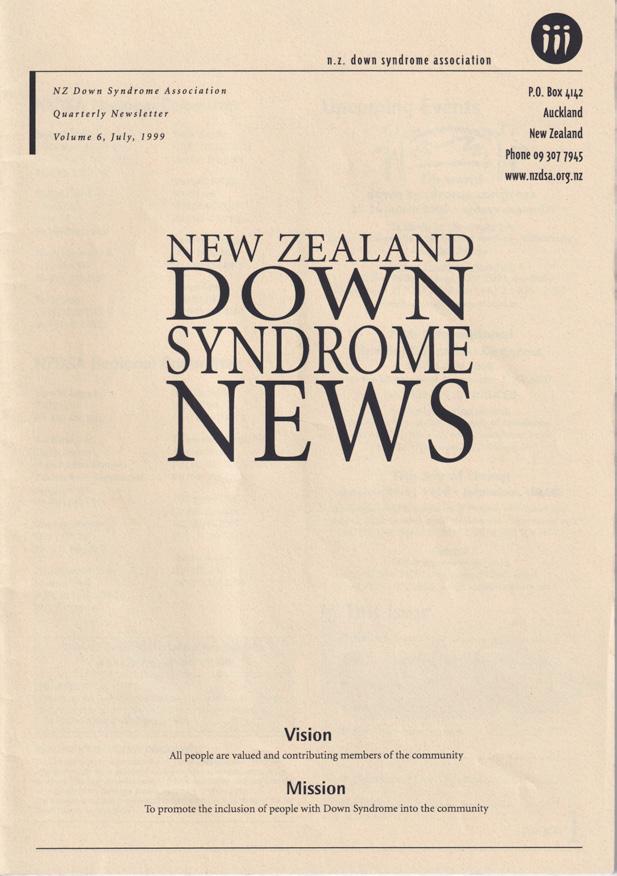
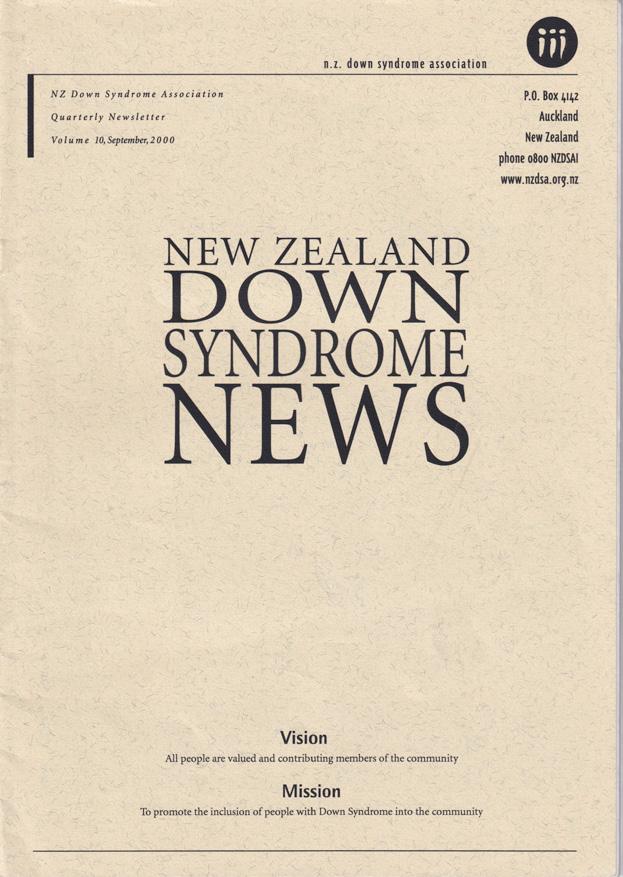
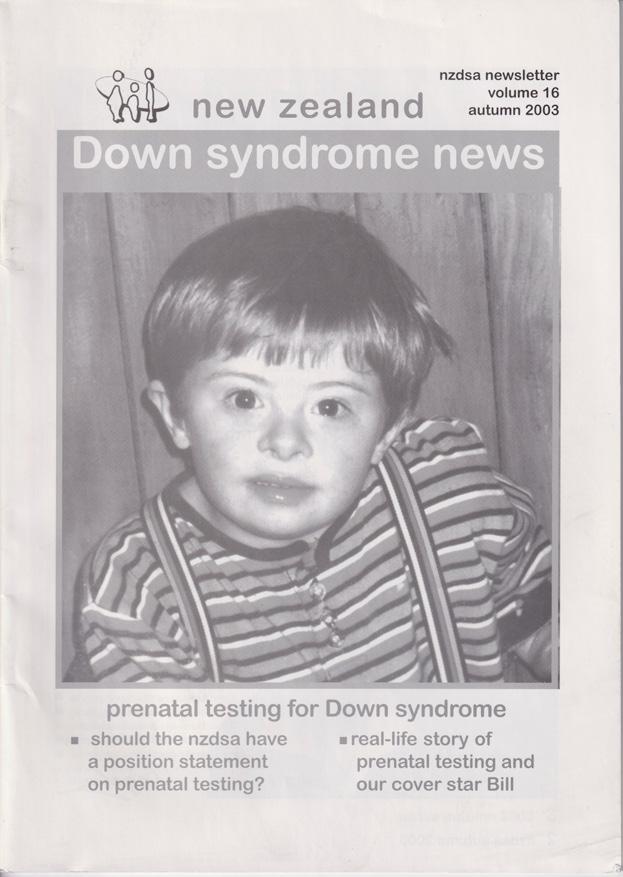
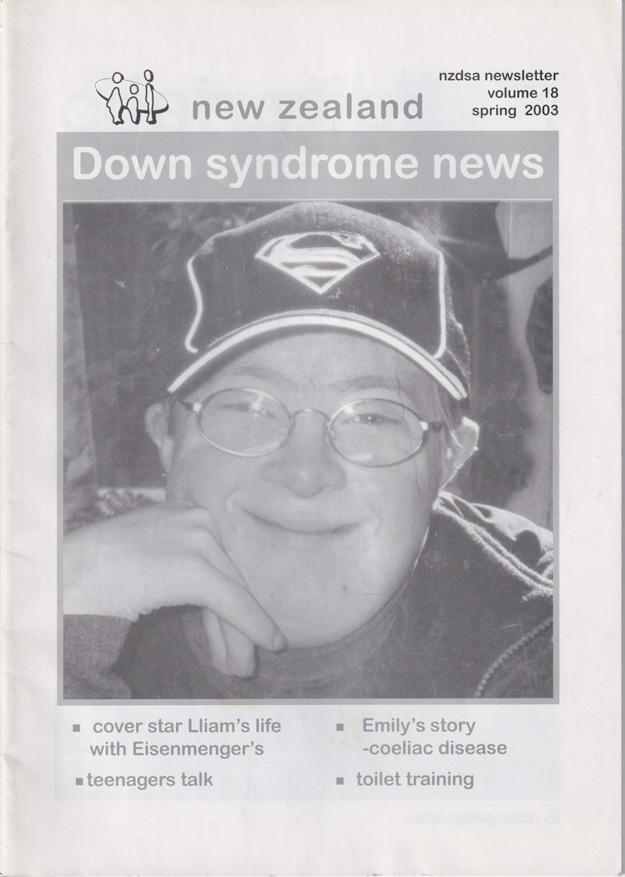
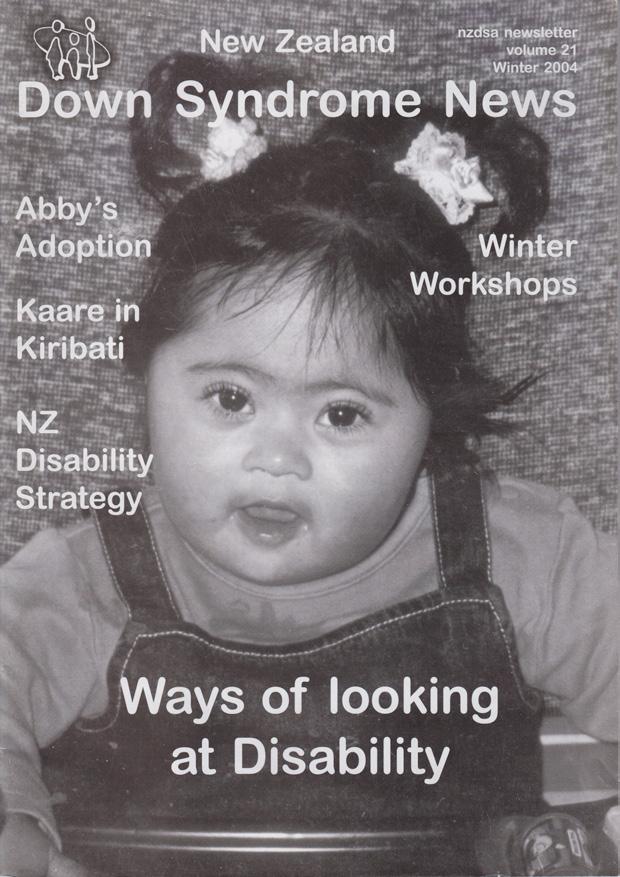
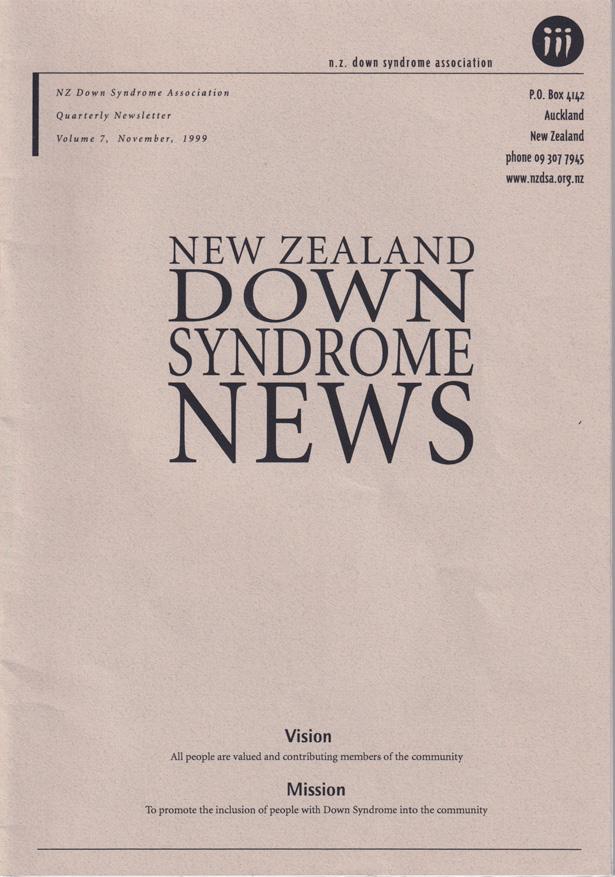
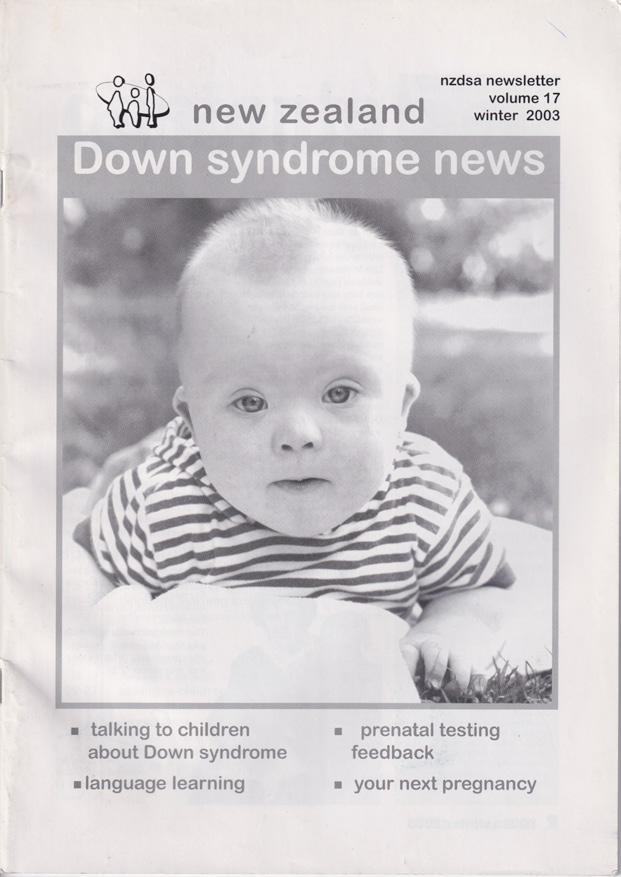
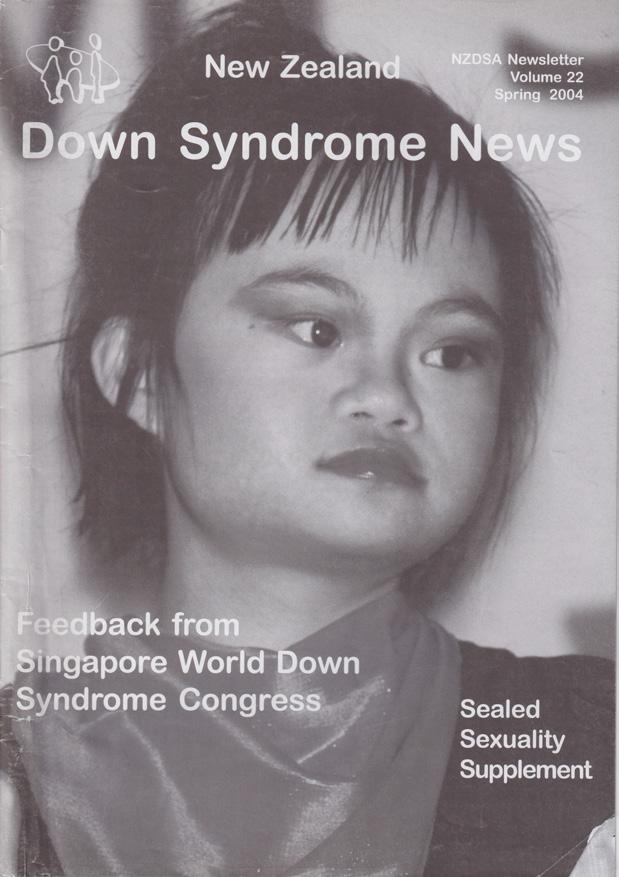
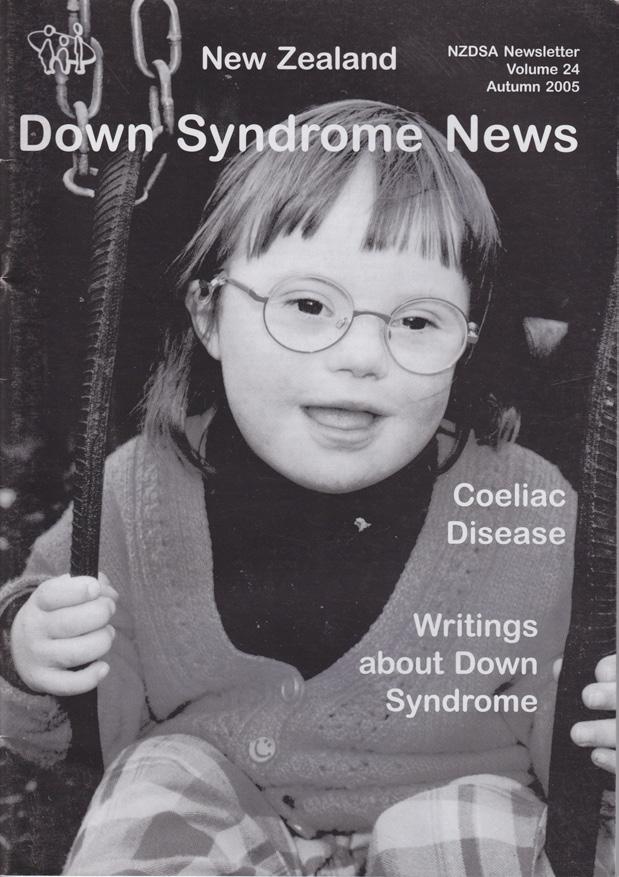
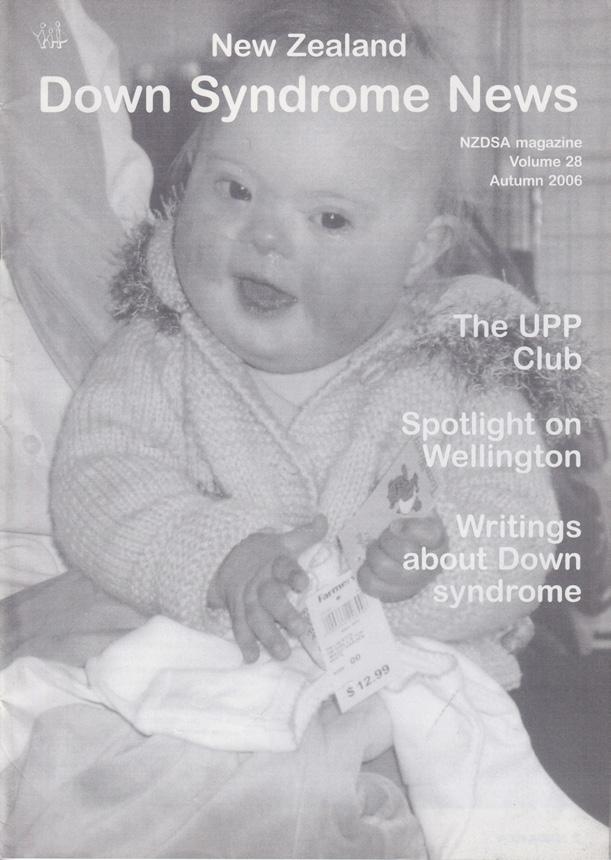
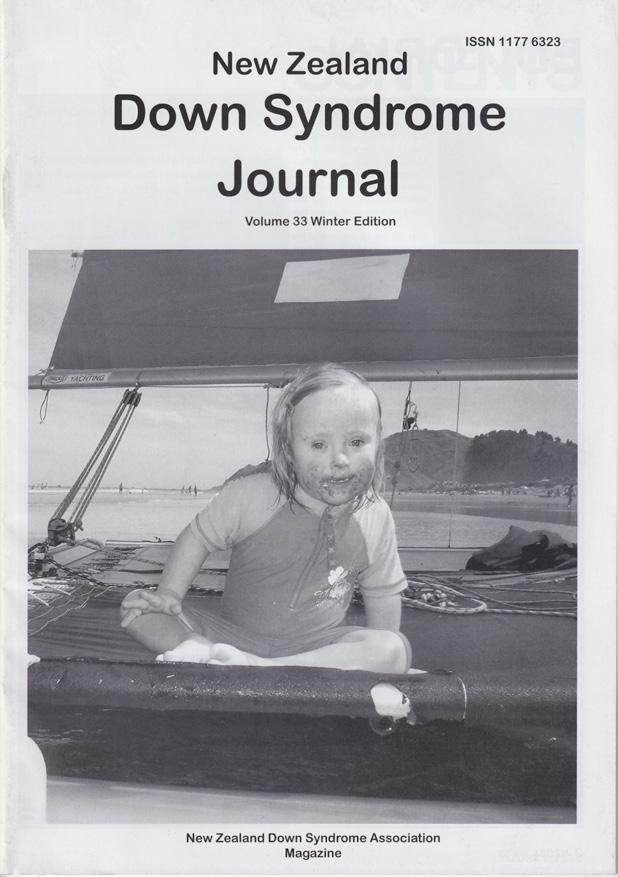
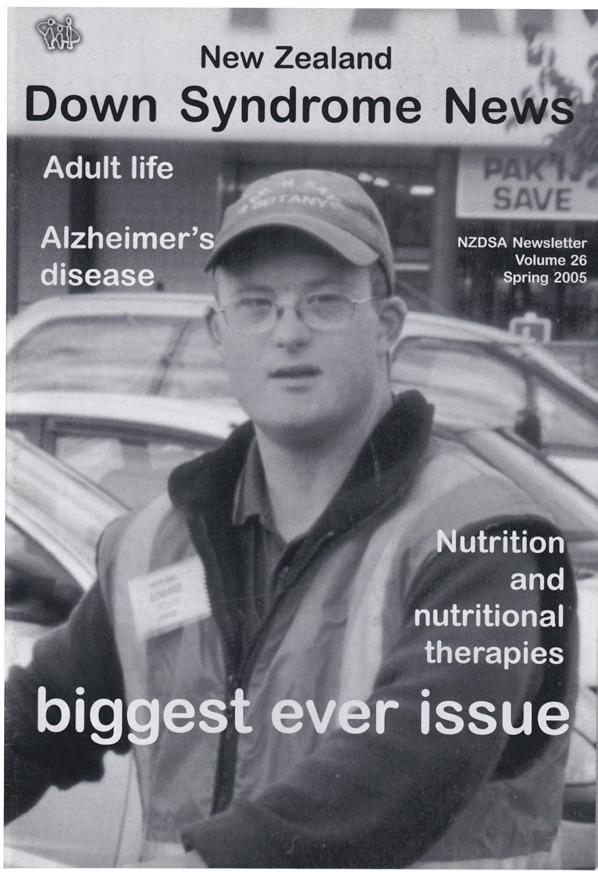
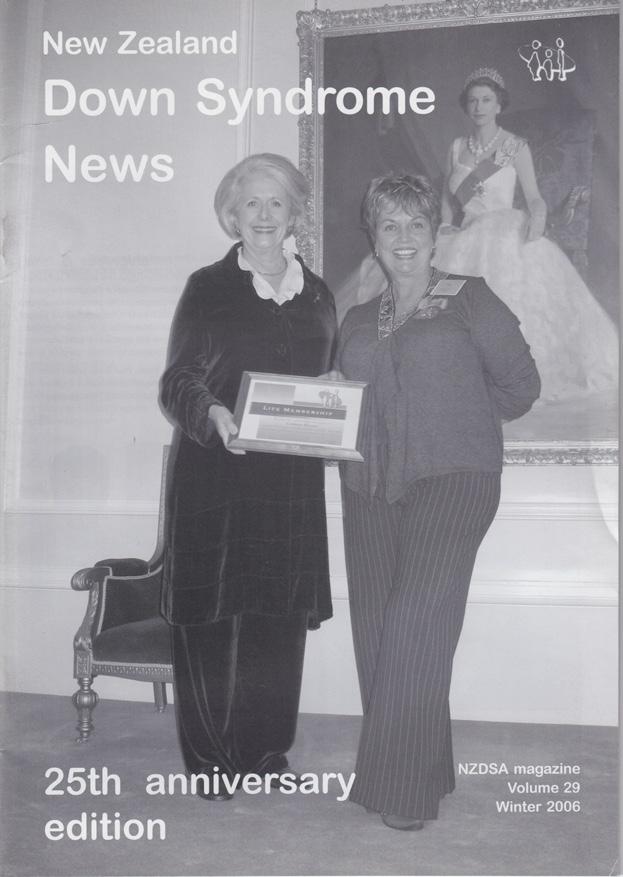
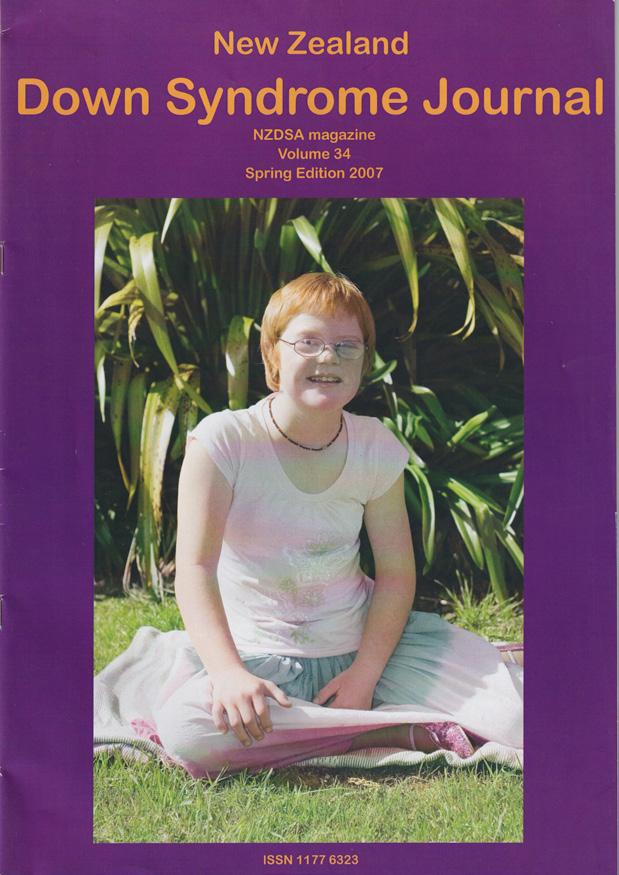
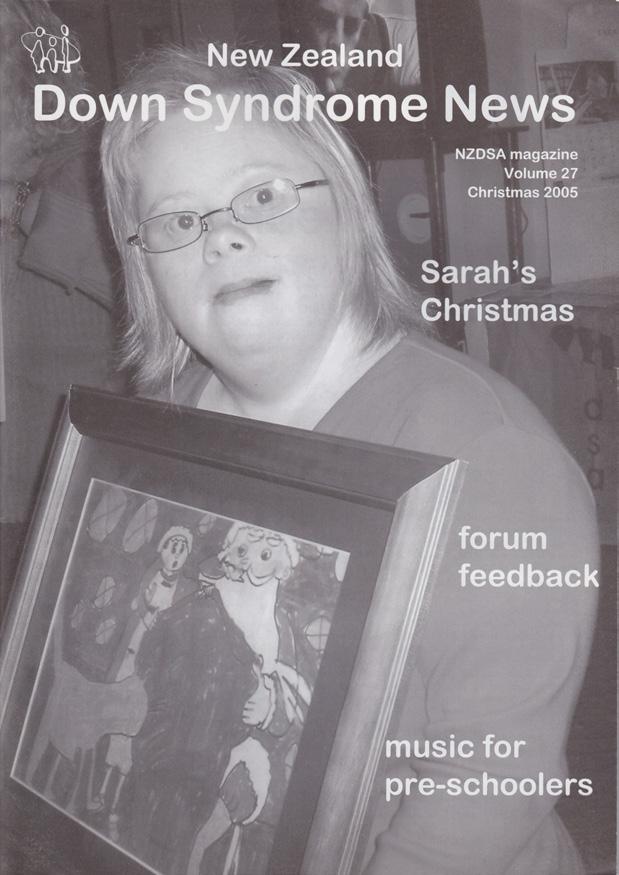
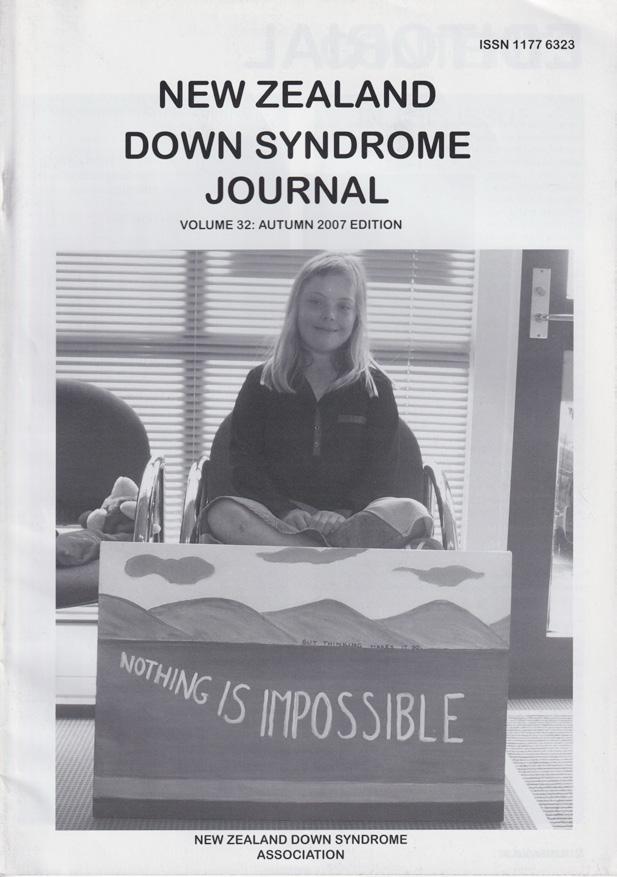
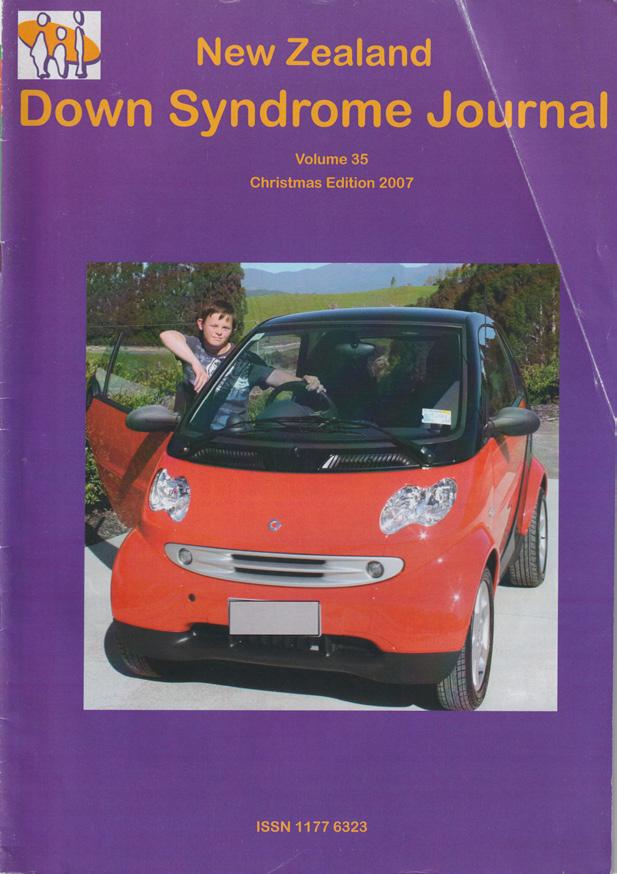
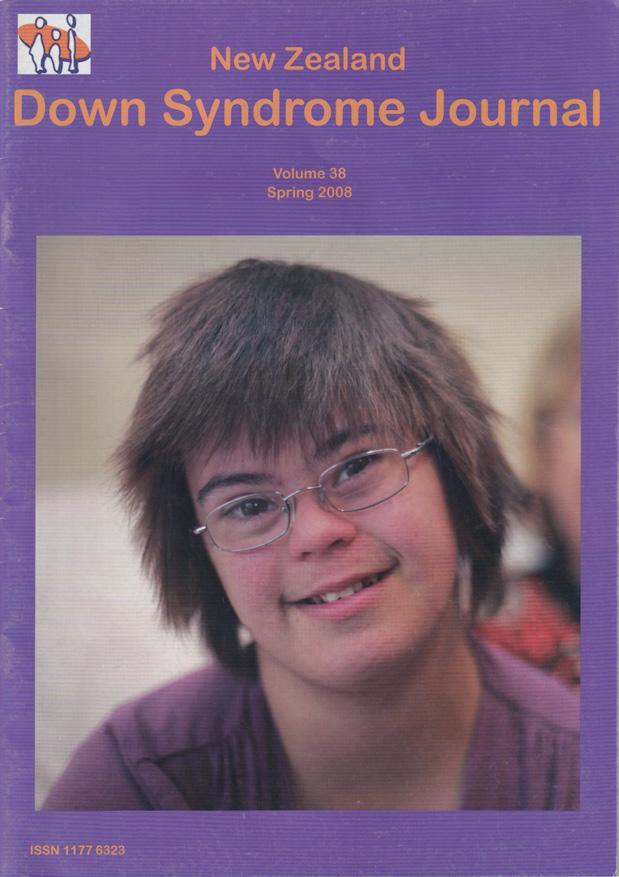
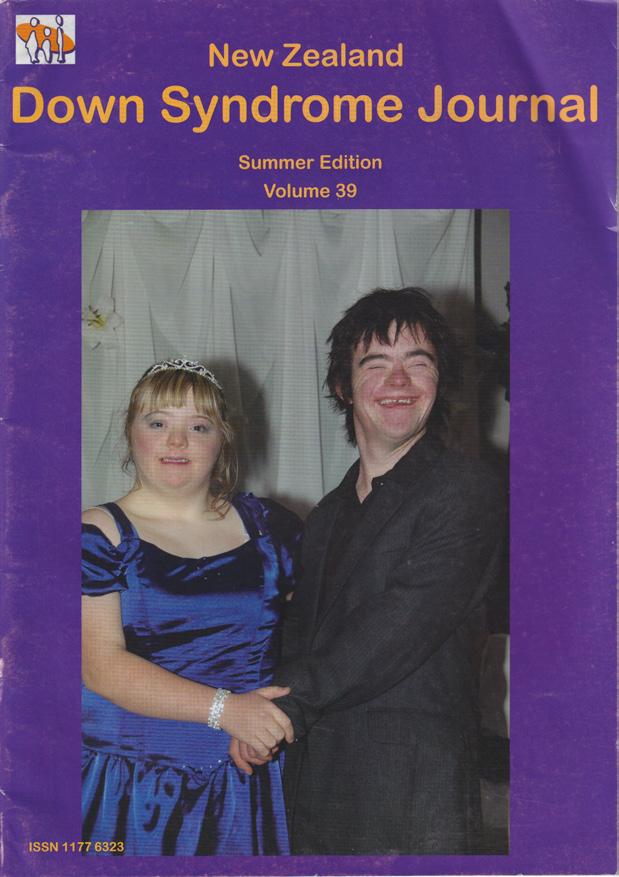
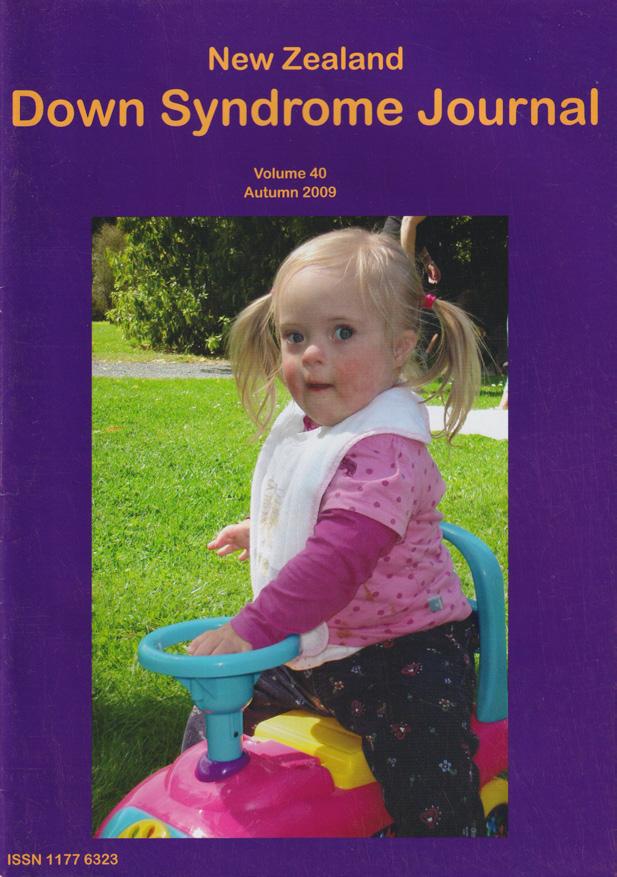
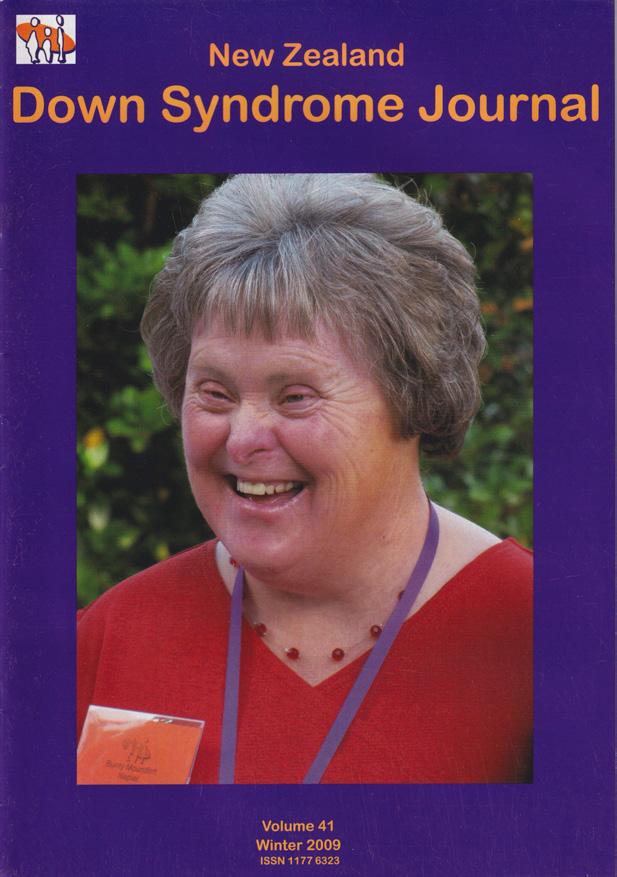
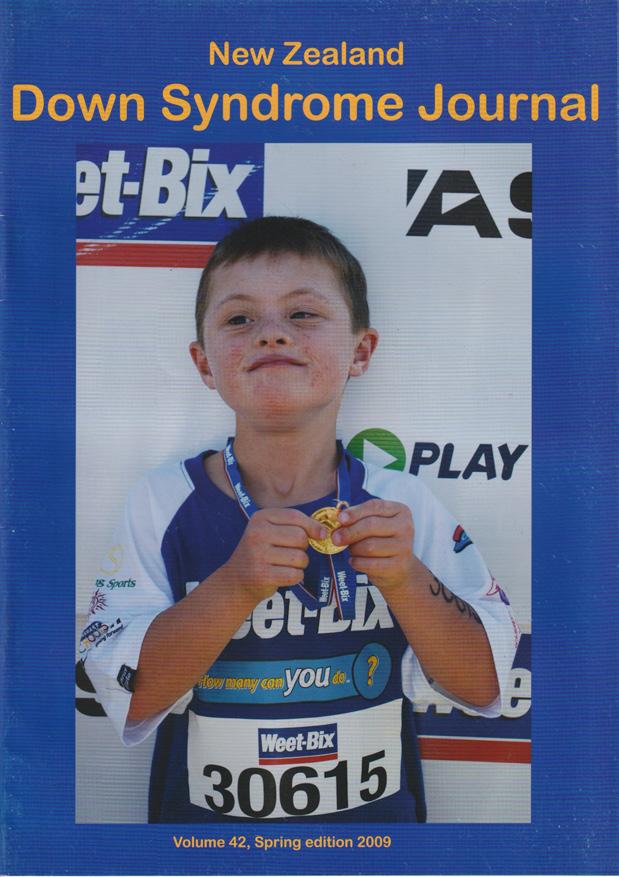
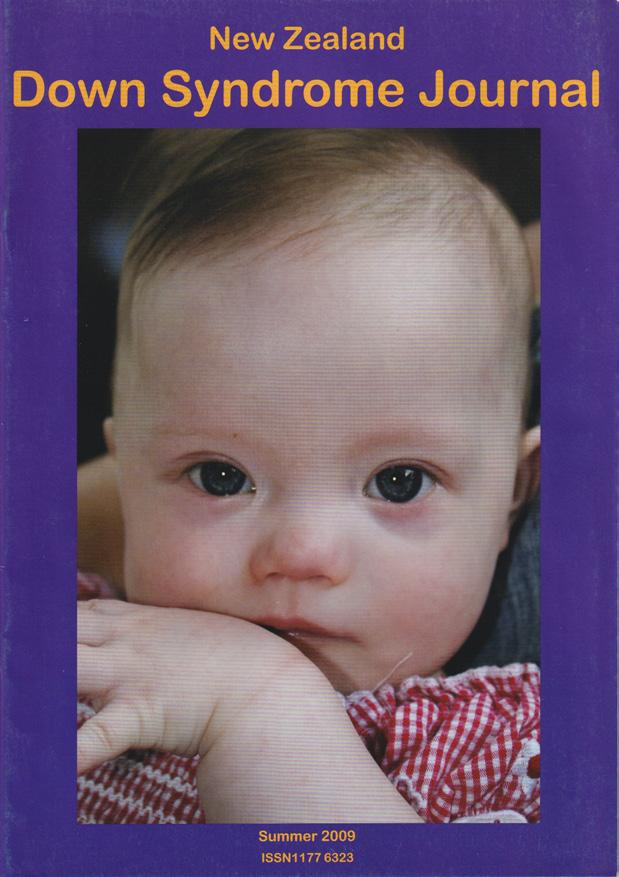
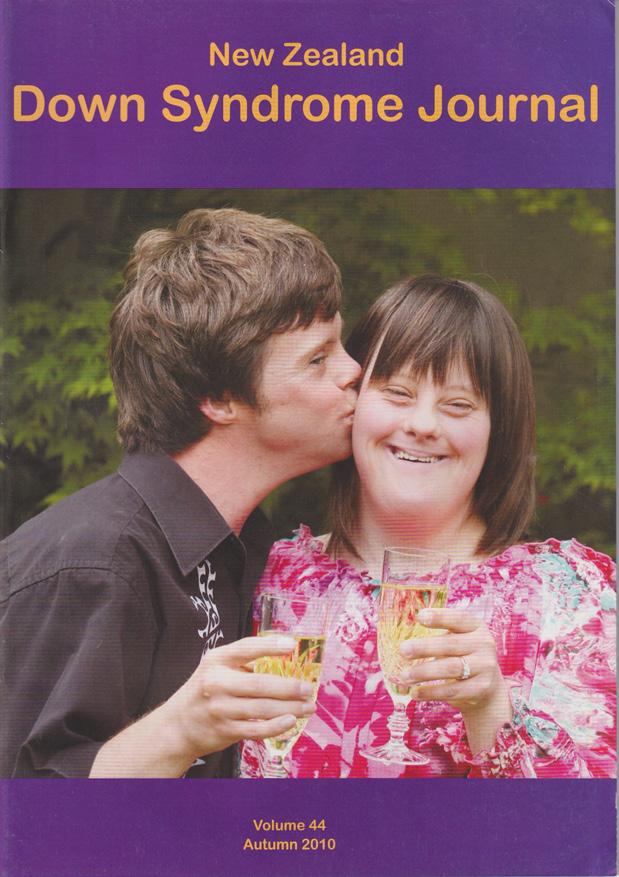
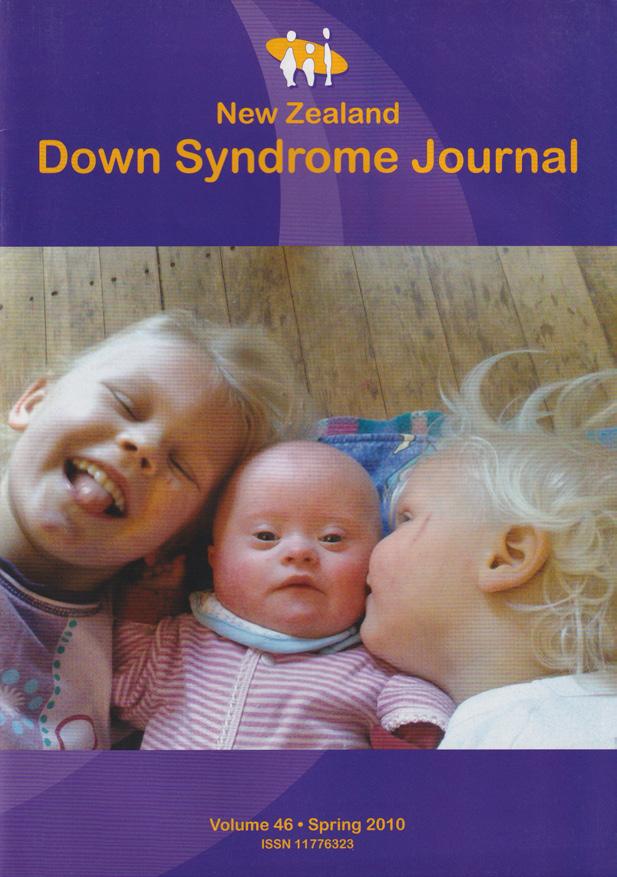
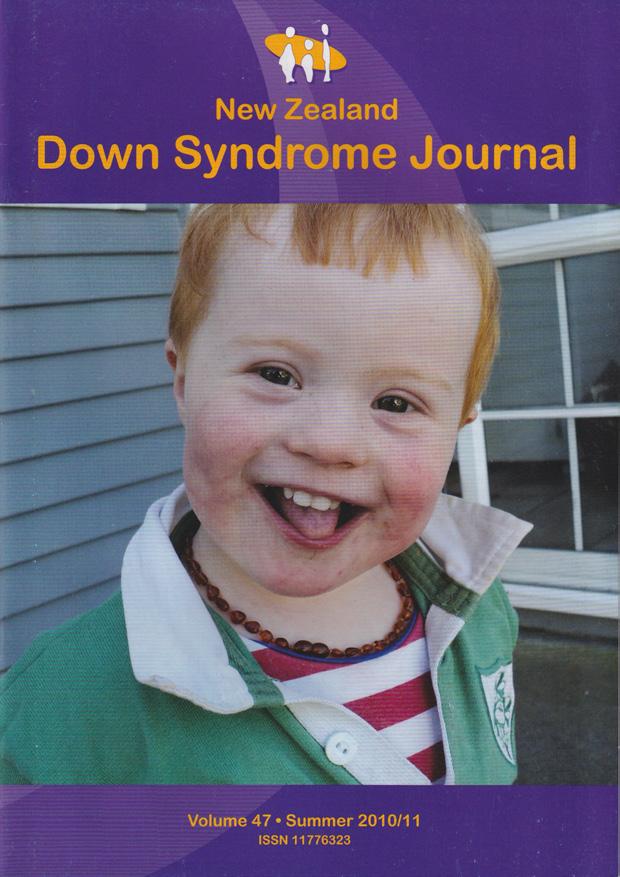

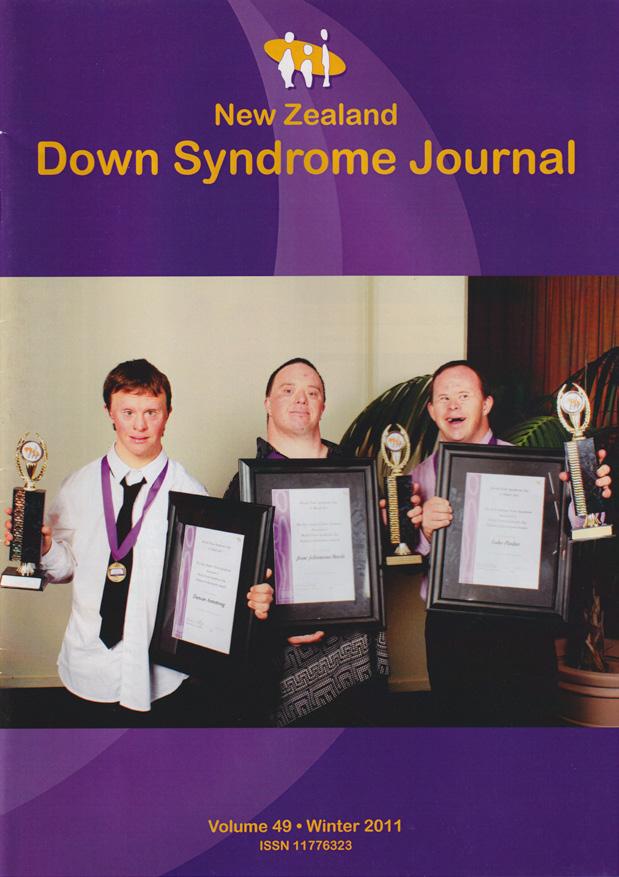
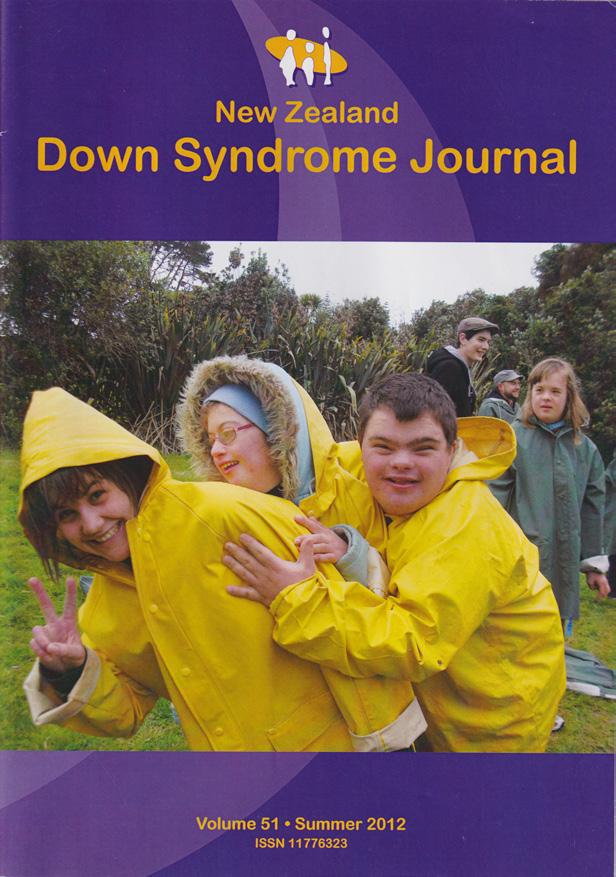
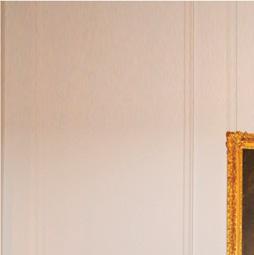
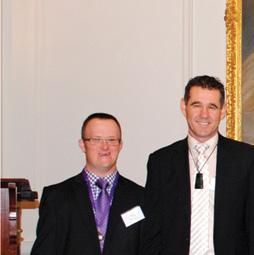
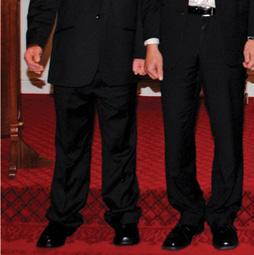
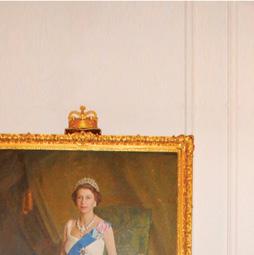
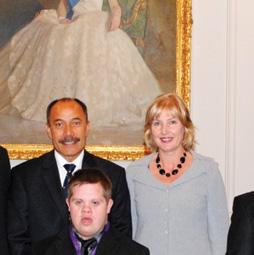
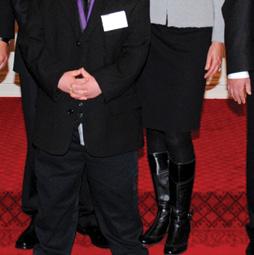




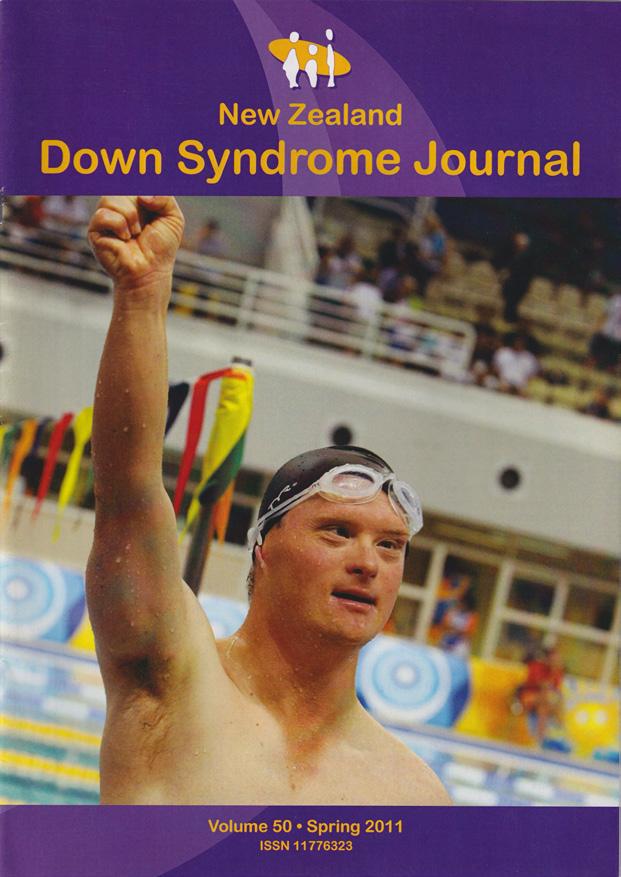
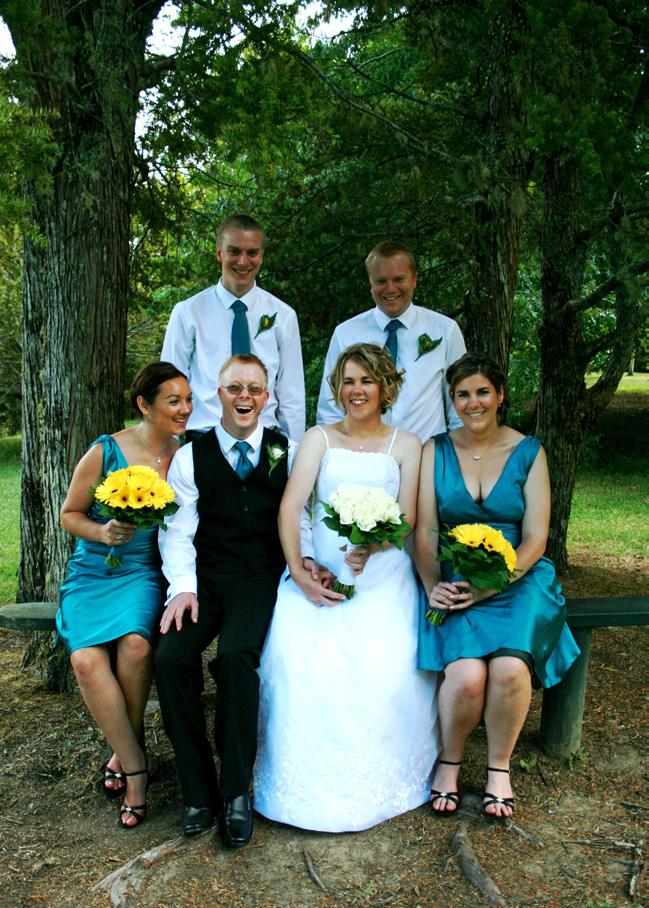

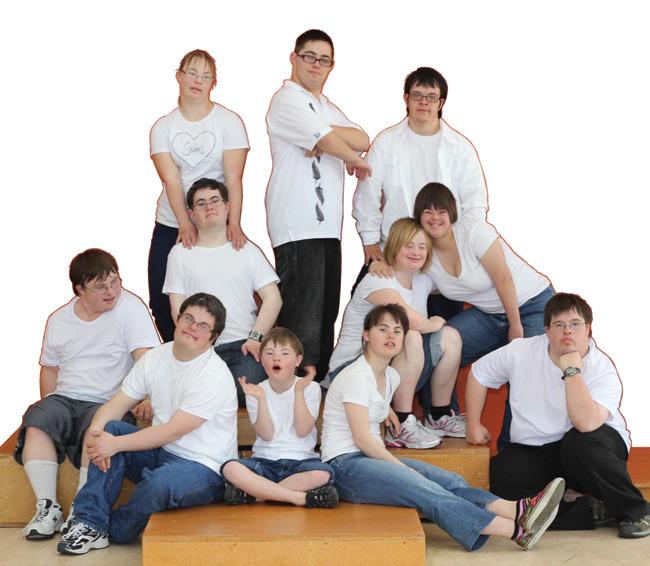
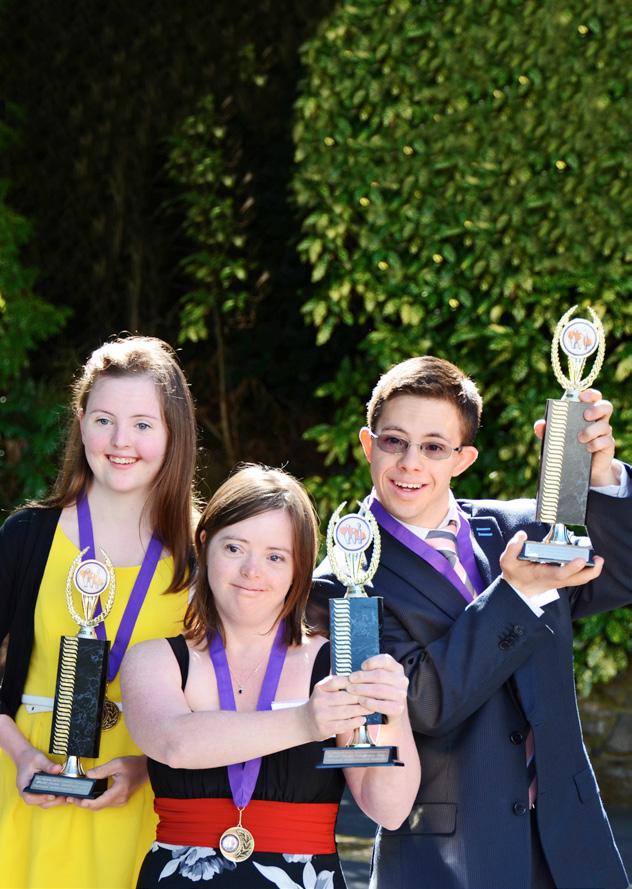
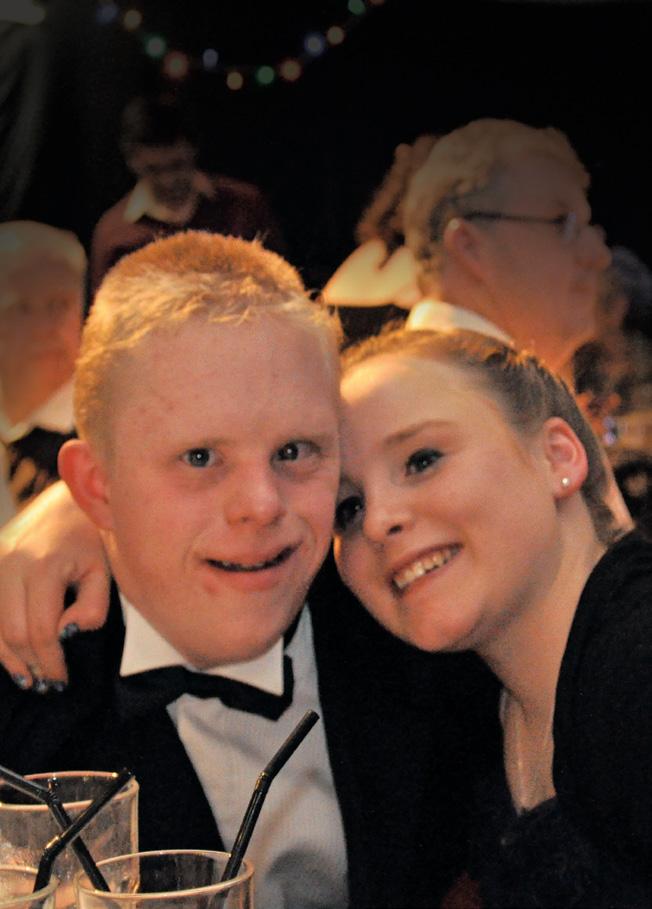
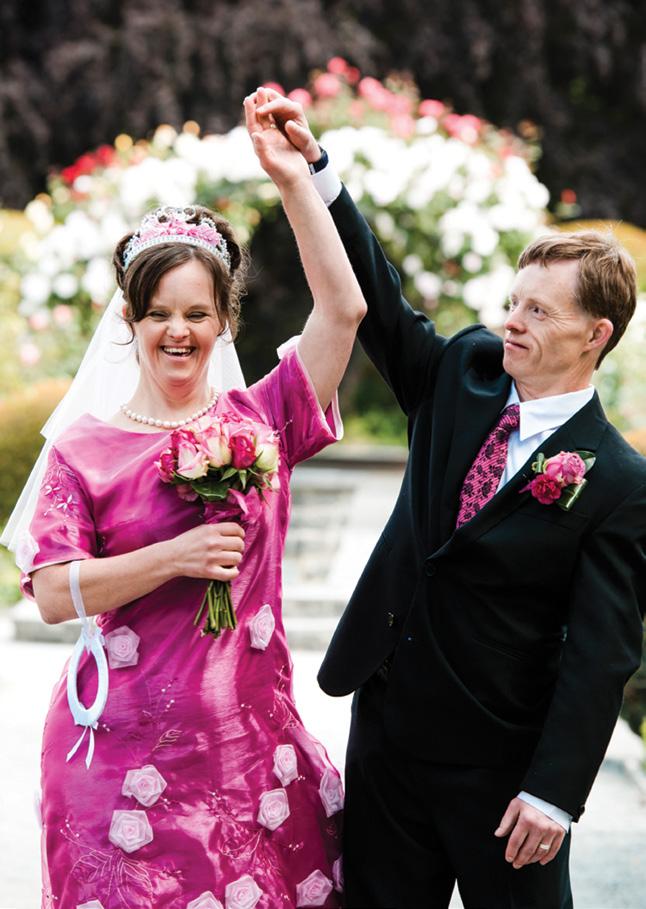
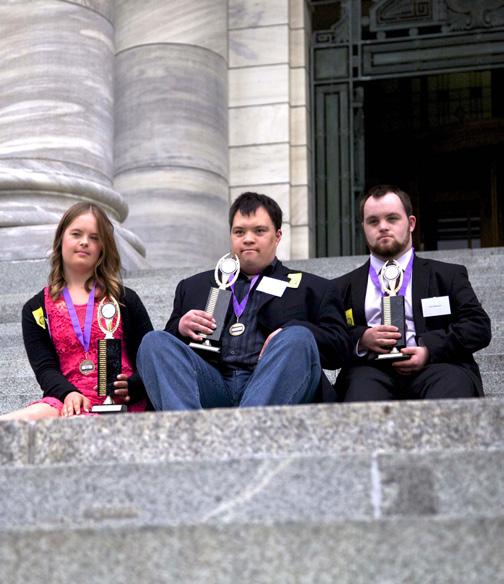
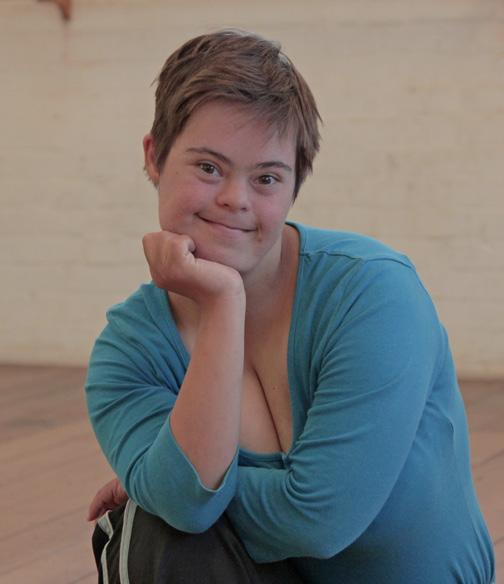
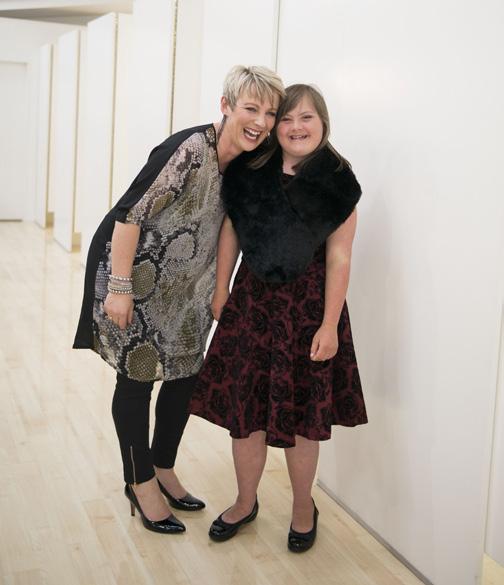
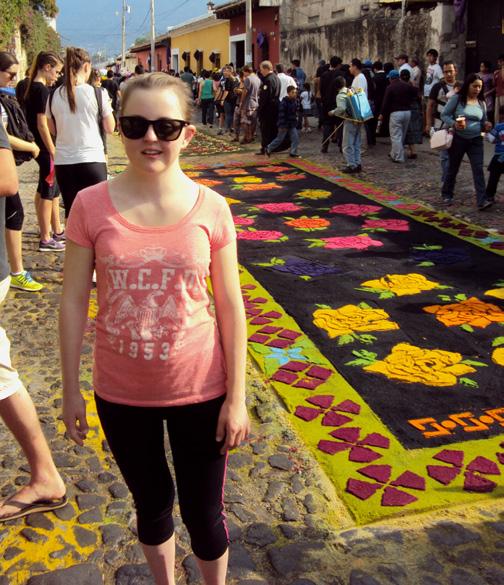
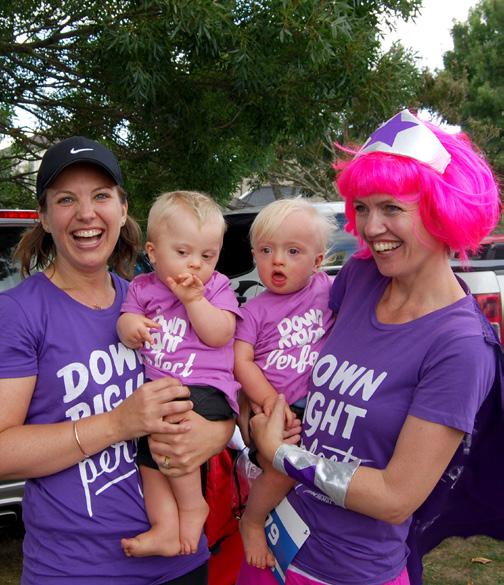
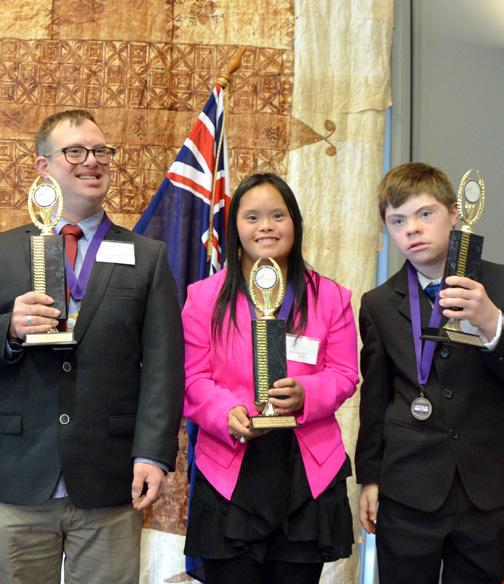
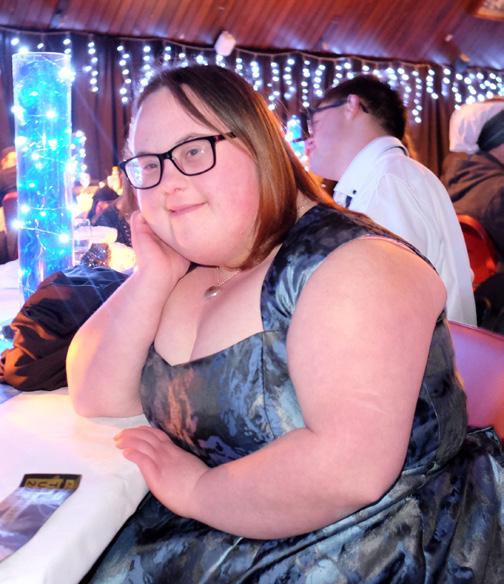
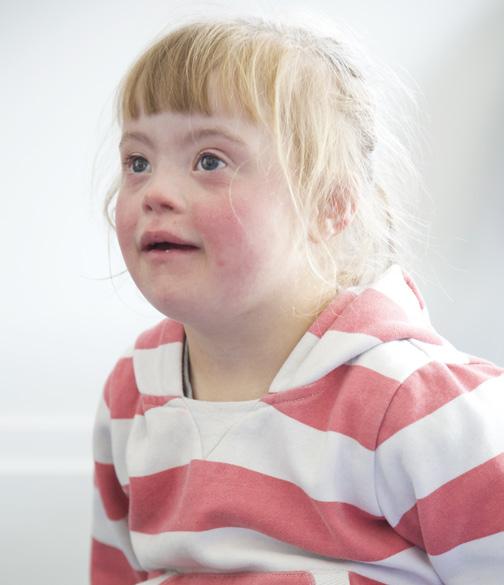
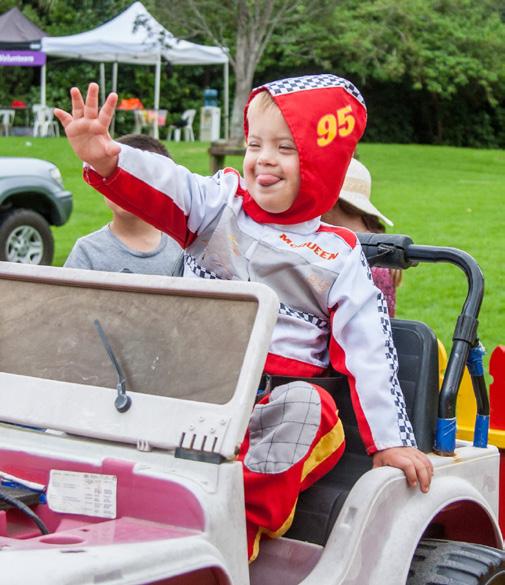
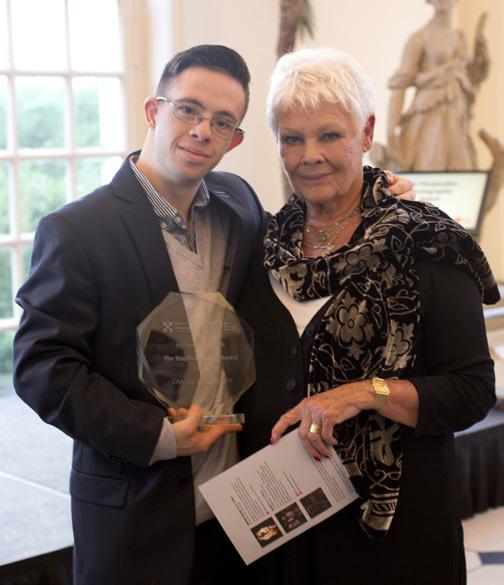

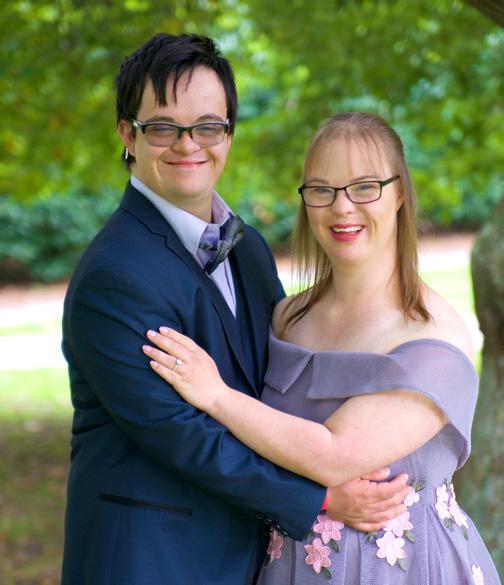
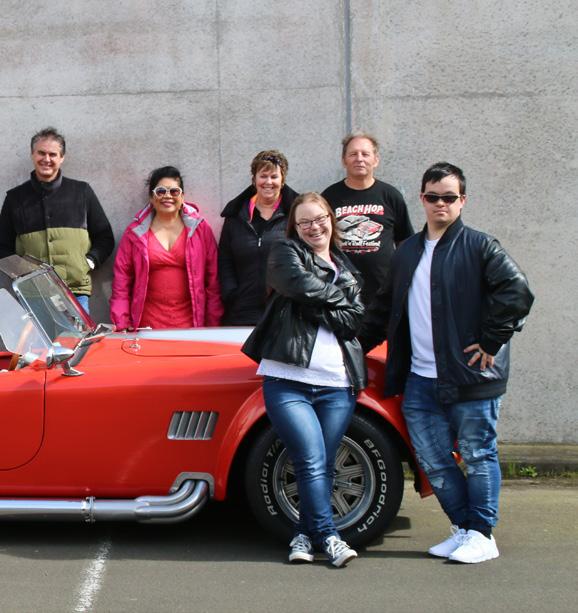

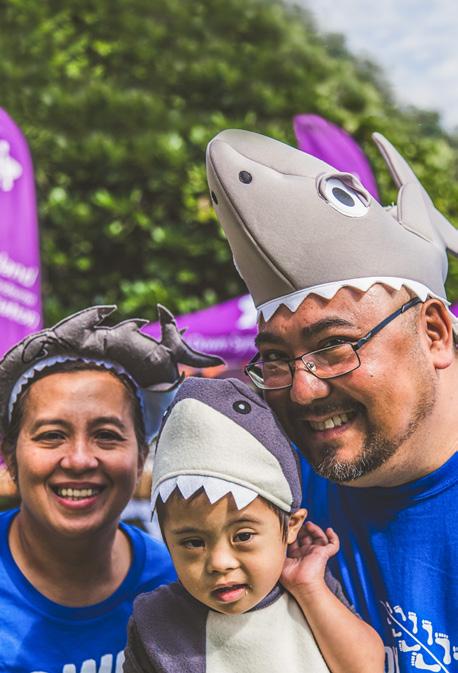
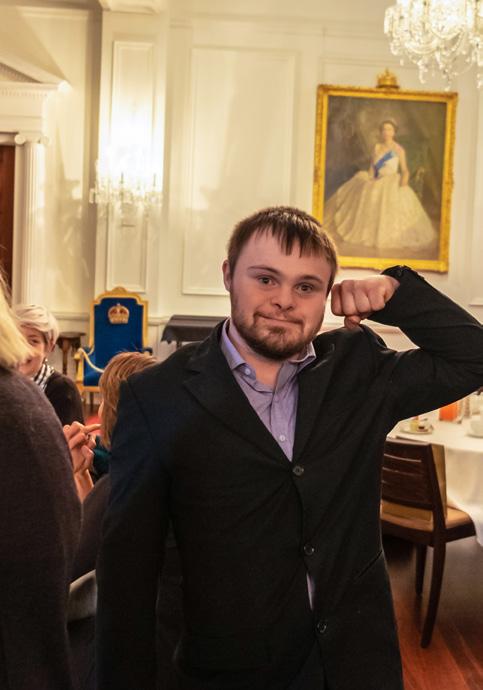
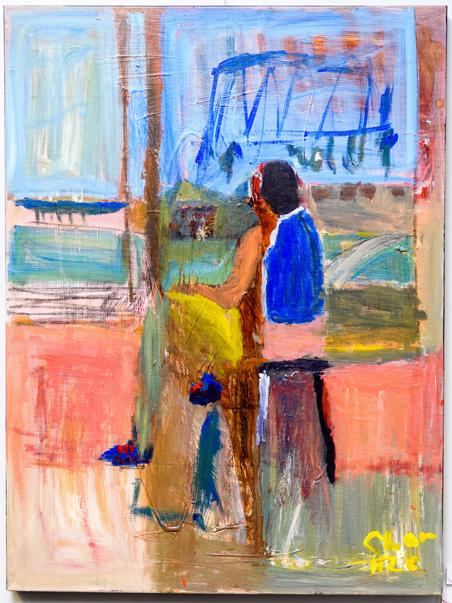
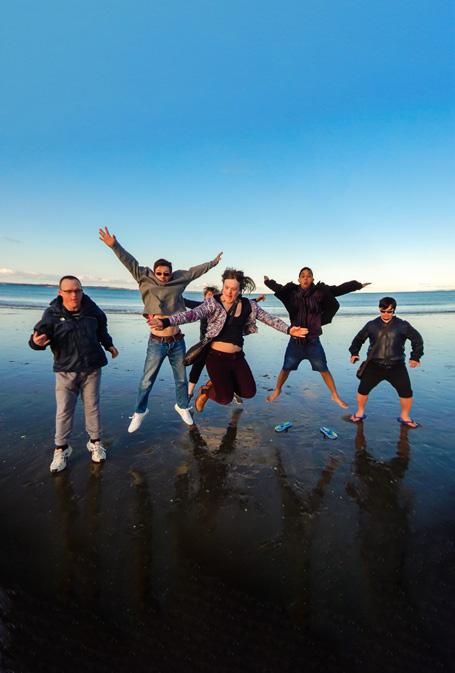
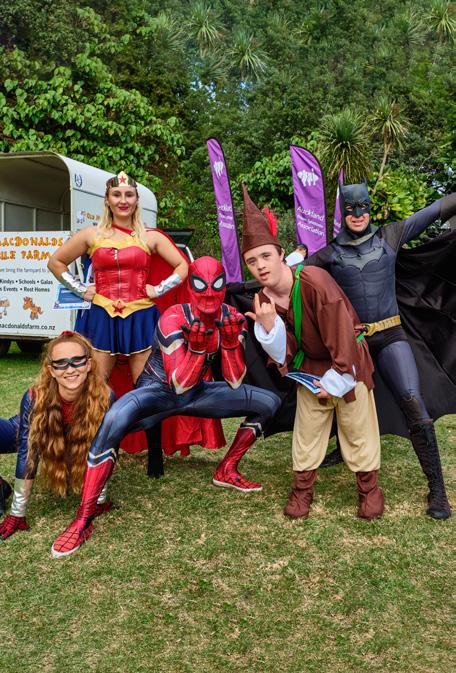
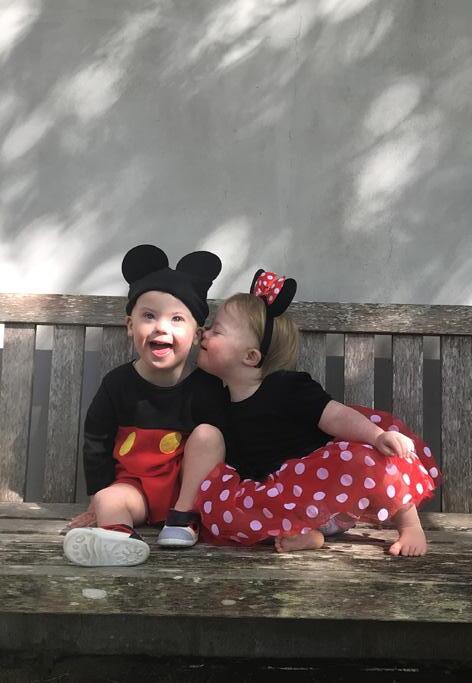
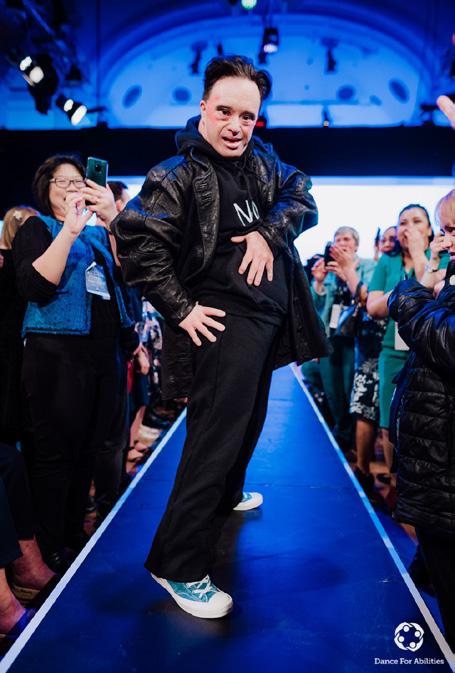

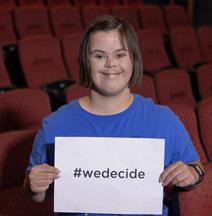
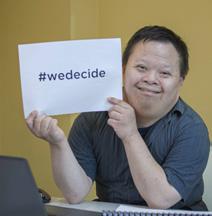
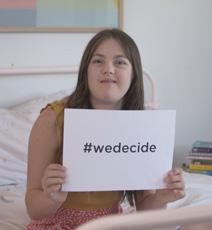

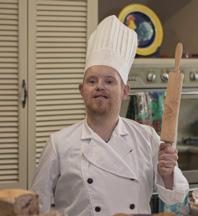
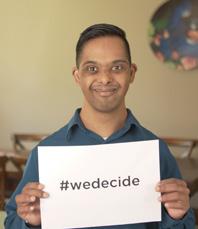
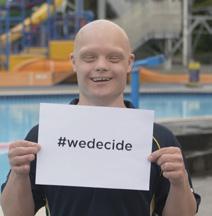

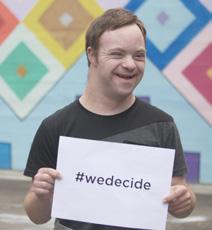
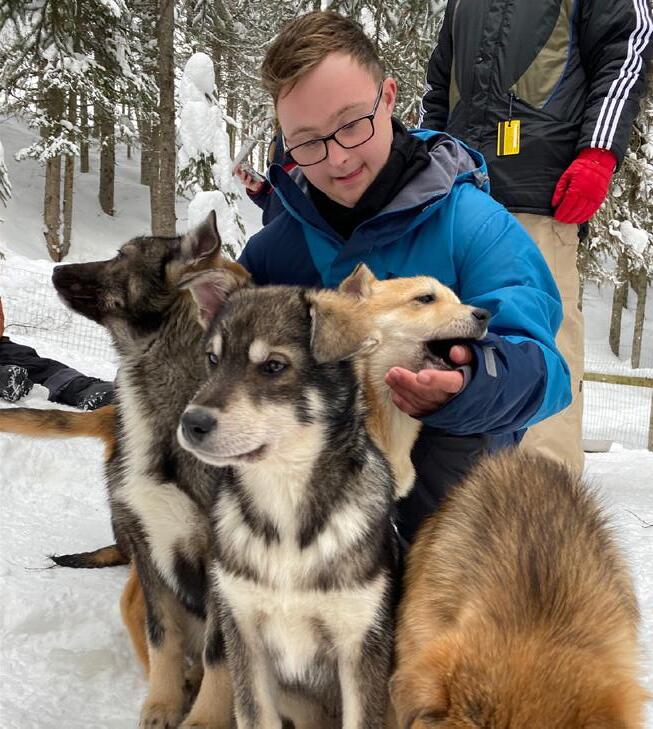


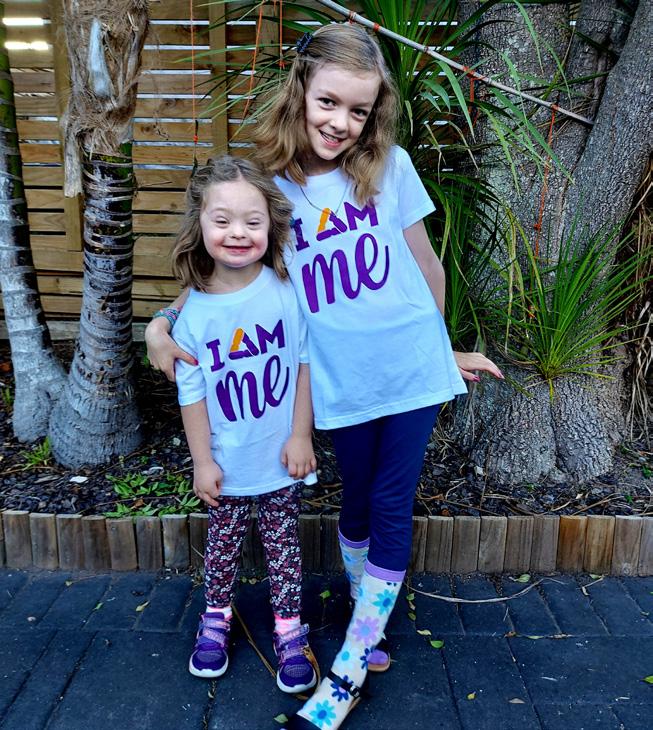
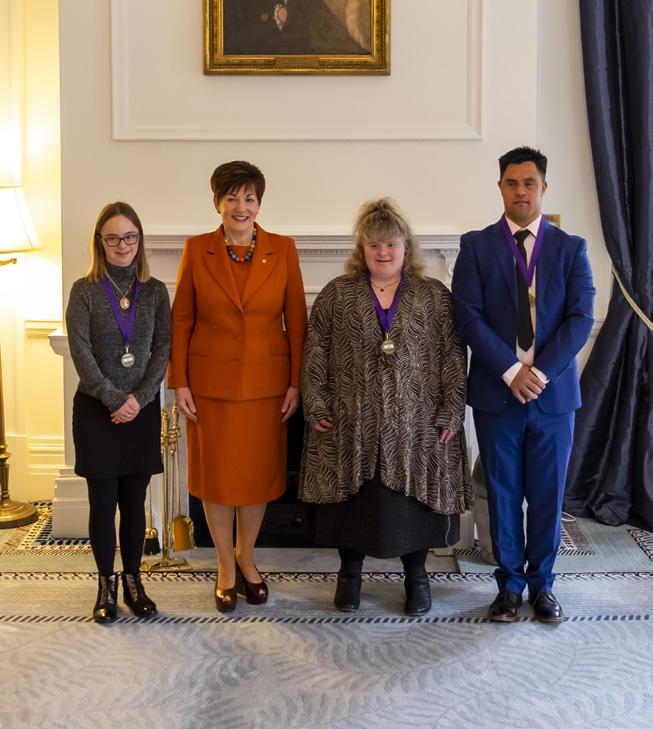
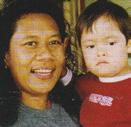

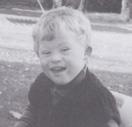

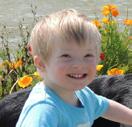
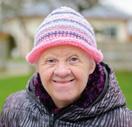

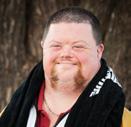
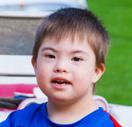


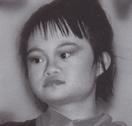




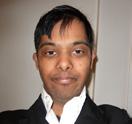
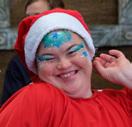
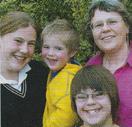
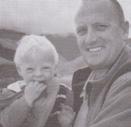


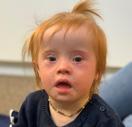
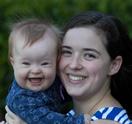

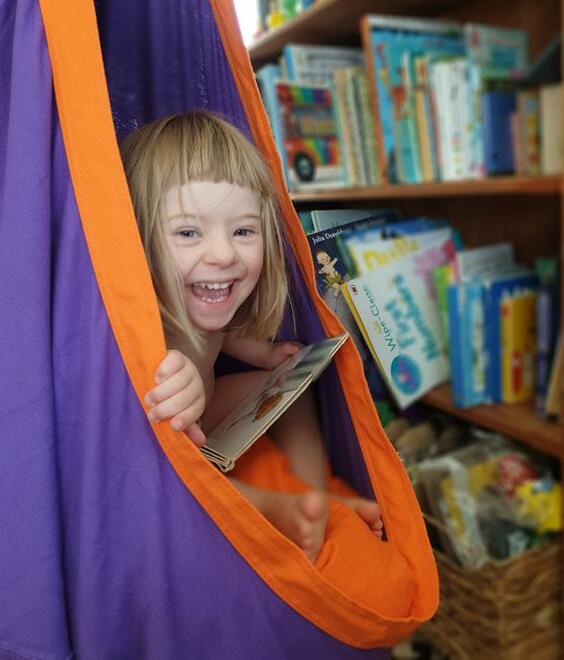
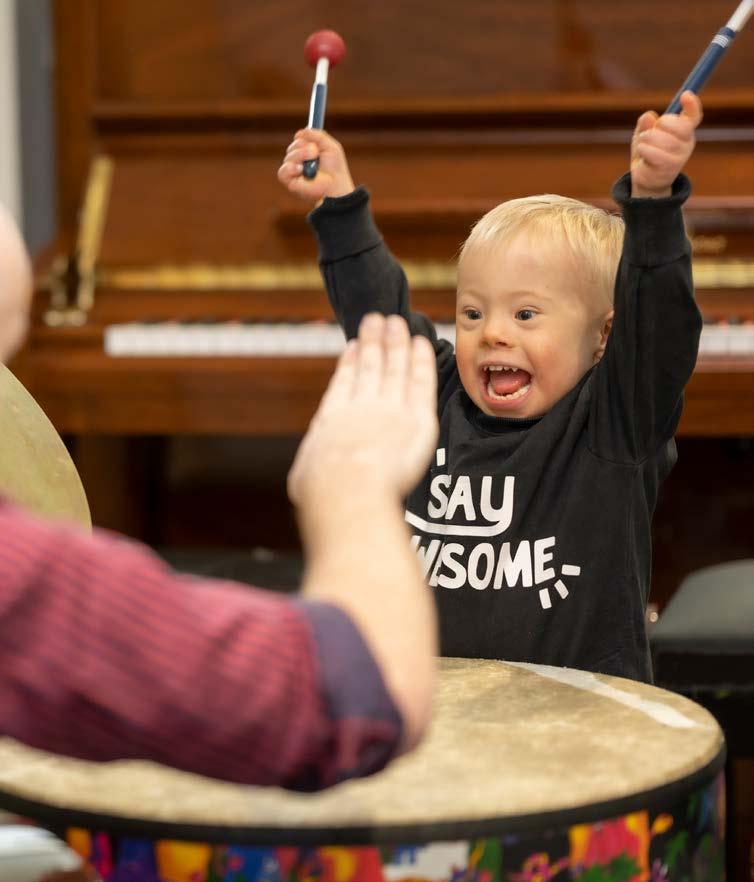
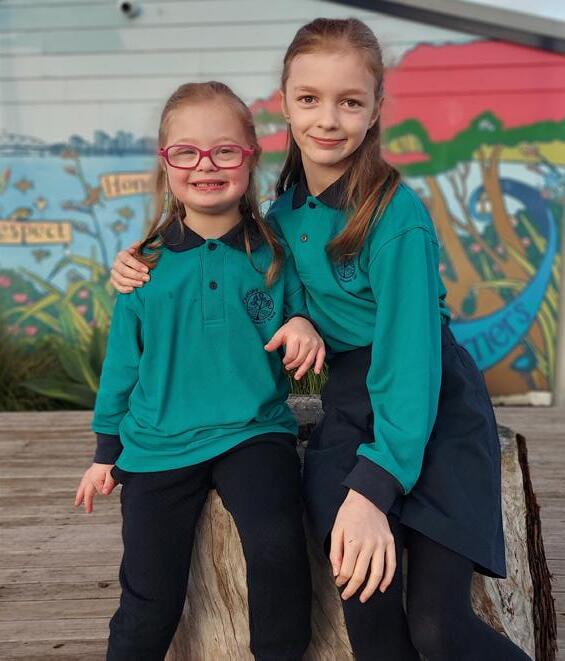
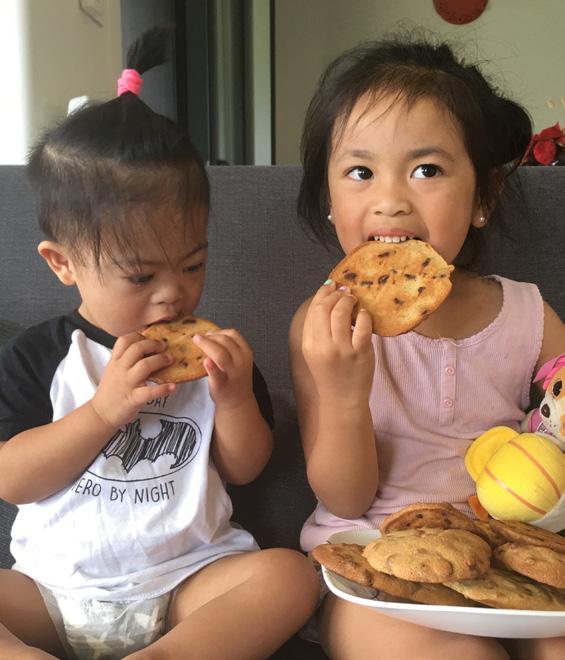
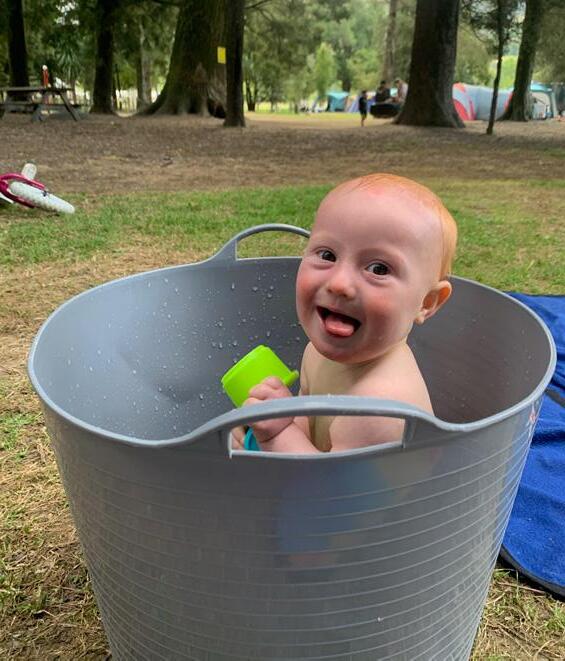
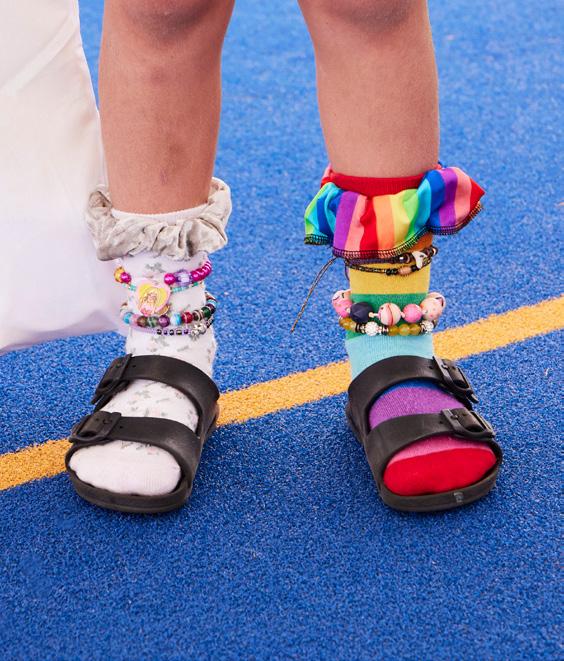
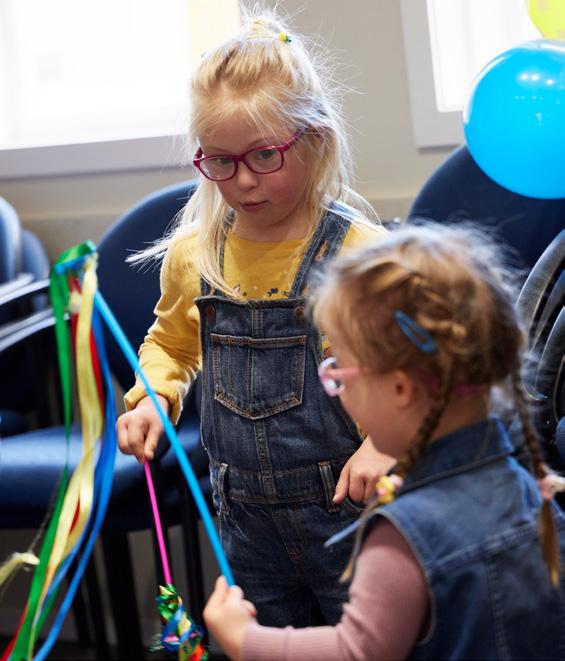

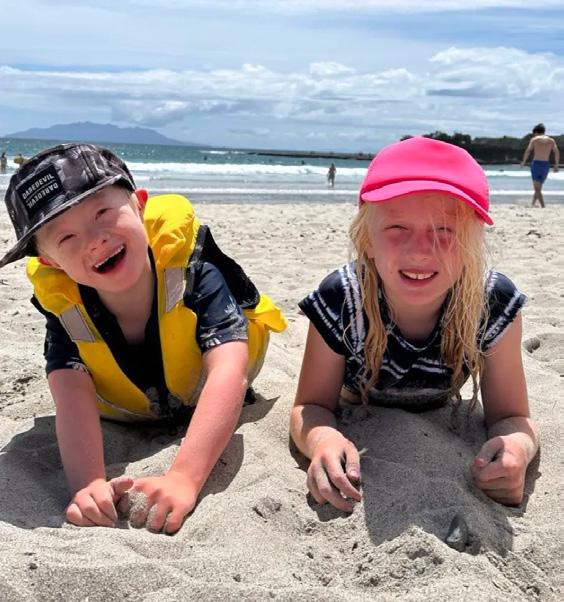
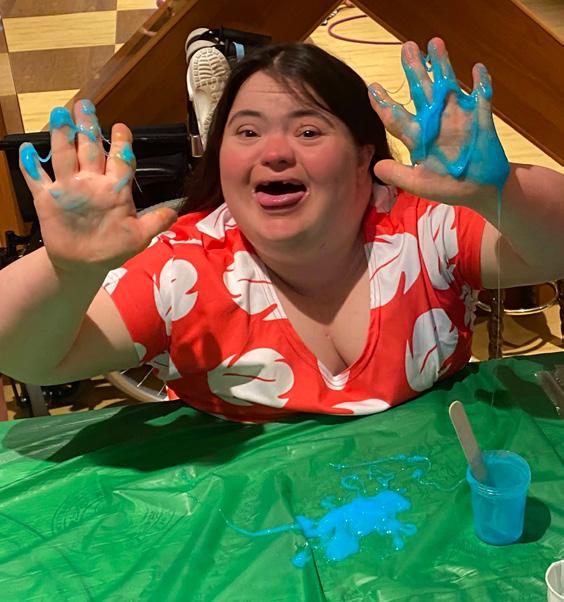
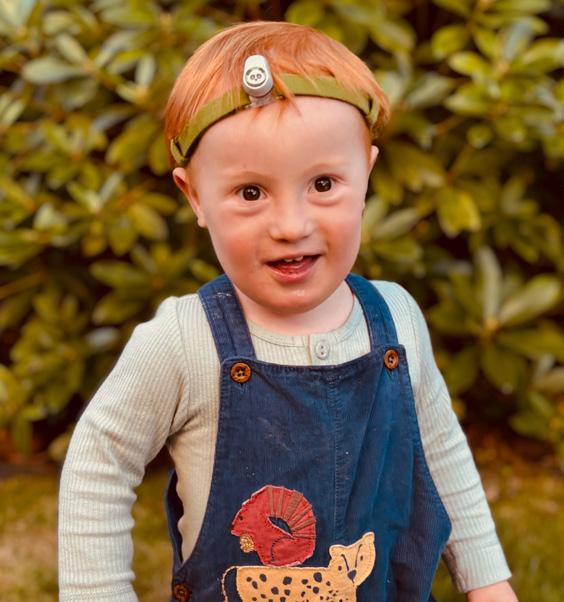
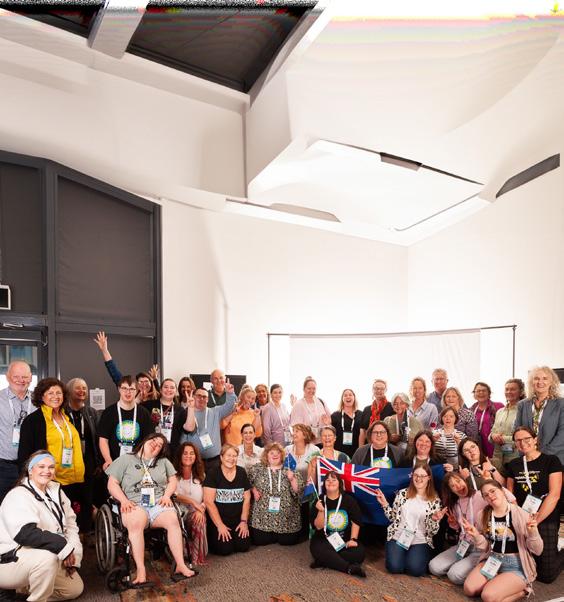

In celebration of CHAT 21’s 100th issue, the NZDSA staff and the STRIVE crew have come up with 100 things to know about Down syndrome. How many did you know already?
Down syndrome is named after the 19th century English doctor, who identified it as a distinct condition in 1866.
French psychiatrist Jean-Etienne Dominique Esquirol and his countryman, the doctor Edouard Séguin had done earlier work describing Down syndrome – the celebration of Langdon Down over these two can be a bit controversial!
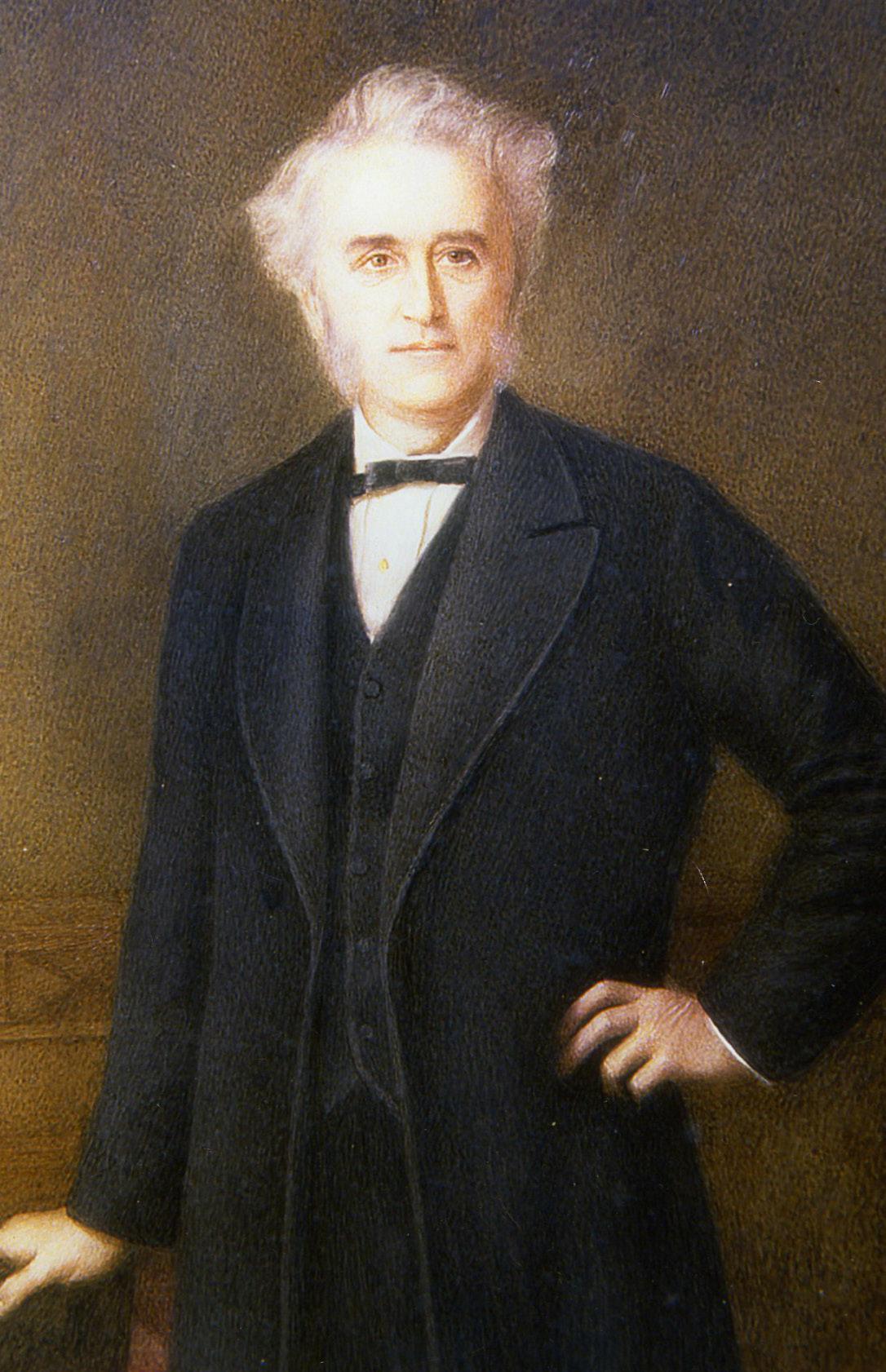
3

4
Most of the English-speaking world calls it Down syndrome but in the UK it’s called Down’s syndrome. That’s why you might see it shortened to either Down’s or Downs. If you see it with the apostrophe it’s probably on something from the UK.
The te reo Māori for Down syndrome is “mate pūira kehe” which translates roughly to “condition of the oddnumbered chromosome”.
5
6
This year, archaeologists discovered a fossilised skull of a Neanderthal child of about 6 with Down syndrome who lived about 273,000 years ago.
There is evidence of an infant with Down syndrome from 3,200 BC at Pulnabrone dolmen in Ireland.
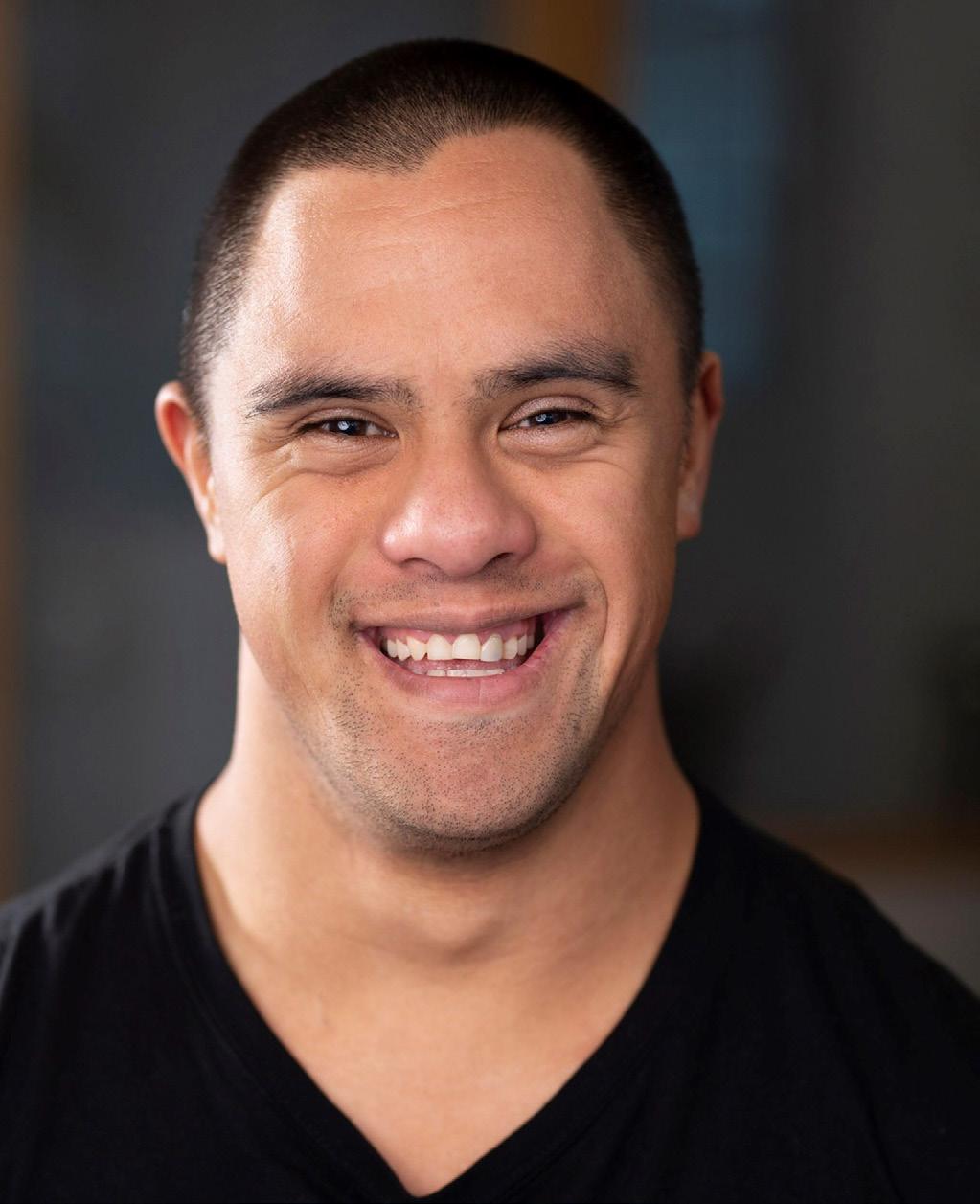
Celebrating 100
100 things about Down syndrome
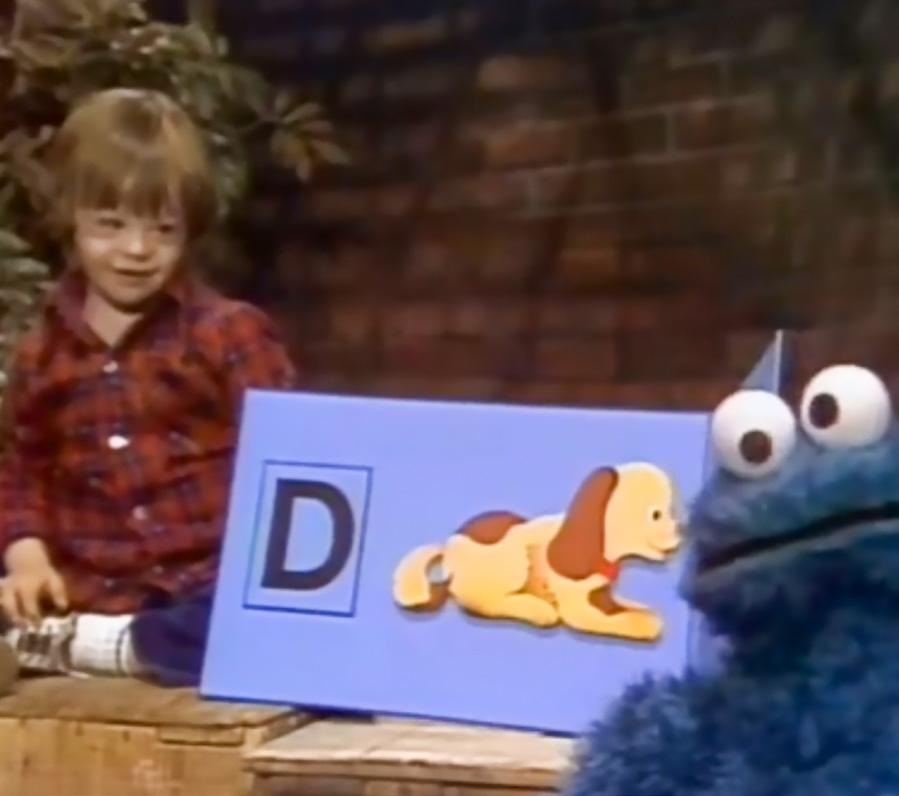
7
Some pre-Columbian pottery in Colombia and Ecaudor is also thought to portray people with Down syndrome
8
9
10
The sixteenth-century Flemish painting, The Adoration of the Christ Child, is thought to depict a child with Down syndrome. These all demonstrate that Down syndrome and people who love people with Down syndrome has been with us for hundreds of thousands of years.
11
Jason Kingsley first appeared on Sesame Street in 1975 and appeared in over 50 episodes.
Other performers with Down syndrome have appeared in films like An Irish Goodbye, The Peanut Butter Falcon, and Yo, Tambien and TV shows like Glee, Shortland Street, Coronation Street and loads of others.
Down syndrome is caused by a third copy of the 21st chromosome (most people have only two).
18

There are three forms: trisomy 21, translocation Down syndrome, and mosaic Down syndrome.
19 15
There are about as many people with Down syndrome in the world as there are people in New Zealand (around 5 million).
22 14
One characteristic is a bent fifth finger tip.
People with Down syndrome are more resistant to tooth decay (but not immune –everyone needs to brush their teeth!)
21 17
In the 1960s, the average life expectancy of a person with Down syndrome was 10.
13 20 16 23 12
In 2007, the average life expectancy of a person with Down syndrome in the developed world is around 60.
Only humans can have Down syndrome because each different type of animal has a different number of chromosomes. But other trisomies can be present in animals which can have a similar impact. People of all ethnicities can have Down syndrome.
Most babies with Down syndrome are born to mothers who are younger than 35.
Having said that, the chances of having a baby with Down syndrome do increase the older the mother is from 1 in 1,000 for a 30-year-old to 1 in 100 for a 40-year-old for example.
Translocation Down syndrome is the only kind that runs in families. This represents about 4% of the total cases.
World Down Syndrome Day is March 21 (because 21/3)

The first World Down Syndrome Day was celebrated in 2006 in Palmerston North, at the Mayor’s office, with 21 guests at 3pm.
October is Down Syndrome Awareness Month.
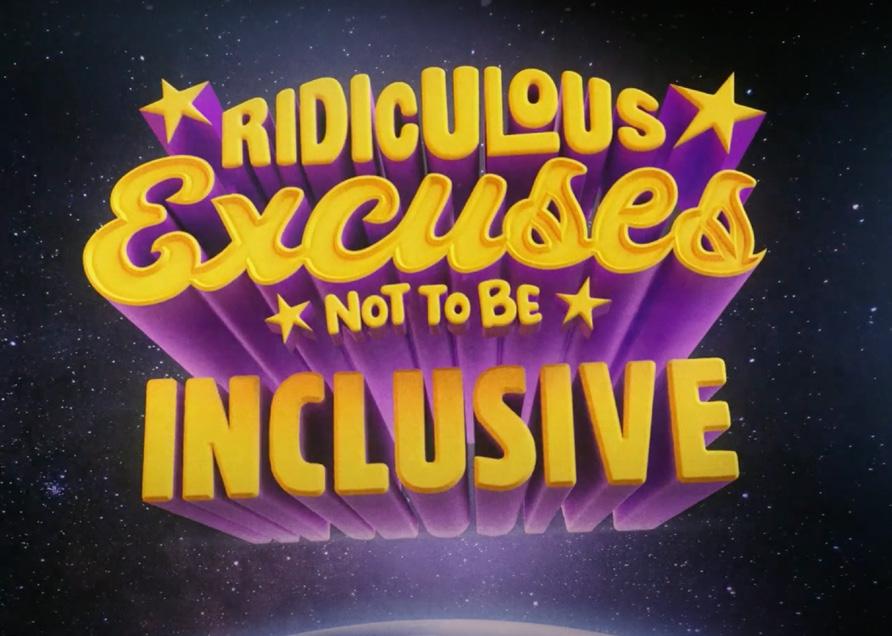
The first awareness video to mark World Down Syndrome Day, Dear Future, was released in 2016.
In 2021, the NZDSA embraced technology to host The Big Connect to mark World Down Syndrome Day.
In 2023, the NZDSA collaborated with COOR Down on the international video campaign to raise awareness for World Down Syndrome Day.
It is a myth that people with Down syndrome are always happy.

It is a myth that everyone with Down syndrome loves music (but check out #90!).
People with Down syndrome can drive.
People with Down syndrome can be leaders.
People with Down syndrome can go flatting.
38 35
People with Down syndrome can have romantic relationships.
36 33 32
People with Down syndrome can work.
37
People with Down syndrome can study.
People with Down syndrome can volunteer.
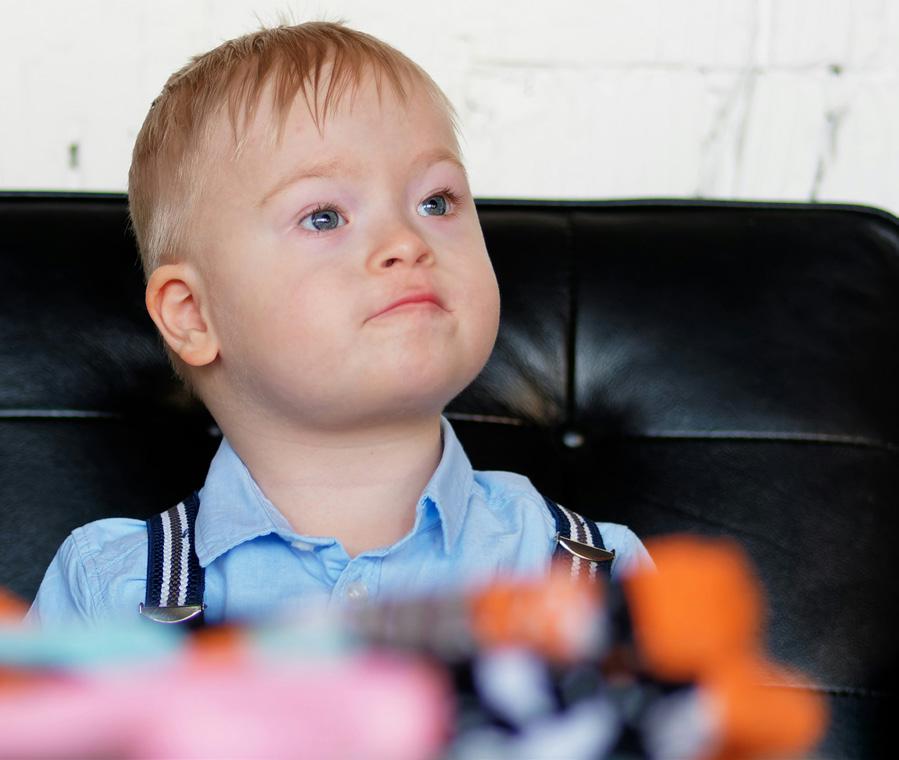

People with Down syndrome can participate in sports.

41
People with Down syndrome can be TV stars.
People with Down syndrome can be business owners.
People with Down syndrome can be great friends.
People with Down syndrome have a wide range of experiences, personalities, and interests there is no single story that defines them.
48 40 39 44 43 47 42 46 49
The NZDSA was established in 1981.
45
The NZDSA will be 44 years old in 2025.
The current President is Gwen Matchitt.
The NZDSA was first incorporated under the Incorporated Societies Act 1908 on April 4th, 2000.
It was re-registered under the Incorporated Societies Act 2022 on October 17th, 2024.
In May 2008, the NZDSA registered with the Charities Commission to meet compliance requirements.
The NZDSA’s current logo was adopted in 2013.

We don’t receive grant funding from the government.
All the National Committee members and all staff are parents or whānau of someone with Down syndrome.
We have a virtual national office, with the national team members working from home.
We were established by parents and continue to be a parent whānau organisation.
Linda te Kaat, the NZDSA National Administrator and Finance Officer, will celebrate her 20th anniversary of working for the NZDSA in February 2025.
In 2005, the role of National Coordinator changed to National Executive Officer, increasing the scope and responsibilities of the role.
57
52 59 55 62 51 50 58 54 61 53 60 56 63
2005 started work on the “Rules of Affiliation of the New Zealand Down Syndrome Association Incorporated (NZDSA)” and finalised and refined in 2007
In 2006, the NZDSA moved its financial operations from the Treasurer’s role to the national office and began modernising its infrastructure.
In 2007, staff took on more responsibility for securing funding for operations.
In 2006, we celebrated our 25th anniversary at Government House. The NZDSA moved from a working committee to a governance model, with a more strategic planning approach to support members across New Zealand.
In 2006 we started a Numicon role out in New Zealand and this continued over a number of years and now these kits are available for annual loan to our members.
The NZDSA free phone number is 0800 693 724.
The first forum was held in Palmerston North in 2004, and the last forum, Altogether, took place in Auckland in 2014.
66 69 65 64 68 67 70
The first Virtual Conference was held in 2020.

Staff are employed in the regions of Northland, Auckland, New Plymouth, and Christchurch.
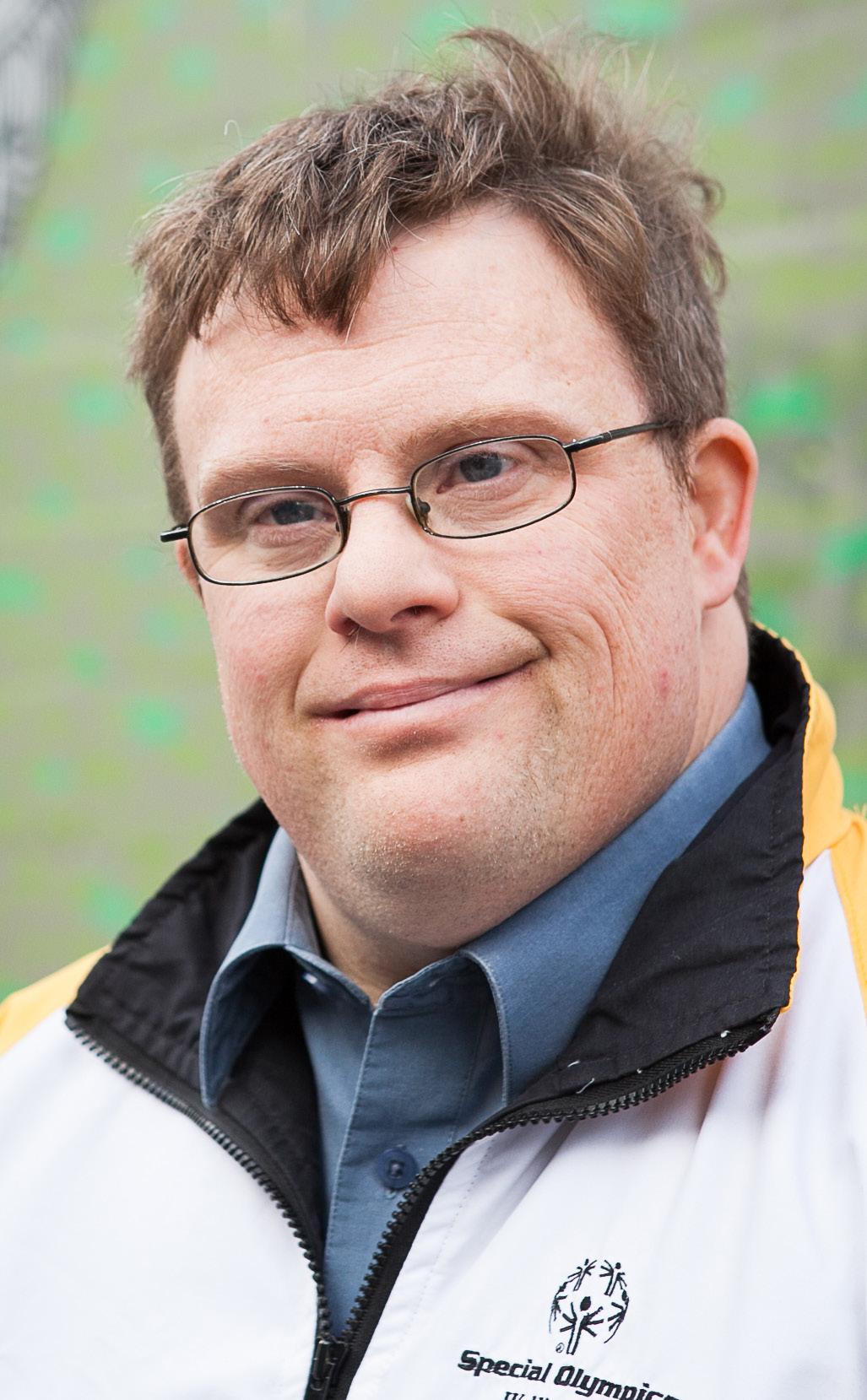
Life-time awards have been given to Colleen Brown, Merrill Holdsworth, and Paul Gibson.
In 2021, Michael Holdsworth was made a member of the New Zealand Order of Merit during the Queen’s Birthday Honours.
In 2006, Colleen Brown was awarded Life Membership at the NZDSA’s 25th celebration, hosted by Her Excellency, the Governor General, Dame Silvia Cartwright.
In 2007, His Excellency the Governor-General, Sir Anand Satyanand, accepted the invitation to be the patron of the NZDSA. The sitting Governor-General has held this role ever since.
This is our magazine, CHAT 21’s 100th edition! Celebrating
The first workshop for people with Down syndrome, called the LINK workshop, was hosted in 2005 in Nelson.

The first Self-Advocacy workshop was held in Christchurch in November 2009. We support STRIVE, a selfadvocacy and leadership group for people with Down syndrome, which was established in 2012 in Invercargill.

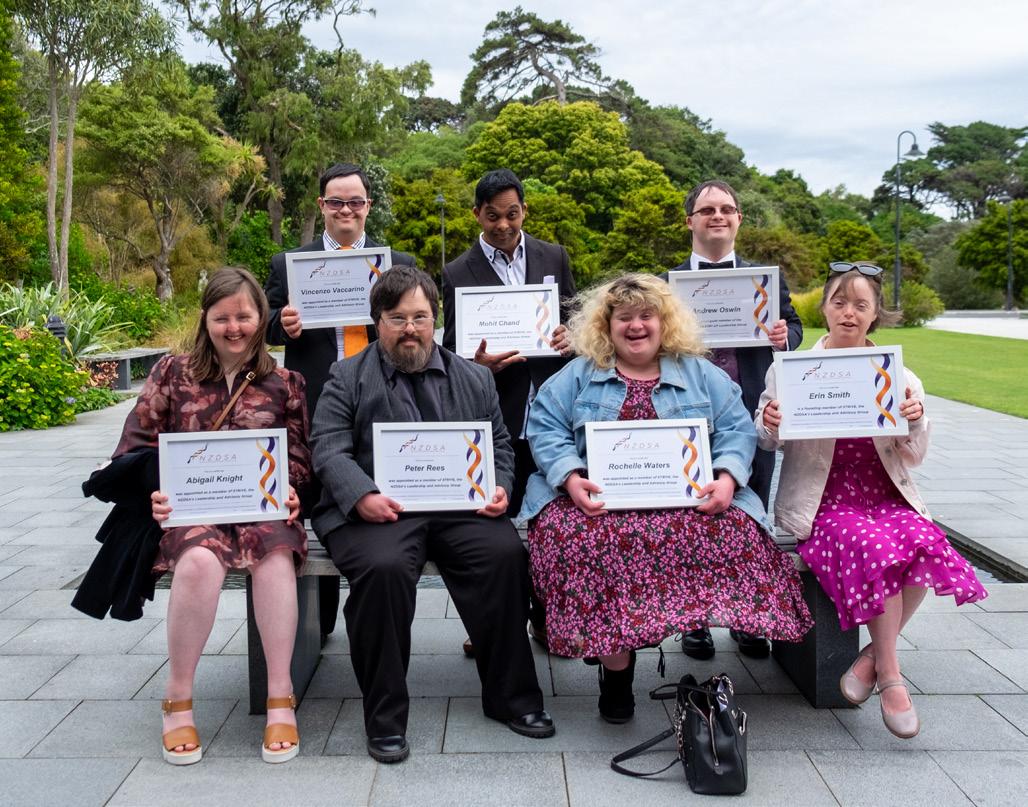
74 77
78 75
STEP-UP was established in 2022.
76
STRIVE has written an education and health declaration.
The first outdoor camp was held in 2011 at Merc.
The first family camp, including youth with additional support needs, was held in 2013.
Ron Wills (editor of the NZDSA newsletter, prior to CHAT 21)

82 81
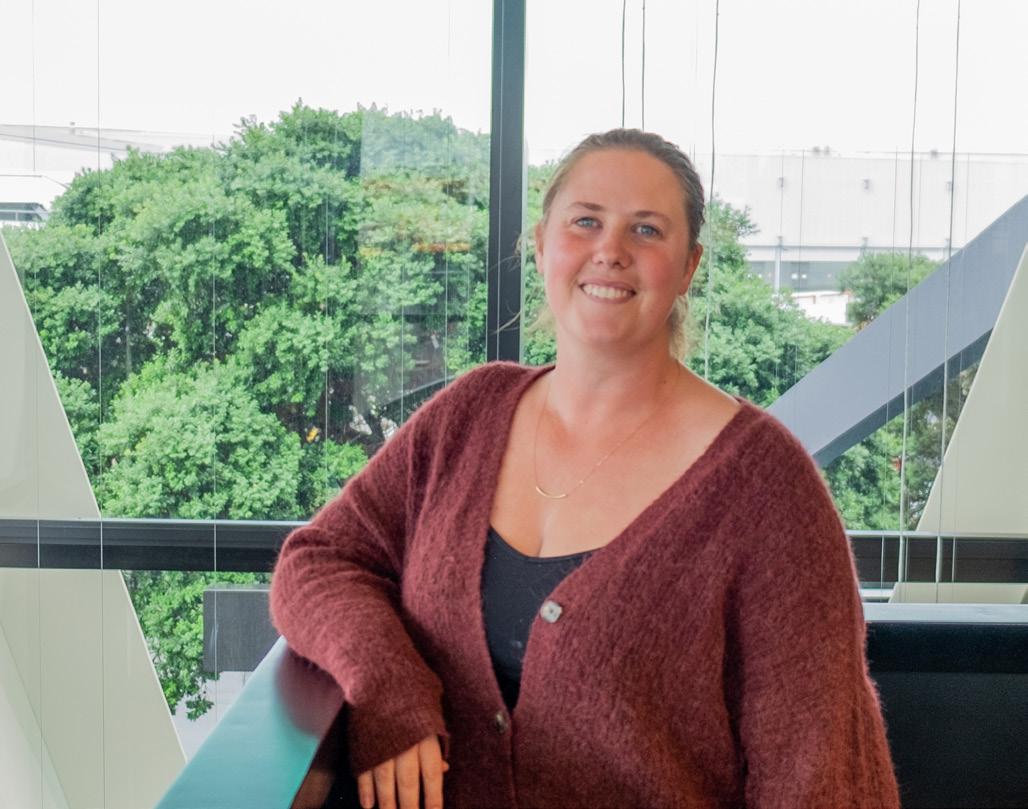
83

84
85

86
87
88
89 91
Research into Down syndrome continues to improve understanding and treatments, with new advances in therapies and support. Music therapy can be beneficial for improving cognitive and emotional skills in people with Down syndrome.
90 92
Early intervention programs, such as speech and physical therapy, can improve developmental outcomes.
A positive attitude and mindset are important factors in helping individuals with Down syndrome achieve their goals.
Healthcare screenings and early diagnosis lead to better long-term health outcomes for people with Down syndrome.
Social inclusion and integration in education and work improve the quality of life for people with Down syndrome and are also thought to play a key role in improved life expectancy.

95
Legal protections exist to ensure the rights of people with Down syndrome in education, employment, and healthcare.
Research includes studies on cognitive therapies and potential medications to improve brain function.
98 94 93 97 96
A generally growing availability of inclusive programmes in fields such as art, music, and theatre offer important avenues for people with Down syndrome to express themselves creatively.
The same goes for sports and exercise programs which can enhance physical strength, coordination, and overall health for people with Down syndrome.
99
Sibling relationships can be a source of support and love for individuals with Down syndrome – 88% of siblings report feeling like they are better people as a result.
In this issue the IHC library team highlight some of the books and articles in their collection that look at inclusion in the community.
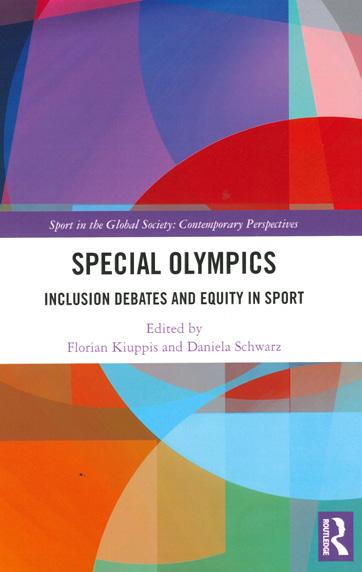
Special Olympics: inclusion debates and equity in sport / edited by Florian Kiuppis and Daniela Schwarz.
Summary: “This book brings together academic work on Special Olympics and specifically on the social inclusion of people with intellectual disabilities in various sport contexts and other areas of life, by ways of both empirical research and theoretically informed papers. Inclusion in sport is a topic that is mostly explored in connection with the participation of people with disabilities in general. In public debates on inclusion and sport in the global society, participation is predominantly discussed in a normative way, e.g., in connection with the campaign The Revolution is Inclusion by Special Olympics, describing it as an “all-out effort to end discrimination against people with intellectual disabilities”. With this international collection, the authors seek to contribute to an interdisciplinary understanding of Special Olympics in Context of Inclusion Debates and establish a foundation for future scholarship. The chapters in this book can contribute to a new research agenda on Special Olympics, particularly participatory approaches. The chapters in this book were originally published in Sport in Society.” – summary provided by the publisher
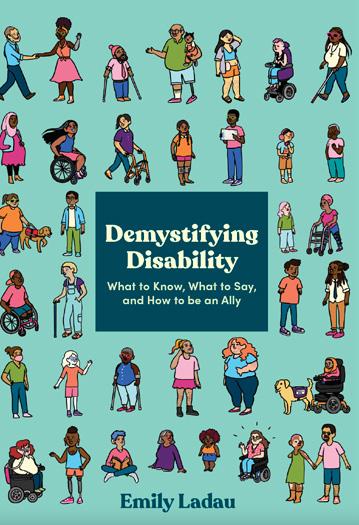
Demystifying disability : what to know, what to say, and how to be an ally
/ by Emily Ladau
Summary: “A guide for how to be a thoughtful, informed ally to disabled people, with actionable steps for what to say and do (and what not to do) and how you can help make the world a more accessible place. People with disabilities are the world’s largest minority, an estimated 15 percent of the global population. But many of us - disabled and nondisabled alike - don’t know how to act, what to say, or how to be an ally to the community. [This book] is a friendly guide to: how to appropriately think, talk and ask about disability, recognising and avoiding ableism, practicing good disability etiquette, ensuring accessibility becomes your standard practice and appreciating disability history and identity.” -- Book Jacket
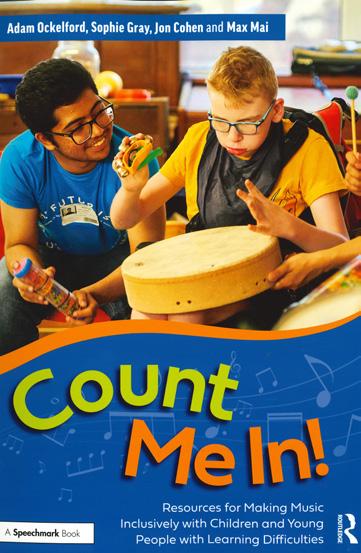
Count me in!: resources for making music inclusively with children and young people with learning difficulties / by Adam Ockelford, Sophie Gray, Jon Cohen, Max Mai.
Summary: “This engaging, practical resource sets out twelve original projects for making music inclusively with children and young people of all ages who have special abilities or needs, including those with profound and multiple learning difficulties, those on the autism spectrum, those who have a vision or hearing impairment, and those with social, emotional, and mental health needs. Created by leaders in the music and special needs field working with music industry professionals, ‘Count Me In!’ includes projects with a wide range of musical styles and genres, and there is an accompanying website with hundreds of freely downloadable audio files. The resource is based on the Sounds of Intent framework, which encourages teachers and others to target activities at their pupils’ and students’ particular levels of musical development. The pieces of music are deconstructed’ into separate activities that are individually targeted at sound-makers, pattern-makers, motif-makers and song-makers so that all young people can join in at the same time. ‘Count Me In!’ is a must-have resource for class teachers, teaching assistants and other non-music-specialist staff supporting children with learning difficulties in special and mainstream schools and colleges, as well as musicians from music services, music hubs and other arts organisations who visit schools. It can be used without needing to be able to read music, though there are scores in simplified and standard notation, as well as chord charts.”— summary provided by the publisher.
Featured article Diversity and inclusion policies in publicly traded New Zealand companies: inclusion of people with intellectual disabilities / by Dhammika (Dave) Guruge
Summary : This study examines how well publicly traded companies in New Zealand are employing people with intellectual disabilities. Researchers reviewed the diversity and inclusion (DI) policies of 163 companies listed on the New Zealand stock market and compared these policies to international standards. The key finding is that only 1.84% of these companies met all the international standards and disclosed information about the number of employees with disabilities. This is the first study of its kind in New Zealand, highlighting the level of inclusivity in New Zealand companies regarding the employment of people with intellectual disabilities. There is also a commentary on the study on pages 27-32 of the journal. Summary provided by the publisher
Tizard Learning Disability Review 28 (1/2) 18-26: 2023. Please contact the IHC library team on 0800 442 442, email them at librarian@ihc. org.nz or visit the online catalogue at https://ihc.mykoha.co.nz/
You can watch the library videos at https://ihc.mykoha.co.nz/cgi-bin/koha/opacmain.pl
And a reminder about their Free Book Scheme that gives a free book to families who have a family member aged 0-24 years who is autistic or who has an intellectual disability. Please check it out at https://ihc.org.nz/ihc-library-free-book
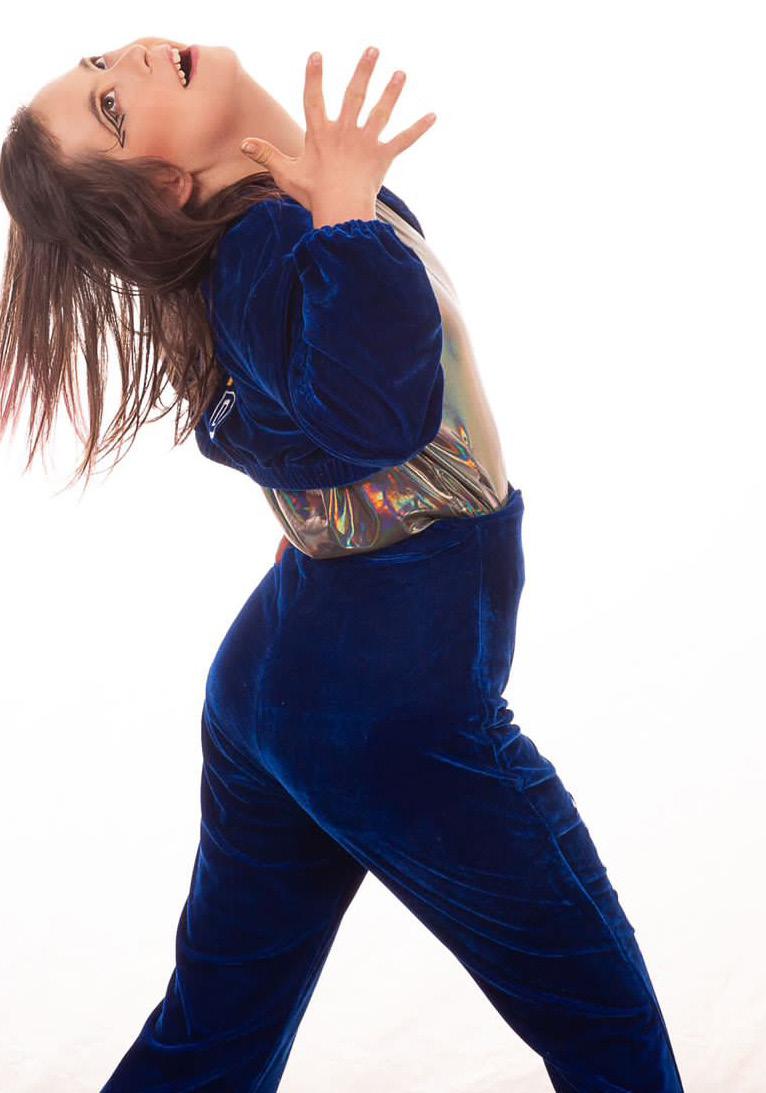

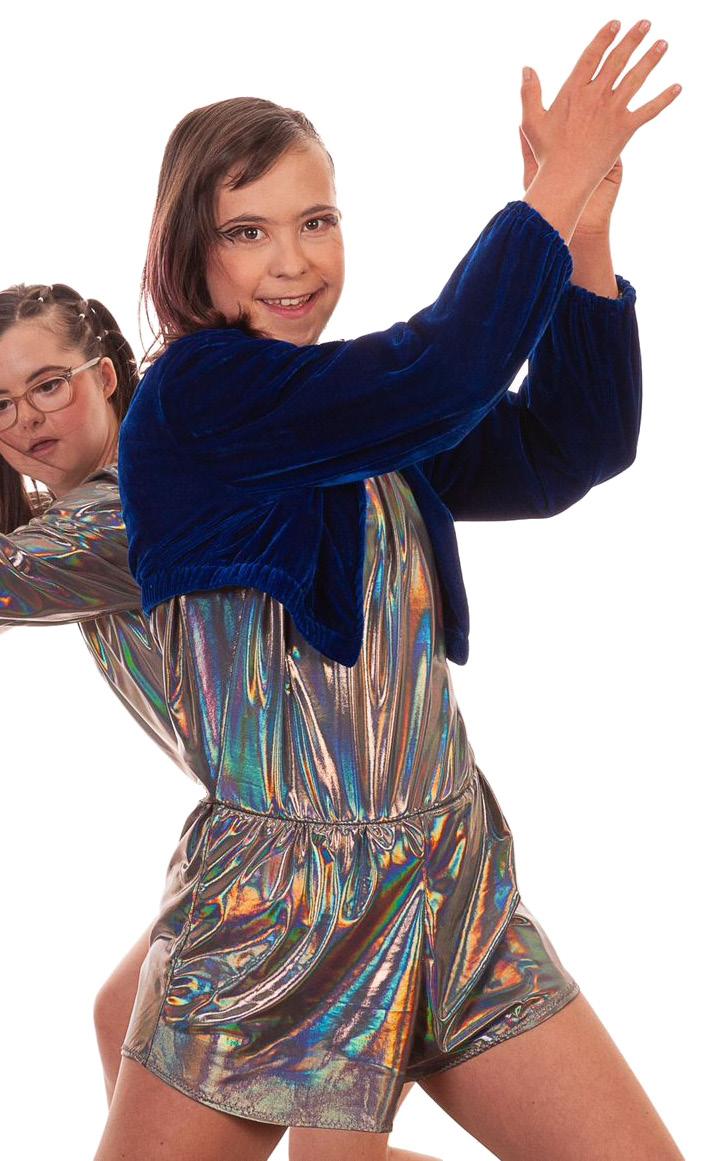
Here is a selection of photos that accompanied the talks and dance the girls gave at the World Down Syndrome Congress in Brisbane. Molly, Molly and Gabes, Molly Kate and Maddie Hale (choreographer, teacher, mentor extraordinaire!)
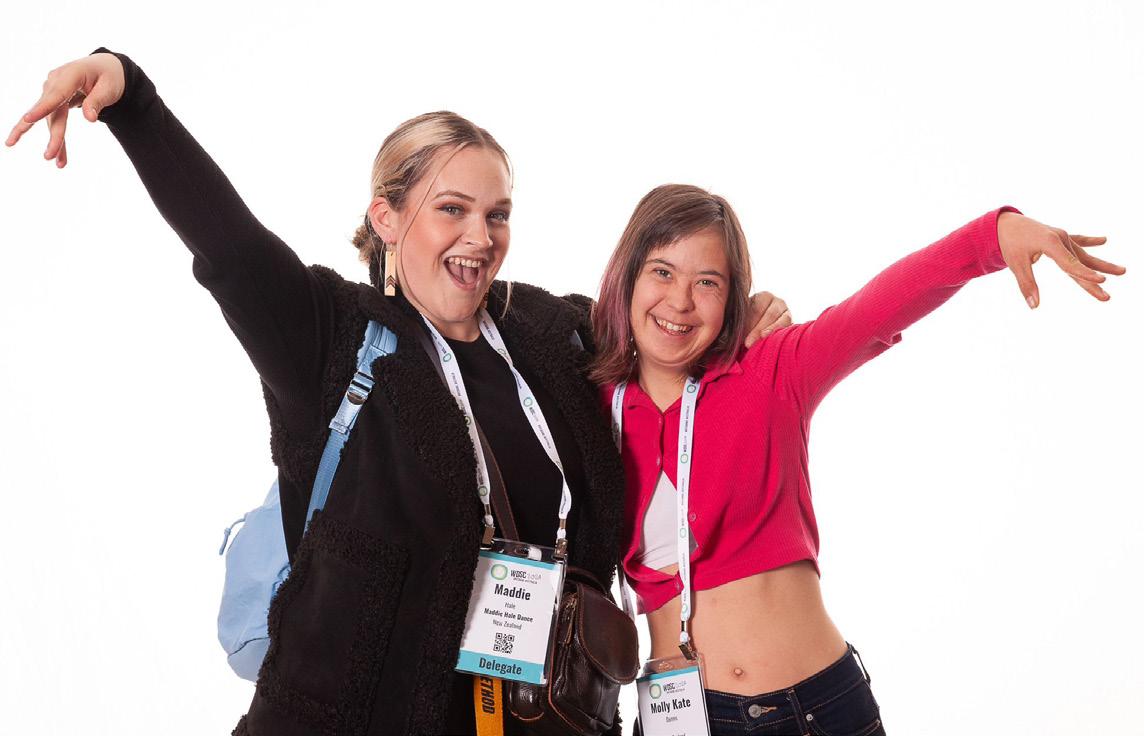
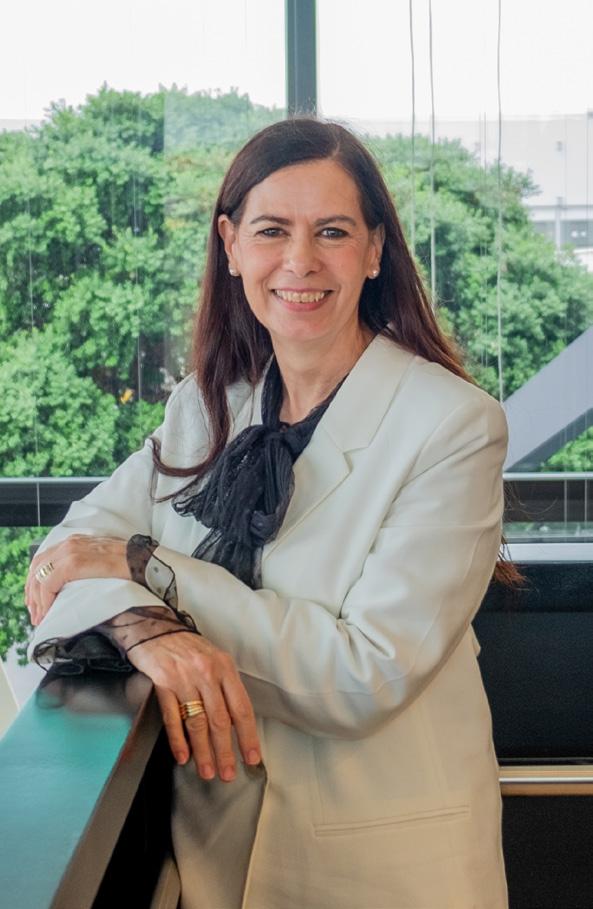
Kia Ora
As we celebrate the 100th edition of CHAT 21, it’s the perfect moment to reflect on the incredible journey we've had, made possible by the unwavering support of our volunteers. Their dedication has been the cornerstone of the NZDSA’s success. This milestone honours both the efforts of our volunteers and the outstanding work of Sarah and Dan in bringing this publication to life. A heartfelt thank you to Sarah, our skilled editor, and Dan, our talented and creative publisher, for their exceptional contributions. Their commitment to delivering informative content, inspiring stories, and the latest news is deeply appreciated and continues to enrich and inspire our community.
We extend 100 heartfelt thank you’s to our volunteers. Your contributions—whether big or small—have made a tremendous impact on our organisation and the community we serve. From organising events to supporting families, you are the heartbeat of the NZDSA, and we are deeply grateful for all that you do.
This milestone also coincides with International Volunteer Day, observed on 5th December, a day dedicated to celebrating the invaluable contributions of volunteers worldwide. The 2024 theme, “Volunteering: Something for Everyone,” reminds us that volunteering is inclusive, offering opportunities for all to make a meaningful difference.
At the NZDSA, volunteering is at the heart of everything we do. Without our volunteers, we couldn’t offer the vital services and support our community relies on. Looking ahead, we are profoundly grateful for those who have shaped our past and will continue to drive our future. There’s always room for more hands, hearts, and voices—every contribution, big or small, makes a difference. Together, we can continue to create an even greater impact in the years to come.
The final quarter of 2024 has been both busy and productive for the NZDSA, filled with important achievements and advocacy efforts. A key highlight was the adoption of our new constitution at the Special General Meeting. We also received confirmation of our re-registration as an incorporated society on 17th October, ensuring that the NZDSA continues to evolve, meets essential governance and compliance requirements, and builds a strong foundation to better serve the community in the years ahead.
We had the privilege of engaging with our community during the Virtual Conference, which was a resounding success, attracting over 500 participants across 23 sessions, each led by national and international experts, spanning over 23 hours of insightful presentations.
At our Annual General Meeting on October 21st, we shared exciting updates, including the launch of several new resources, such as videos in our Employment Series and the “NZDSA
Essence” video, designed to raise awareness about our work.
The Southern Stars Appeal was another crucial initiative, as it not only helped raise awareness but also generated vital financial support for our ongoing projects. A heartfelt thank you to all the generous donors who made this possible.
On a more challenging note, we have been actively engaged in advocacy efforts in response to the changes at Whaikaha, the Ministry for Disabled People, and the shift of disability support services to the Ministry of Social Development (MSD). We are also deeply concerned about the proposed changes to the Education Act, which could negatively impact disabled students. In response, we submitted a formal submission to advocate for the rights and needs of the community we serve.

In November, the STRIVE members met in Wellington for a powerful workshop exploring the United Nations Convention on the Rights of Persons with Disabilities, with a focus on Article 14: “Being Free and Safe.” The group was privileged to reconnect with Paul Gibson, former Disability Commissioner and Commissioner for the Royal Commission of Inquiry into Abuse in Care, who shared his insights and discussed the recommendations for preventing abuse. Paul is now the Chief Executive of VisAble and his leadership continues to inspire the STRIVE group in their role as advocates and educators for disability rights.
The National Achievement Awards ceremony, hosted at Government House in Wellington by our patron Her Excellency, The Right Honourable Dame Cindy Kiro, GNZM, QSO, Governor-General of New Zealand, and His Excellency, Dr Richard Davies, was a memorable celebration of the incredible achievements of remarkable individuals. Please take a moment to read their citations—such inspiring stories! Congratulations to Alfie Linn, Hamish Gilbert, and Luka Willems for their outstanding contributions in sport, advocacy, education, and social media. The Rapid Relief Team (RRT) was recognised with the Val Sturgess National Volunteer Award for their
exceptional support to the NZDSA. Members of STRIVE and STEP-UP were also honoured with certificates of service for their dedication and contributions to the community.
The 2024 Youth Development Camp was a standout event of the year, offering an inspiring and empowering environment for both young people and their whānau. The camp fostered opportunities for personal growth, the formation of new friendships, and the strengthening of community bonds. Participants left with valuable tools and insights to help build a brighter future, making the experience impactful and transformative for all involved.
As we look at 2025, we are excited about the many opportunities to further support our community. Plans for the year are underway, and we will be sharing details of upcoming events through Enews, Facebook, and the NZDSA calendar on our website. If you haven’t yet subscribed, please reach out to Jess at kiaora@nzdsa.org.nz to receive regular updates.
The team at National Office and the NZDSA National Committee hope you enjoyed precious time with loved ones over the holiday season. Here’s to a bright and successful 2025—we look forward to continuing our work together.
Hei konei rā Zandra
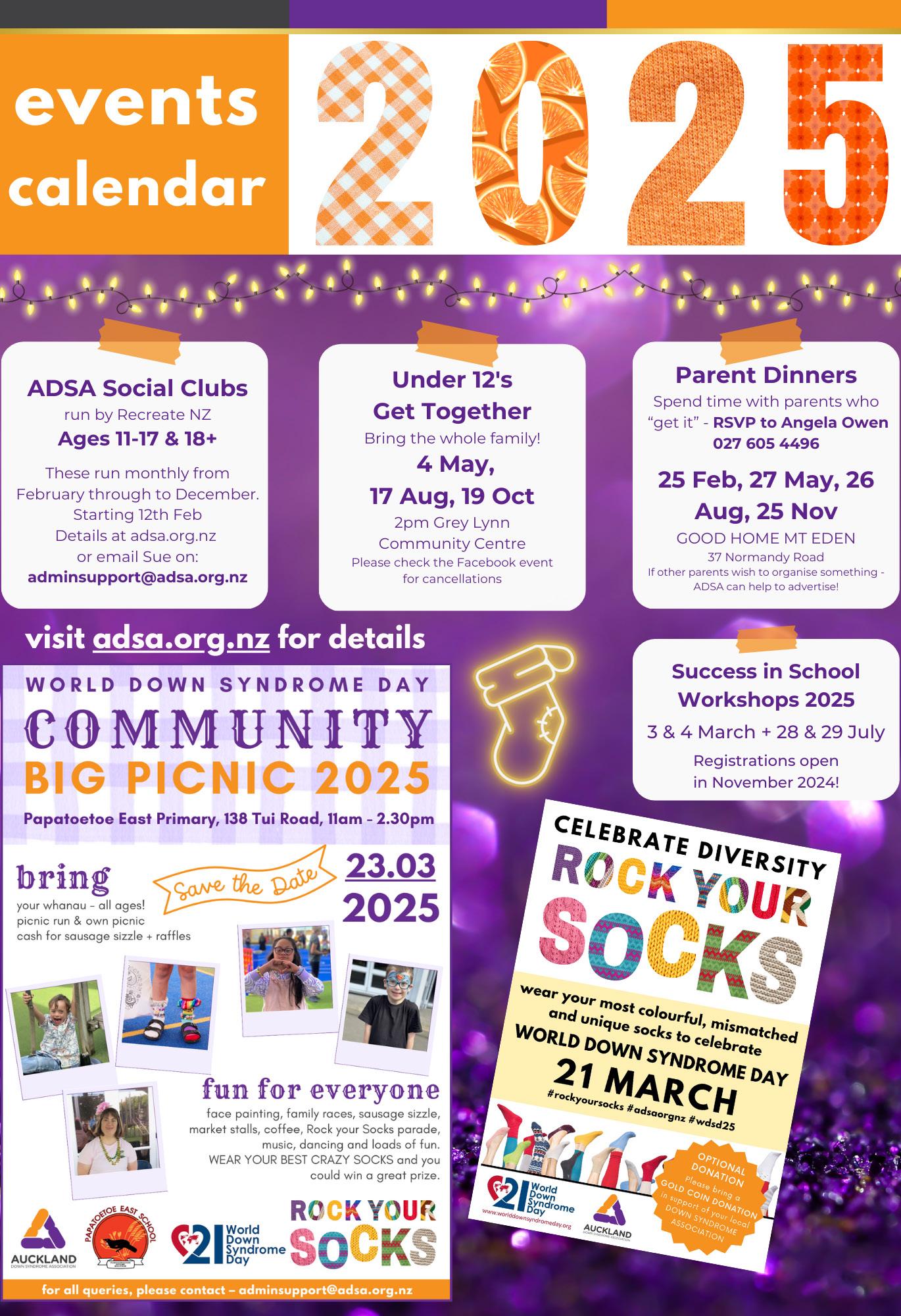

Across
1. Common term for 25 December ((9,3)
6. The __________ Suspects, 1995 film (5)
9. Animated film with an opening sequence guaranteed to make you cry (2)
11. An action being done by a battery or electric car for example (10)
13. Do, re, ___ - European musical notation and title of a classic song from The Sound of Music (2)
14. Continent that is home to Down Syndrome Federation of India, The Hong Kong Down Syndrome Association, and many others. (4)
16. A popular café drink that combines coffee and chocolate (5)
19. Another word for a vaccination that can prevent dangerous illnesses. For example, COVID-19, measles, mumps, polio, or meningitis. (12)
21. Lazy (4)
23. Poem by Hone Tuwhare, also a type of weather. (4)
24. Casual conversations, plural of the first word of this magazine (5)
25. Russian dog who went to space (5)
26. Nothing about ____ without ___ (2)
27. _____ Sheeran, contemporary musician (2)
29. _______ 21, another name for or a form of Down syndrome (7)
31. New Zealand’s system of electing Members of Parliament, introduced in 1996 (3)
33. Acronym found on invitations (4)
35. The number of diagnoses someone with a dual diagnosis would have (3)
36. Ice ____, term for a floating pack of ice at least 20m across (4)
39. ____ the Heights, musical by Lin Manuel Miranda (2)
41. First name of both the Editor of CHAT 21 and _____ Gordy, UK actress with Down syndrome. (5)
43. Location of the 2024 World Down Syndrome Congress (8)
45. A World of ____ Own, 1965 hit single by The Seekers (3)
46. Pokemon ____, online game (2)
47. Adjective for something that operates across an entire country, e.g. NZDSA (10)
49. Language spoken predominantly in Southern India, Sri Lanka (5)
50. ____ Were Dangerous, 2024 NZ film (2)
52. ______ plate is a Petri dish used to culture microorganisms (2, 4)
53. Te Reo Māori for ‘sit down’ (1,4)
54. State of matter that is not liquid or gas, e.g. ice (5)

Down
1. People with Down syndrome have a third copy of the 21st ____________ (10)
2. Suffix added to the end of a word to indicate ‘to some extent’ (3)
3. Ancient form of hymn traditionally sung alongside a Nunc Dimitis (10)
4. Popular pet animal with breeds such as Labrador, Poodle, and Dalmatian (3)
5. Expression made when something tastes great (3)
7. Iconic student pub in Dunedin that closed in 2021, located on Frederick Street (7,3)
8. _____________ ___________ Coordinator, person employed by the Ministry of Education to work with a cluster of schools to deliver services for children with additional needs (8, 7)
10. 3.1415….
12. _____ de plume – another term for a pseudonym (3)
15. Informal name for an institute of higher education (3)
17. Skill usually acquired between rolling over and walking (5)
18. Term for discrimination against disabled people (7)
20. Annual income, alternative to wages (7)
22. _____ Strauss, founder of global denim company (4)
24. Task (5)
28. John Langdon _____, 19th century doctor who gave his name to a famous chromosomal condition (4)
30. informal term for umpire or adjudicator (3)
32. The Teacup ______, nickname for an English serial killer in the 1960s (8)
34. An institution where every New Zealand citizen has the right to a free education from the ages of 5-19 (6)
35. Māori term for customary behaviours or practices (7)
37. Māori word for beach or English word for tahi (3)
40. Process of removing moisture from a material (6)
41. Dr Brian ______, Down syndrome researcher in the USA (6)
42. Something a poem may have but doesn’t have to (6)
44. Form of Japanese comic art (5)
48. Period of Japanese history in the 17th-19th centuries (3)
50. Nintendo ___, game console (2)
51. ___ Harris, actor in The Hours, The Truman Show (2)
NZDSA Committee
Gwen Matchitt
President 0800 693 724 president@nzdsa.org.nz
Zone 3 Representative Whanganui, Manawatū, Gisborne & Hawke’s Bay 0800 693 724
Shelley Waters Treasurer treasurer@nzdsa.org.nz
NZDSA Staff
Zandra Vaccarino National Executive Officer 0800 693 724 neo@nzdsa.org.nz
Jess Waters Social Media & Information Officer kiaora@nzdsa.org.nz
Regional Liaison Officers
Corrie Paice
Taranaki Community LO 0800 693 724 taranakidownsyndrome @gmail.com
Bev Smith Zone 1 Representative Northland 0800 693 724 northland@nzdsa.org.nz
Deborah Jones Zone 4 Representative Wellington & Wairarapa 0800 693 724 zone4@nzdsa.org.nz
Averill Glew Self-Advocacy Portfolio averill@nzdsa.org.nz
Maia Faulkner Zone 1 Representative Auckland 0800 693 724 auckland@nzdsa.org.nz
Angelique van der Velden Vice President Zone 5 Representative Ashburton & all areas above 0800 693 724 zone5@nzdsa.org.nz
Gwen Matchitt President Zone 2 Representative Waikato, BOP & Taranaki 0800 693 724 zone2@nzdsa.org.nz
Averill Glew Zone 6 Representative All areas below Ashburton 0800 693 724 zone6@nzdsa.org.nz
Linda te Kaat National Administrator 0800 693 724 na@nzdsa.org.nz
Siobhan Vaccarino Administration Support Officer hello@nzdsa.org.nz
Sarah Paterson-Hamlin CHAT21 Editor editor@nzdsa.org.nz
Daniel te Kaat Graphic Designer 021 22 333 93 danielyouarehere.co.nz
Kathryn Sadgrove Northland Coordinator 0800 693 724 ksadgrove@xtra.co.nz
Membership is now done online. For all details please go to www.nzdsa.org.nz or for any queries please ring 0800 693 724. If you have not received an email to update your membership online please call the number above.
The NZDSA receives no Government funding and relies solely on donations and grant applications to keep us running. If you can make a donation big or small, please go to www.nzdsa.org.nz or ring 0800 693 724.
Paula Beguely Auckland Community Liaison Officer 0800 693 724 clo@adsa.org.nz
Pauline Marshall Canterbury Community Liaison Officer 0800 693 724 cdsainc@gmail.com
The NZDSA has a Facebook page that serves as a community forum and notice board for relevant issues, events and stories. facebook.com/NZDSA
Follow us on Instagram to see what our communities are up to @the_NZDSA
Check out the NZDSA’s website at nzdsa.org.nz
Yes, now is the time to start thinking about whether you would be interested in loaning the NZDSA Numicon kits for 2025.
Numicon is a multi-sensory, structured maths programme. If you would like to know more about Numicon the website is http://www.numicon.co.nz/
• The NZDSA has 16 kits to loan to NZDSA members.
• These kits can be used at home or school.
• The loan period is from February/March to the end of November.
• The NZDSA does require you to pay a refundable bond of $60.00.
• The NZDSA will reimburse you the $60.00 bond if the kits are returned clean and complete.
• The only cost to you is the courier and handling fee which is $40.00 and the cost of returning the kit to the NZDSA.
If you would like to loan a kit please email Linda te Kaat by Wednesday, 26th March 2025. Email: Linda te Kaat - na@nzdsa.org.nz
The NZDSA is calling for expressions of interest from NZDSA members over the age of 18 with Down syndrome who would like to attend the November 2025 Youth Development Camp . Please email Linda na@nzdsa.org.nz by the 29th February to register your interest.
We are looking for adults with Down syndrome to tell their life stories! We will either publish these stories in a book or include them in CHAT21 or on the NZDSA’s website. We will be looking at different aspects of life stories, for example education, work, friends, love, leisure time, spirituality, inclusion, and dreams for the future. If you are interested in being part of this project, please contact Zandra at neo@ nzdsa.org.nz and we will send you a list of questions that you could have a look at. We will organise a Zoom meeting where you can tell us your life story. You are welcome to bring a support buddy or whānau member to this Zoom session.
Hope to hear from you soon!
The Rose Awards provide the opportunity to thank individuals or organisations who either support individuals with Down syndrome or the Down syndrome community. Please email me on neo@ nzdsa.org.nz any nominations for an individual, family, or organisation explaining what they have done to “promote the participation of people with Down syndrome in their community”. We will acknowledge the person in CHAT21 and will post them a letter outlining why they were selected and include a box of Rose’s chocolates.
We’d love it if you could take a moment to log in to your NZDSA account and update your personal information. If you've forgotten your password, no worries! Just click "Forgotten your password?" to reset it and get back on track.
Thanks so much for helping us keep everything up to date!
Thanks to the following funders and sponsors who have made donations to the NZDSA this financial year:
• Rehabilitation Welfare League
• IHC Foundation
• COGS Kahungunu Ki Heretaunga
• Frozen Funds Charitable Trust
• Lottery Grants Board
• COGS: Rodney/North Shore
• COGS: Hamilton
• COGS: Auckland City
• COGS: Coastal Otago
• COGS: Manukau
• COGS Southland
• COGS Manawatū/Horowhenua
• COGS Whangārei
• Grassroots Trust Central Ltd
• Holdsworth Charitable Trust
• Eastern & Central Community Trust
• Te Whatu Ora — Health NZ
• Ministry of Social Development
• Joyce Fisher Charitable Trust
• Pub Charity
• T G Macarthy Trust
• Lion Foundation
• Southern Stars
• Lindsay Foundation
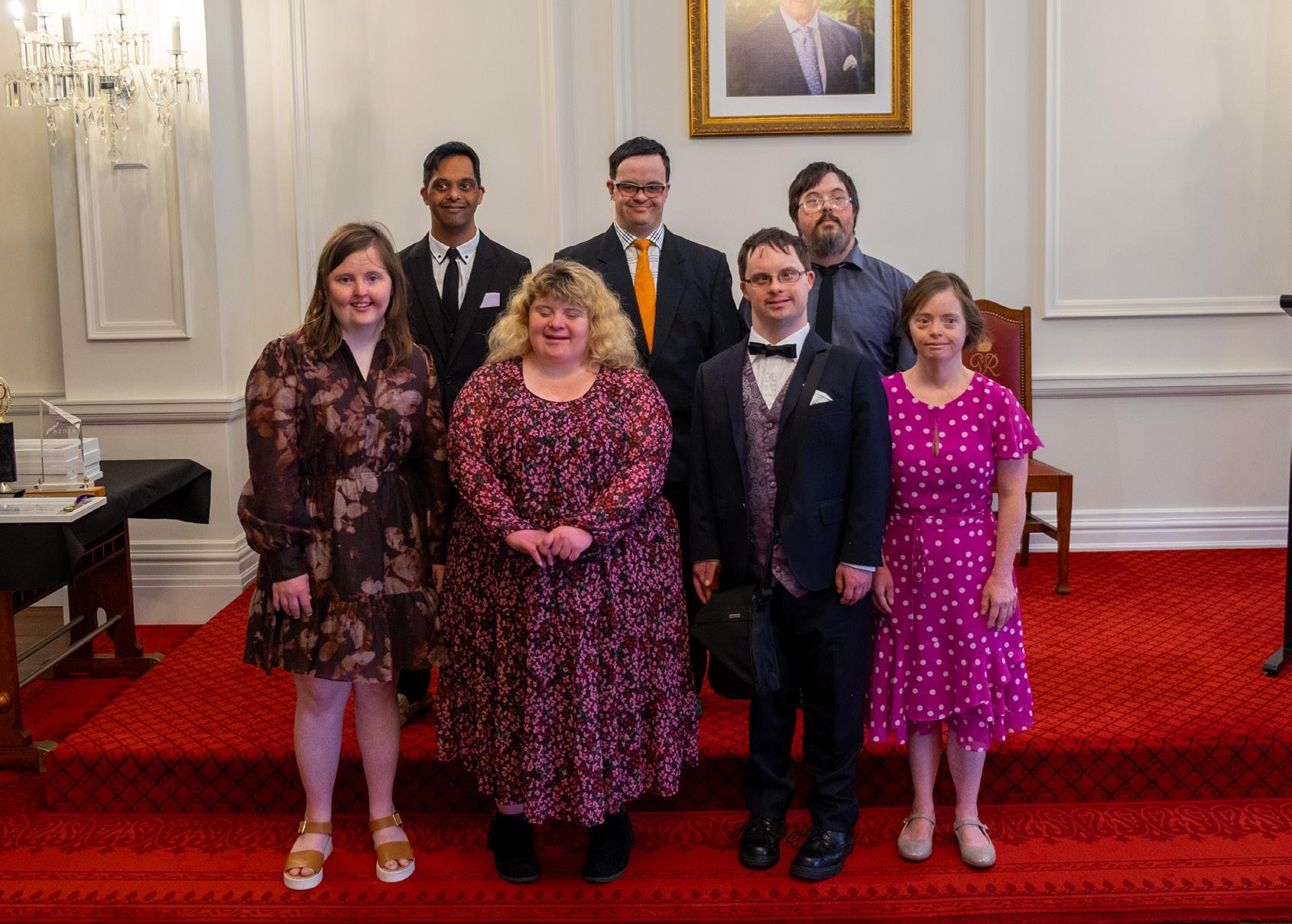
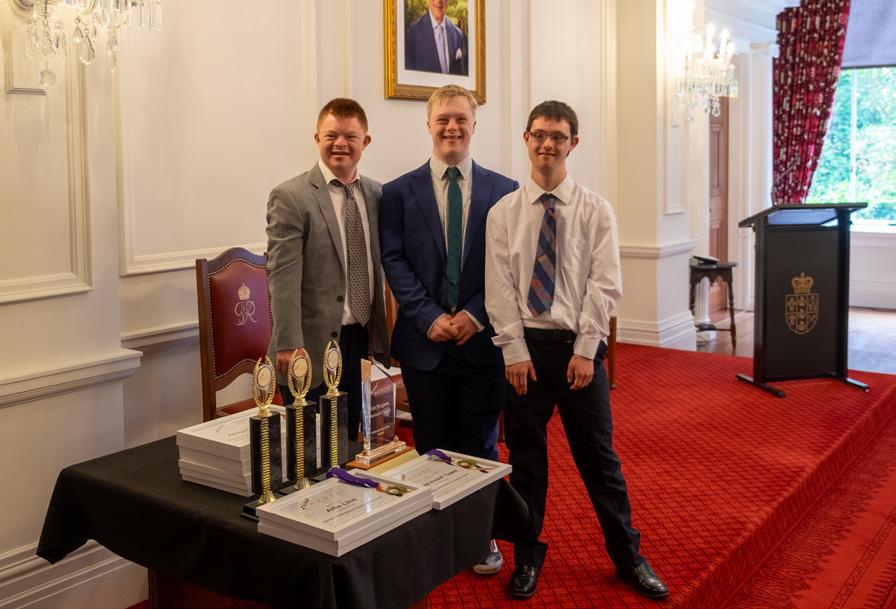
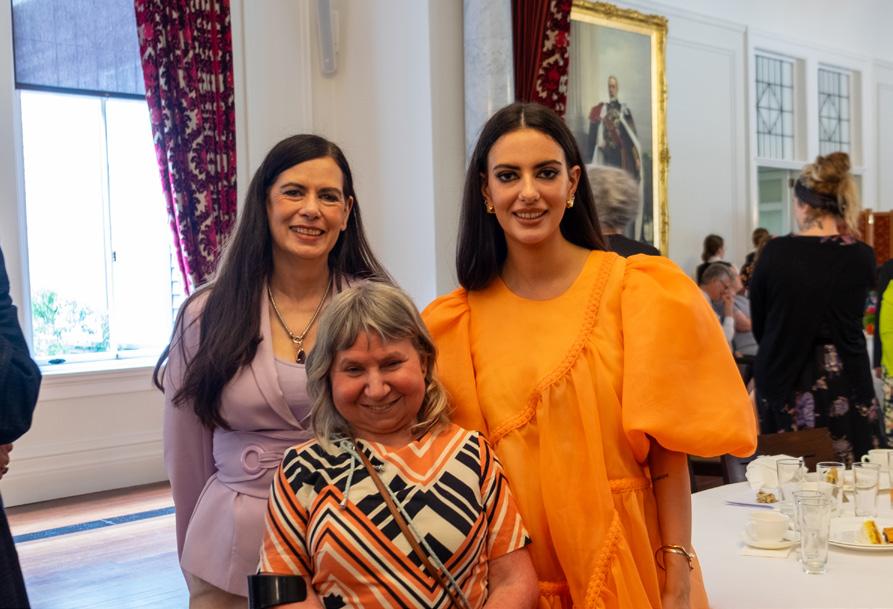
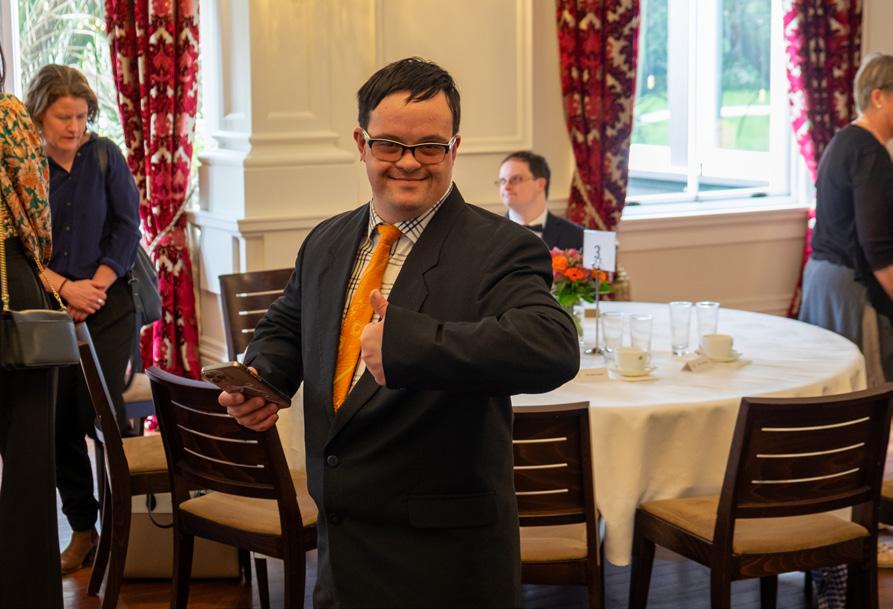
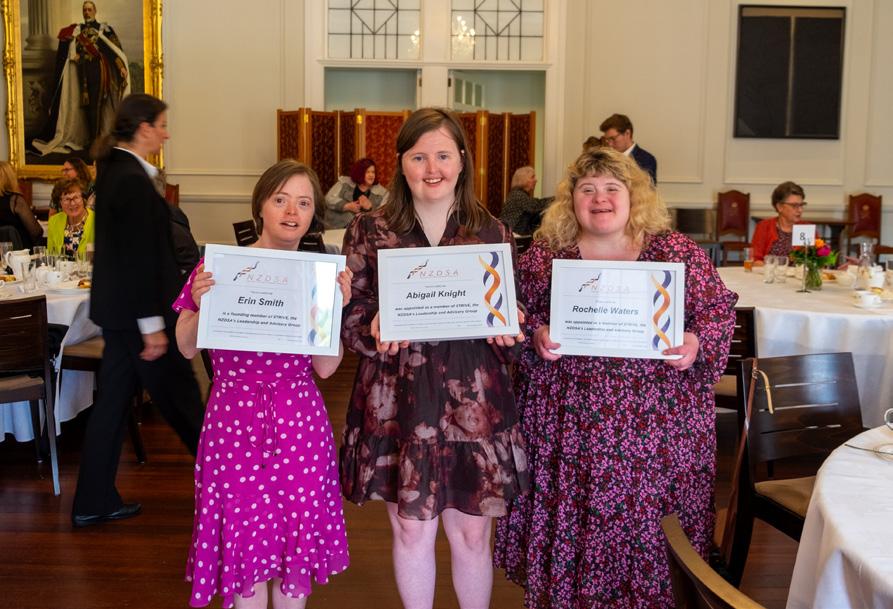

OUR PEOPLE; HIGHLIGHTS FROM THE 2024 NZDSA NATIONAL ACHIEVEMENT AWARDS
